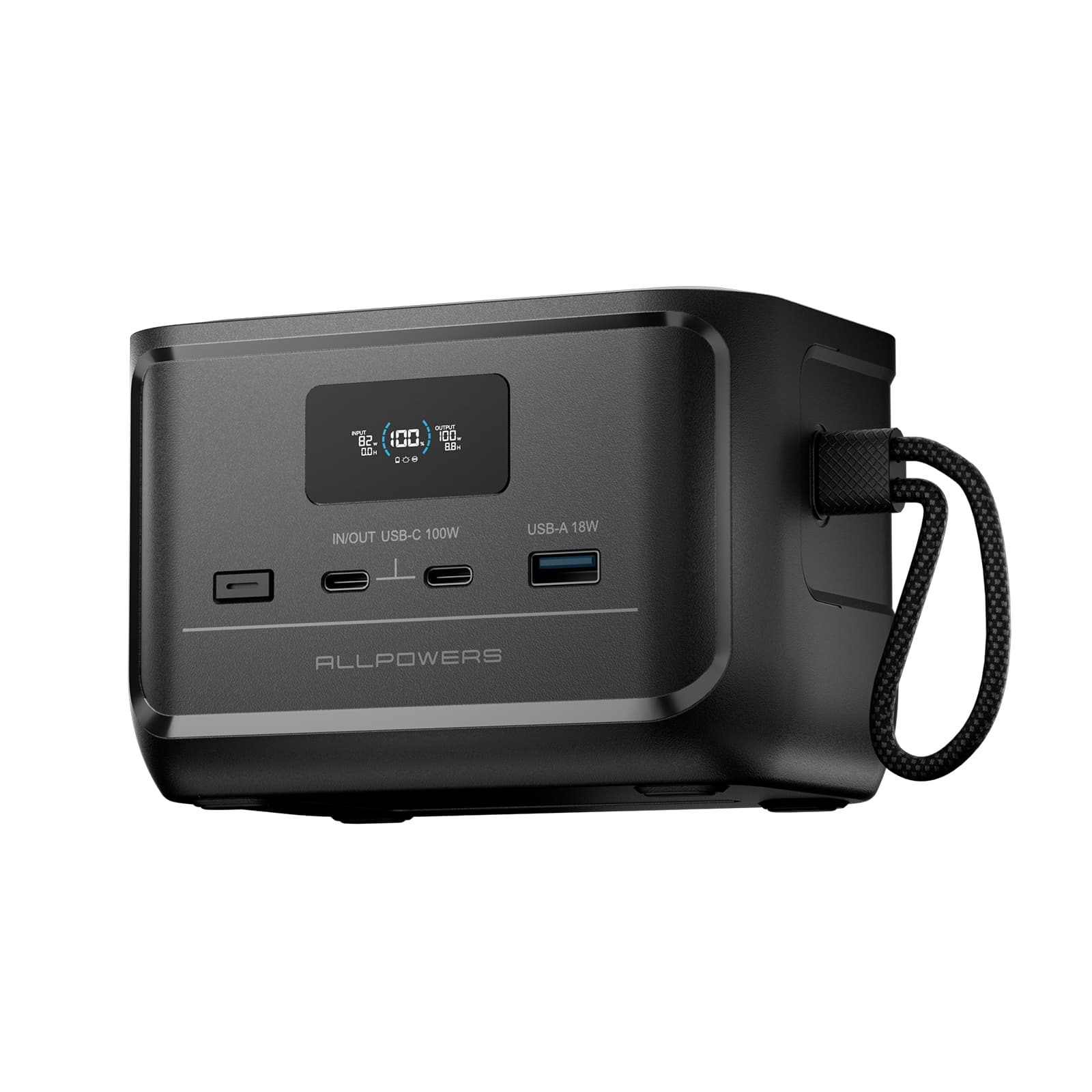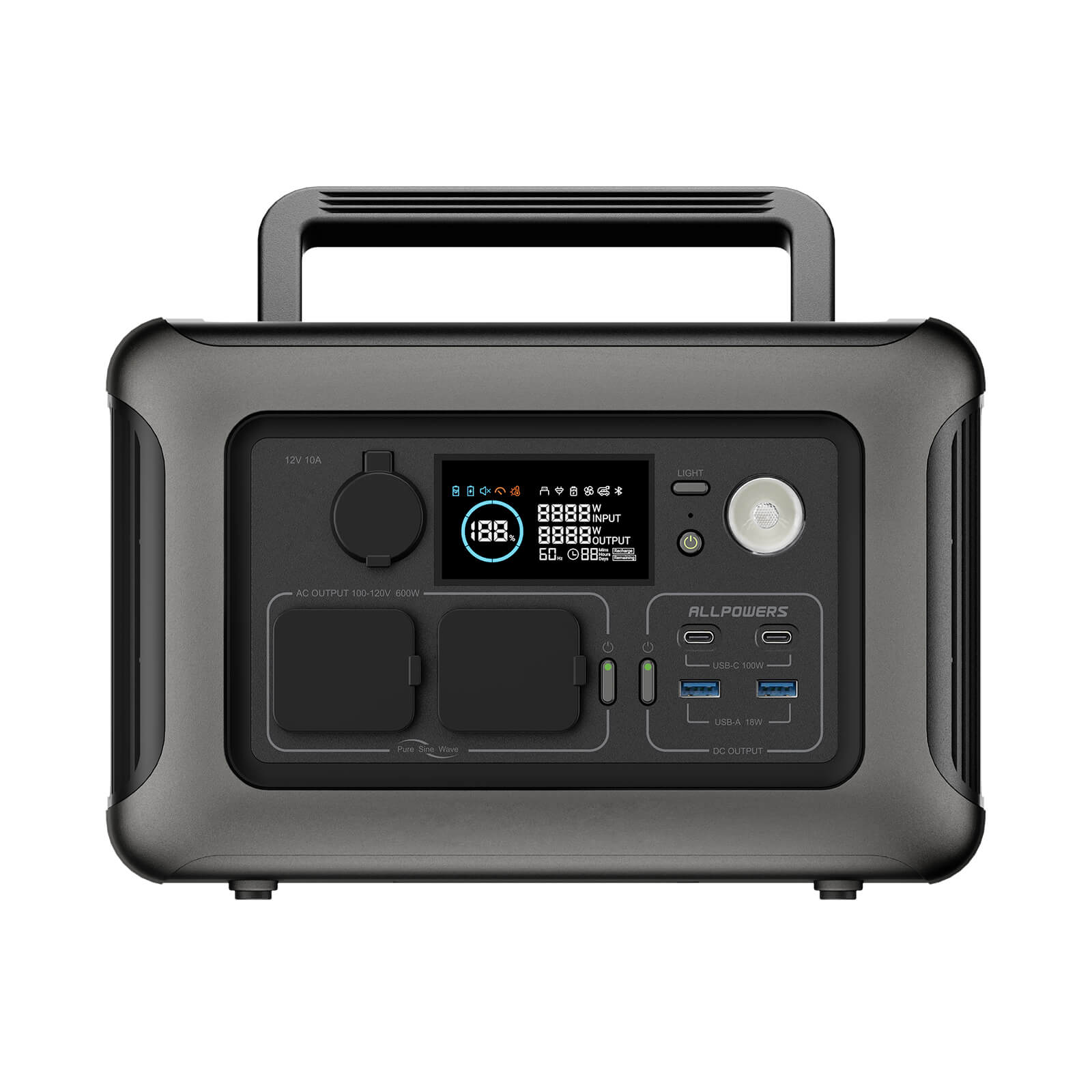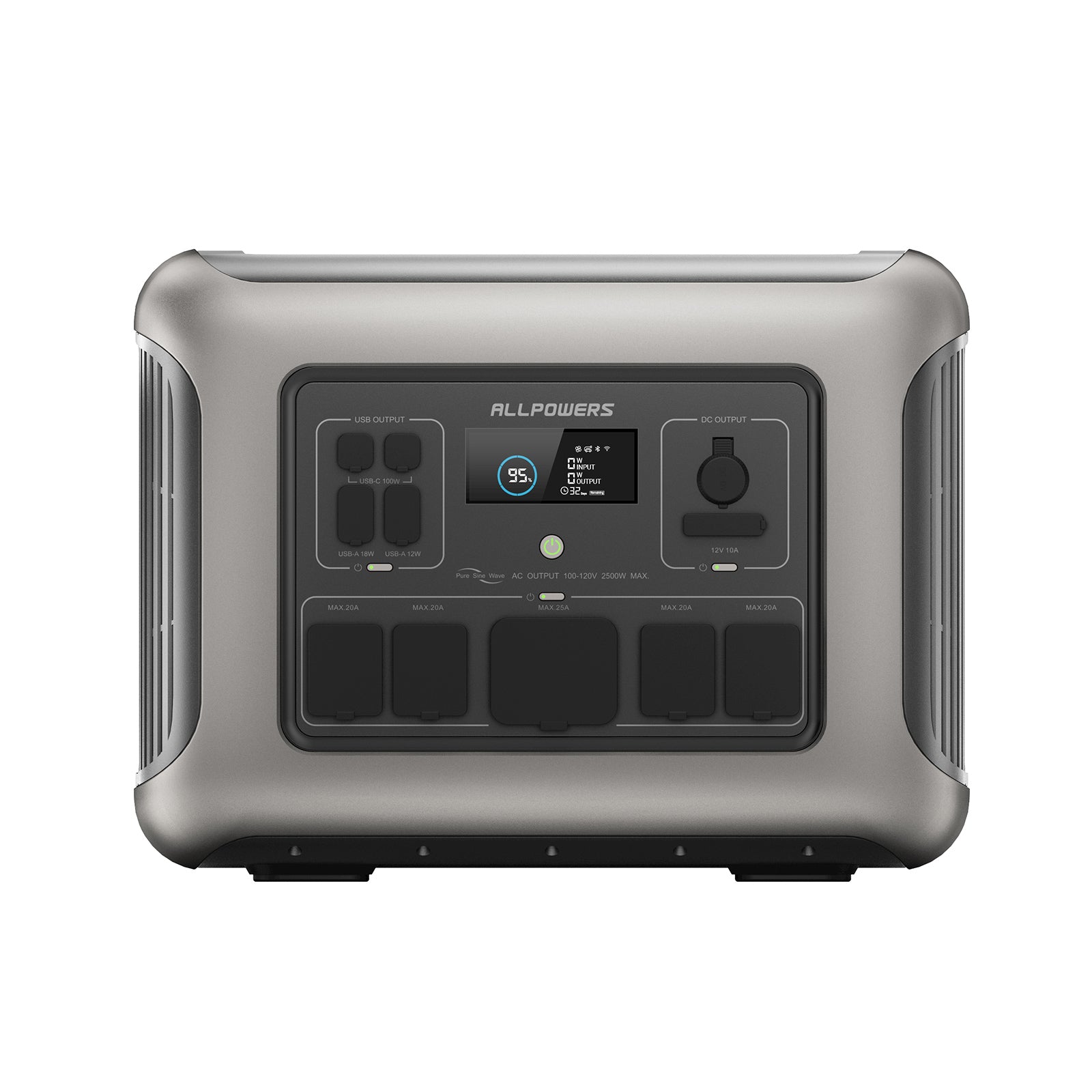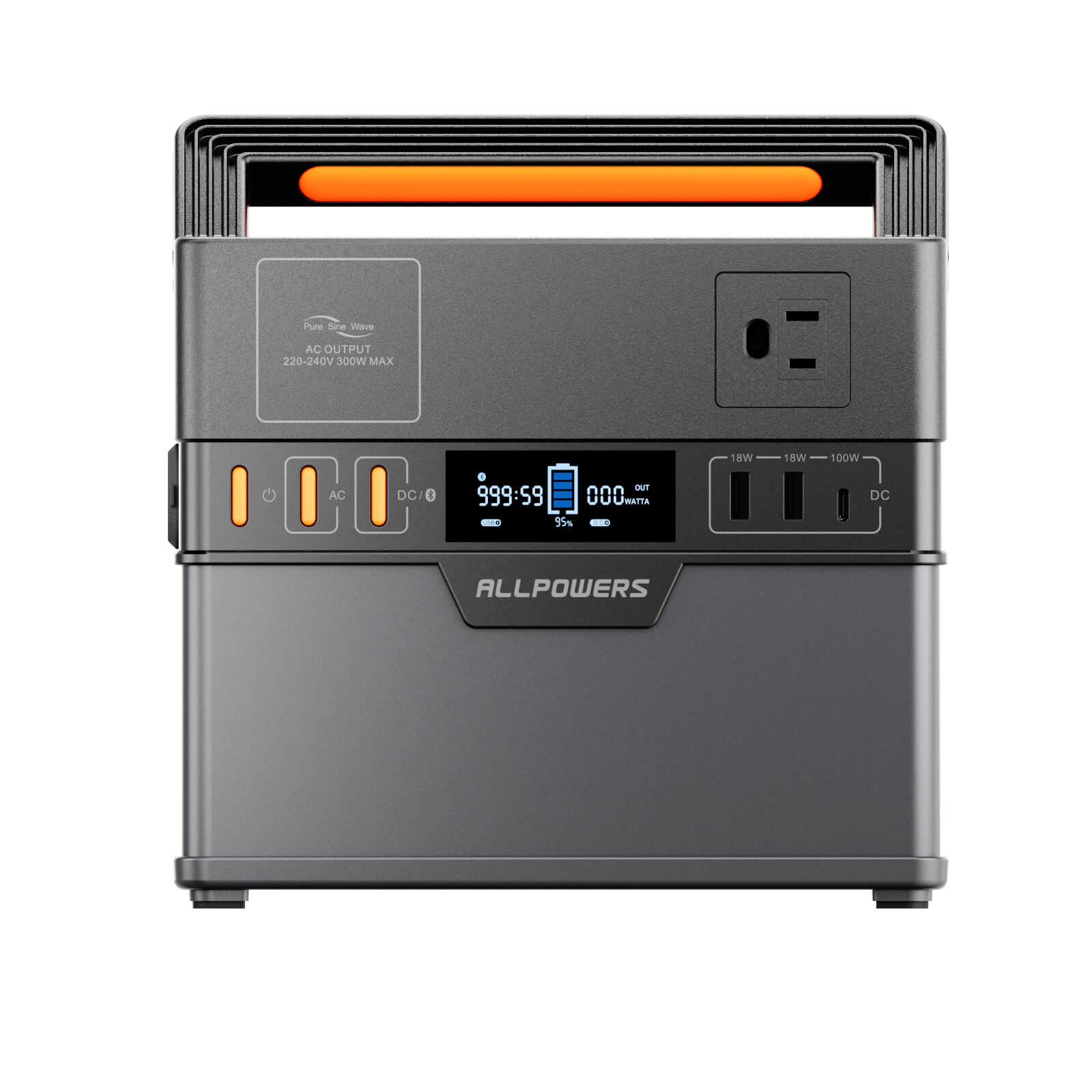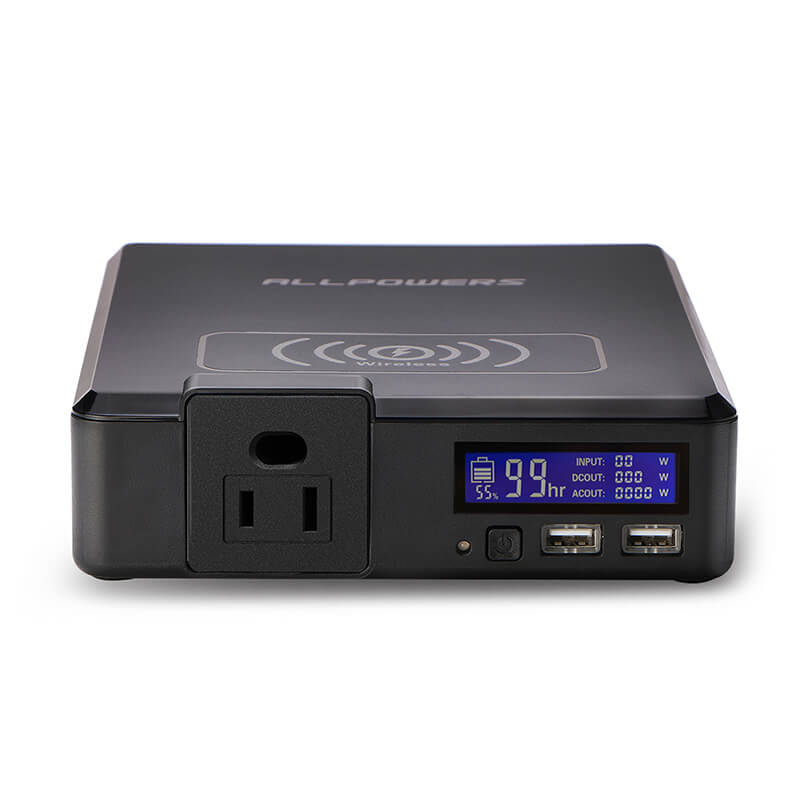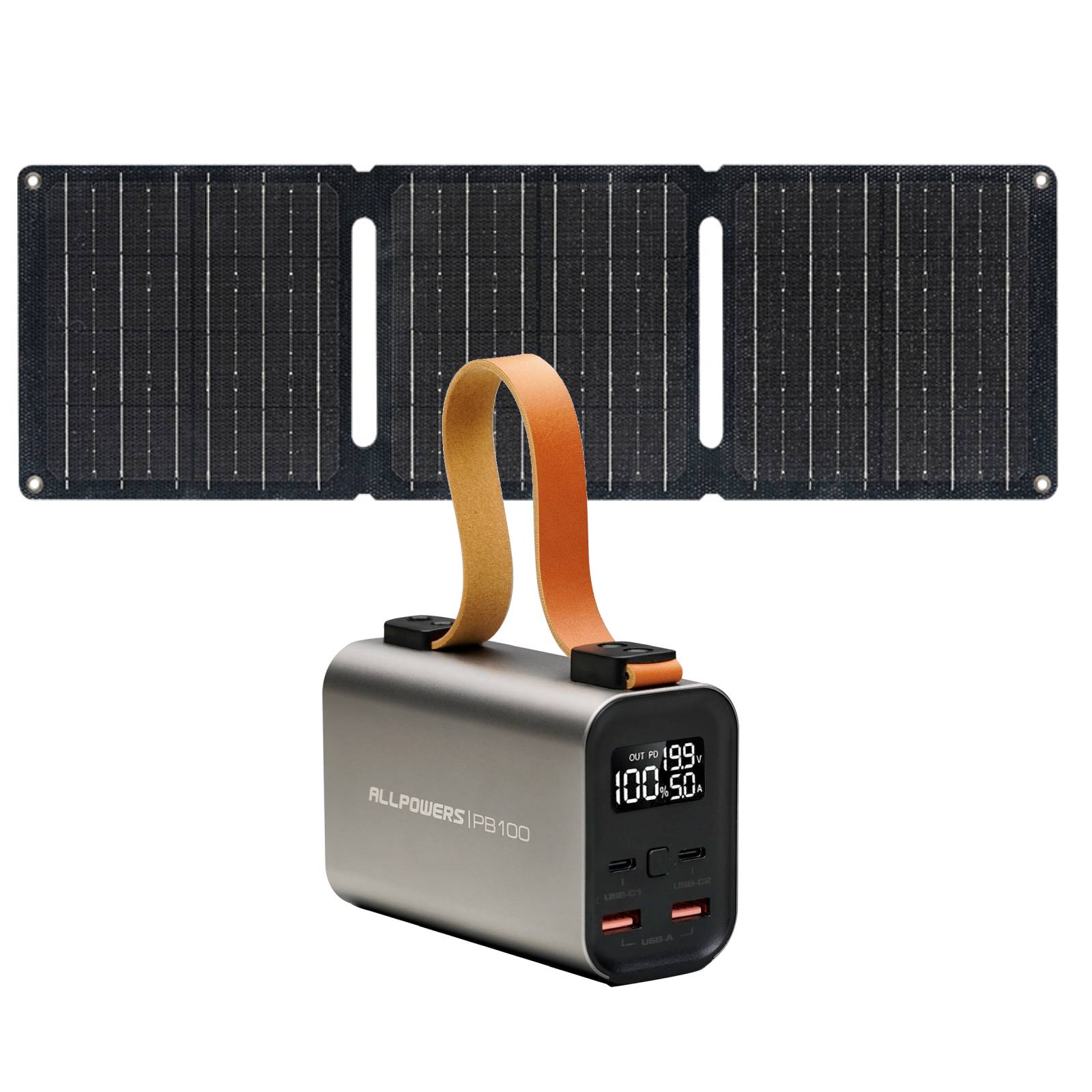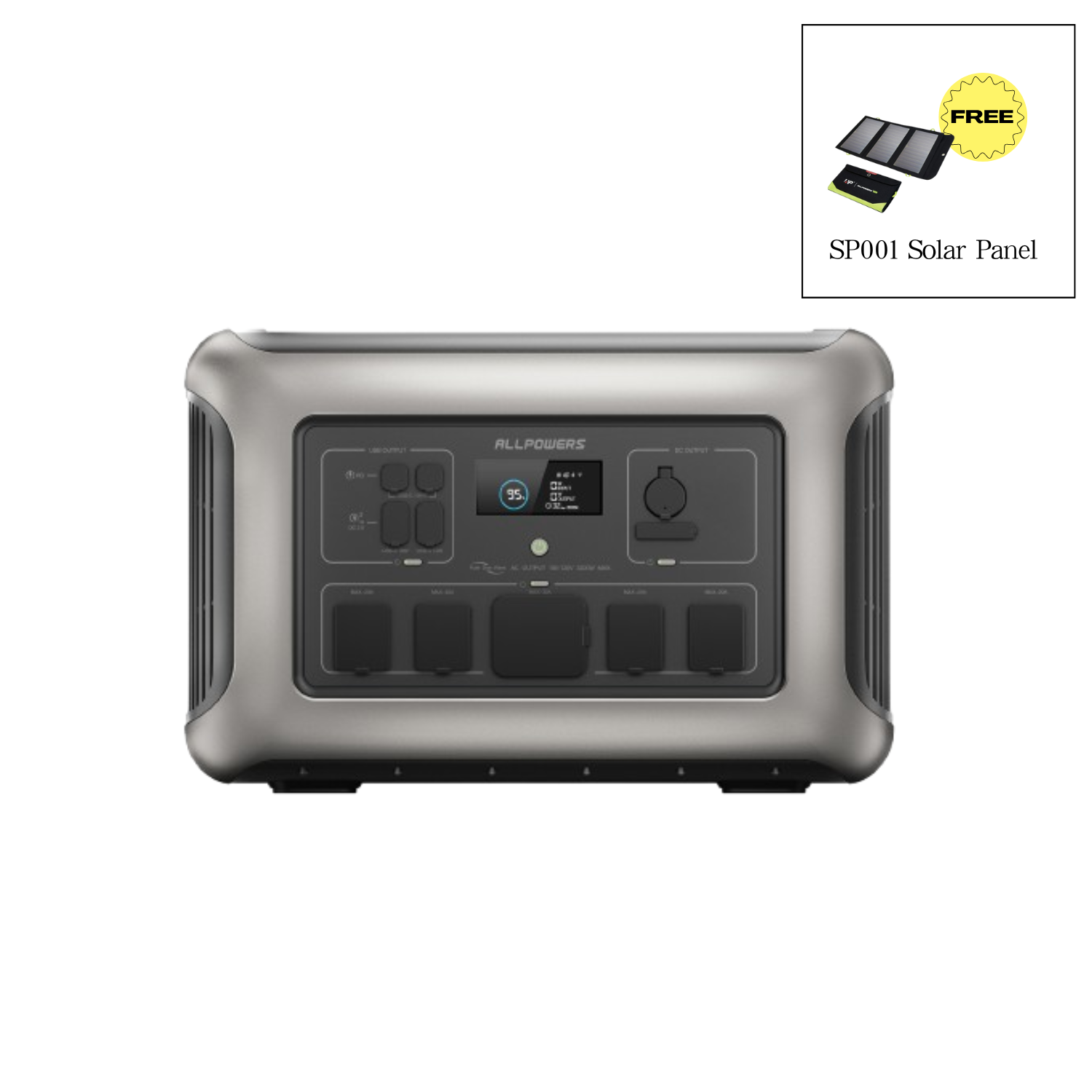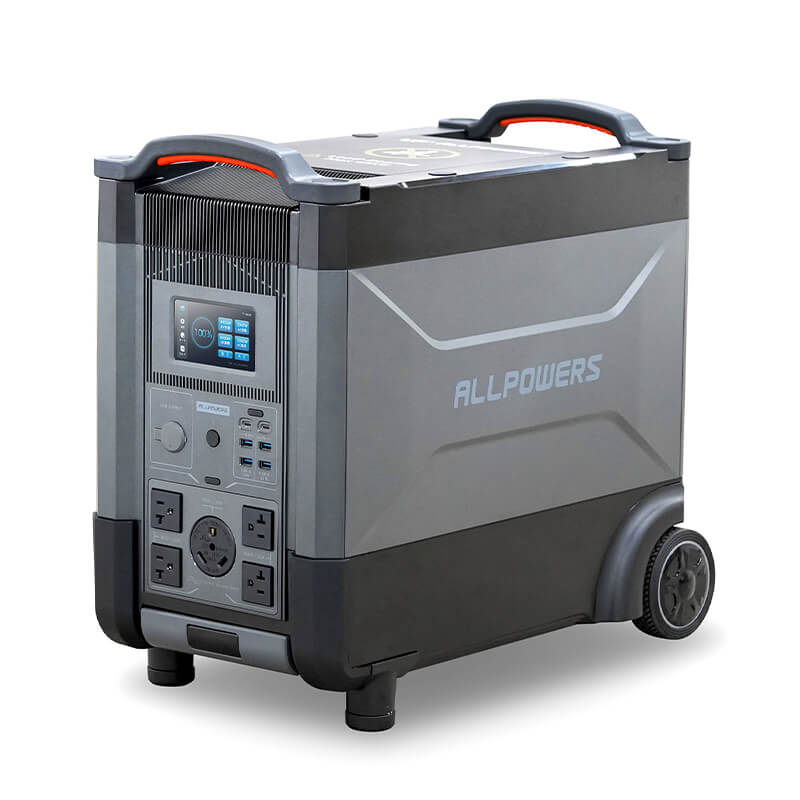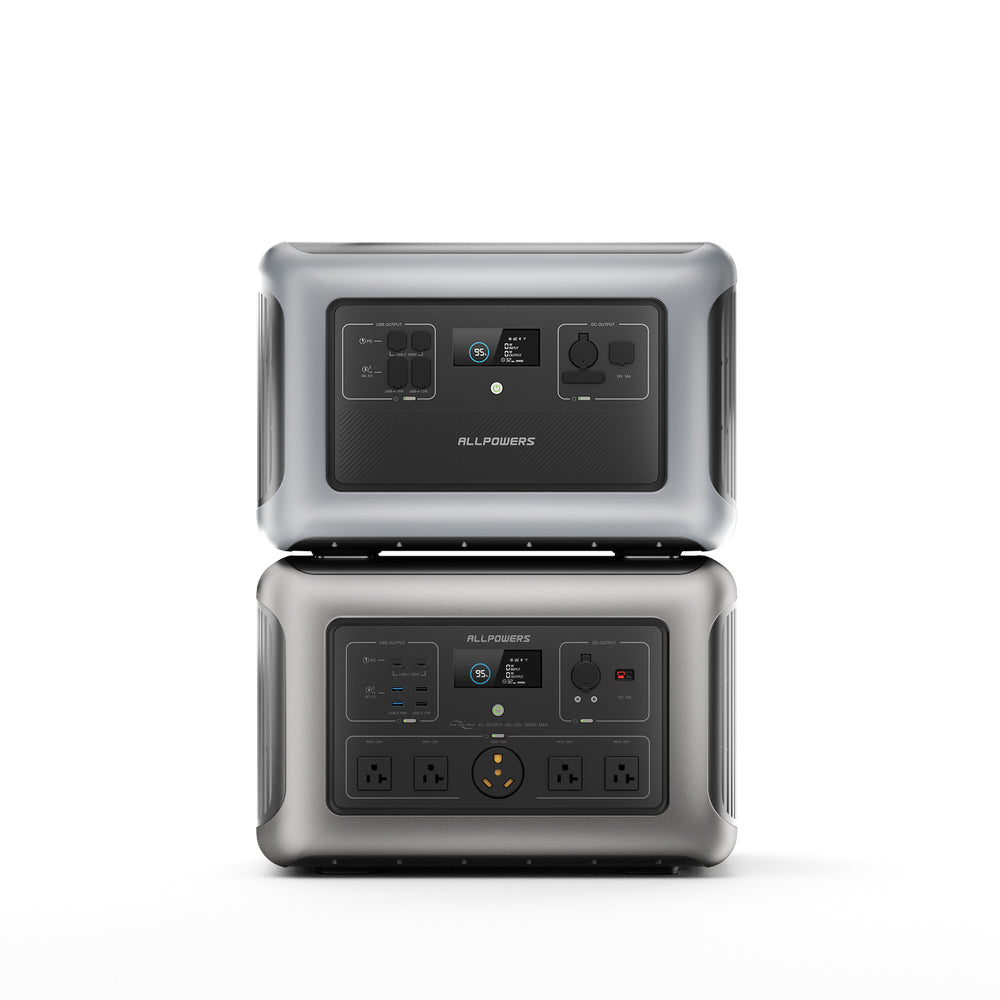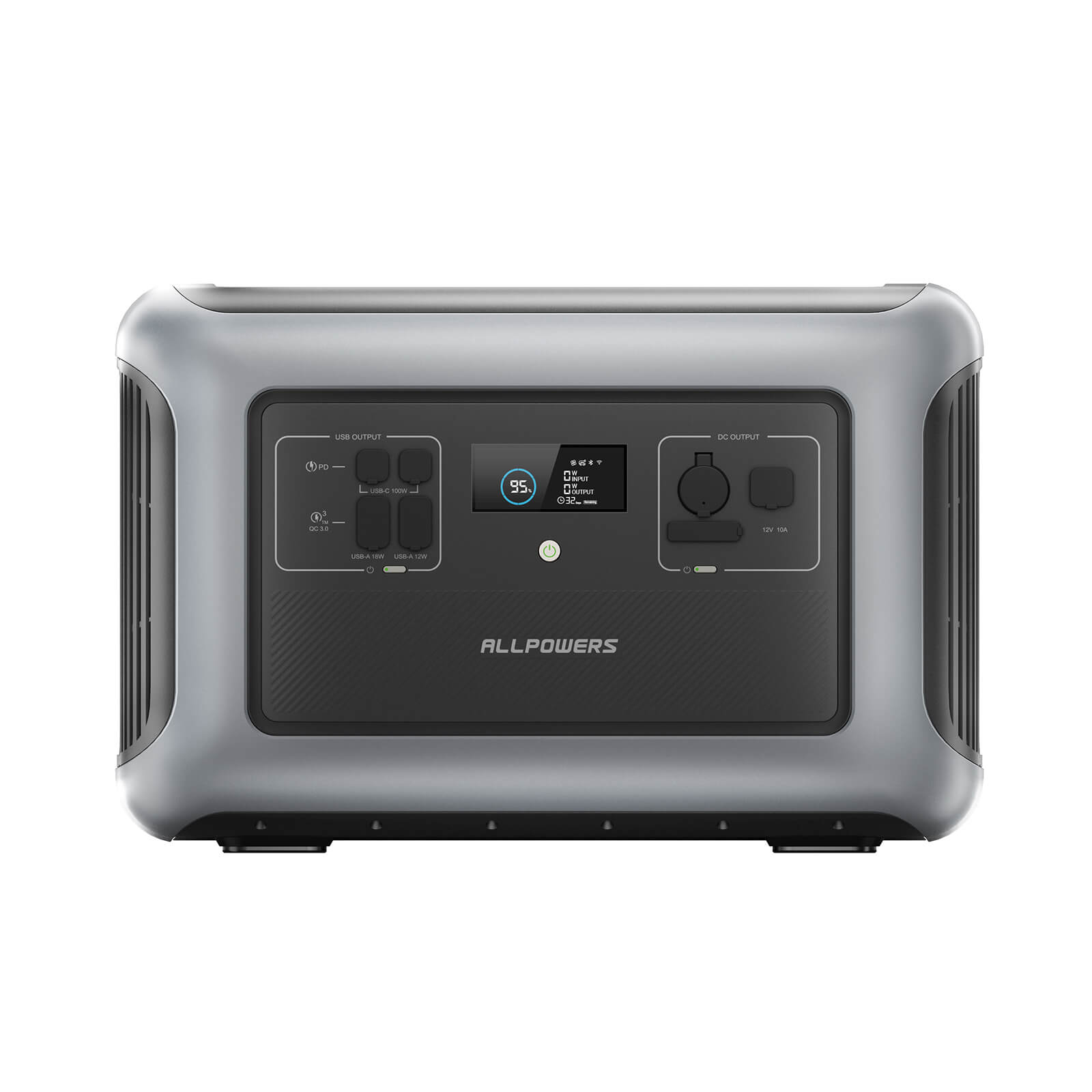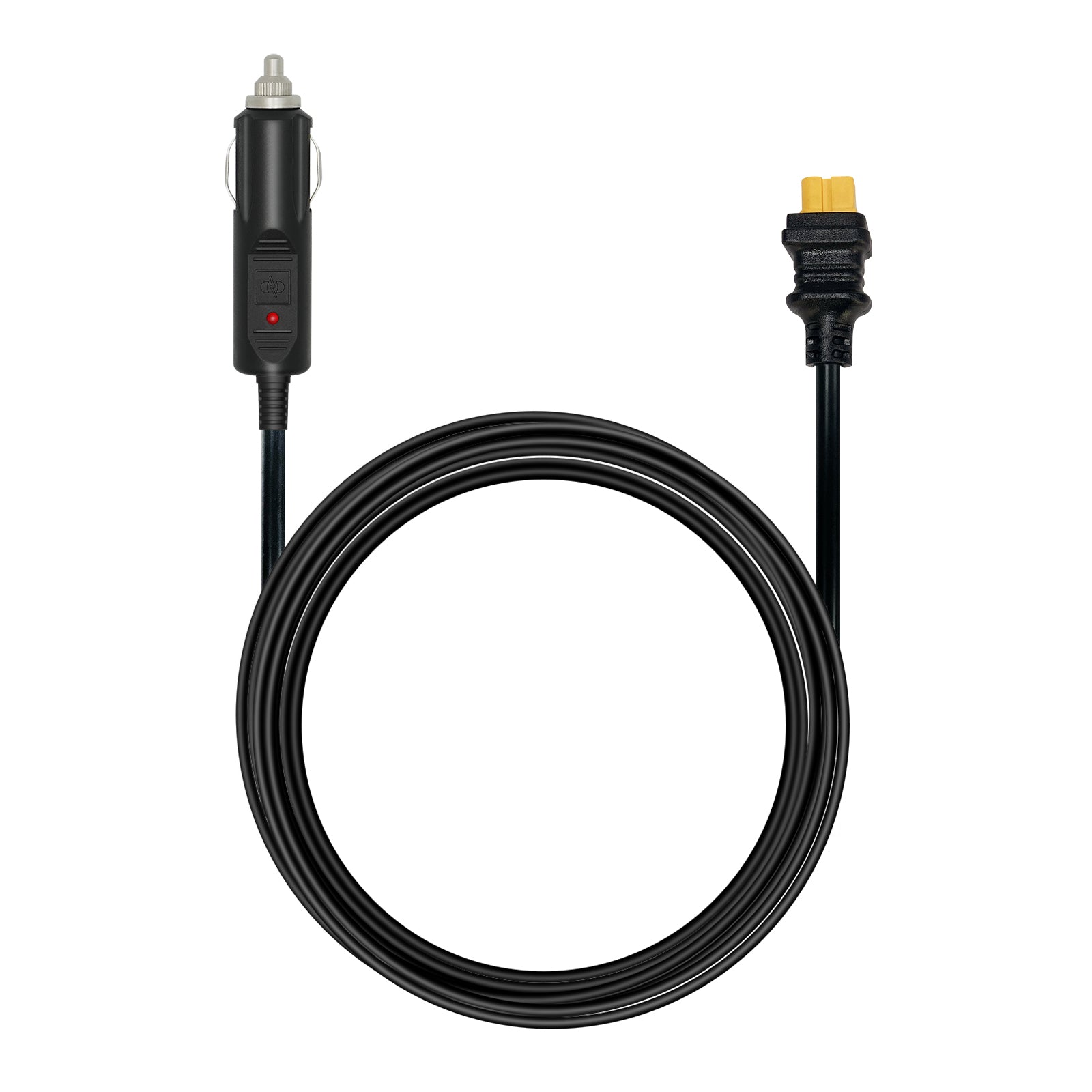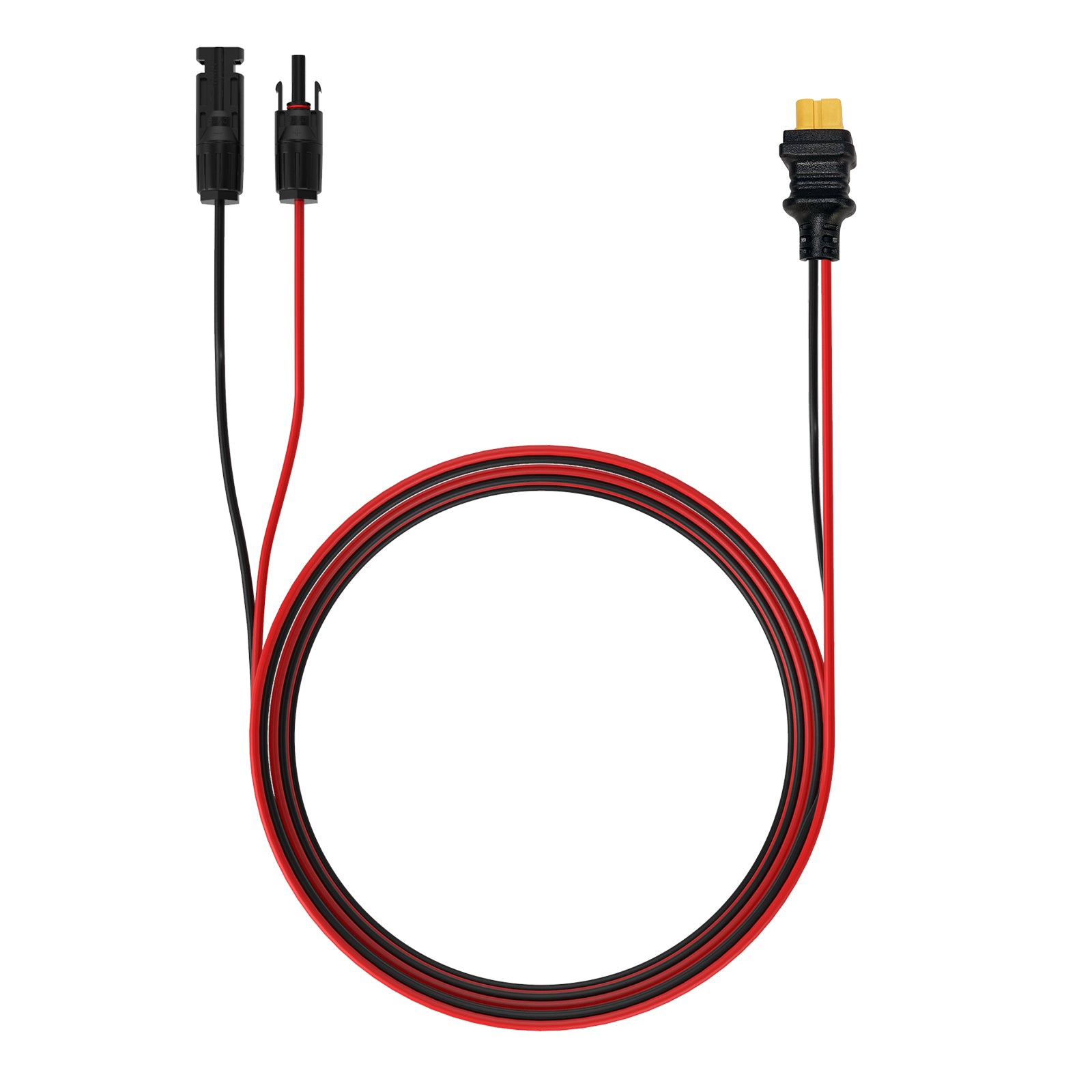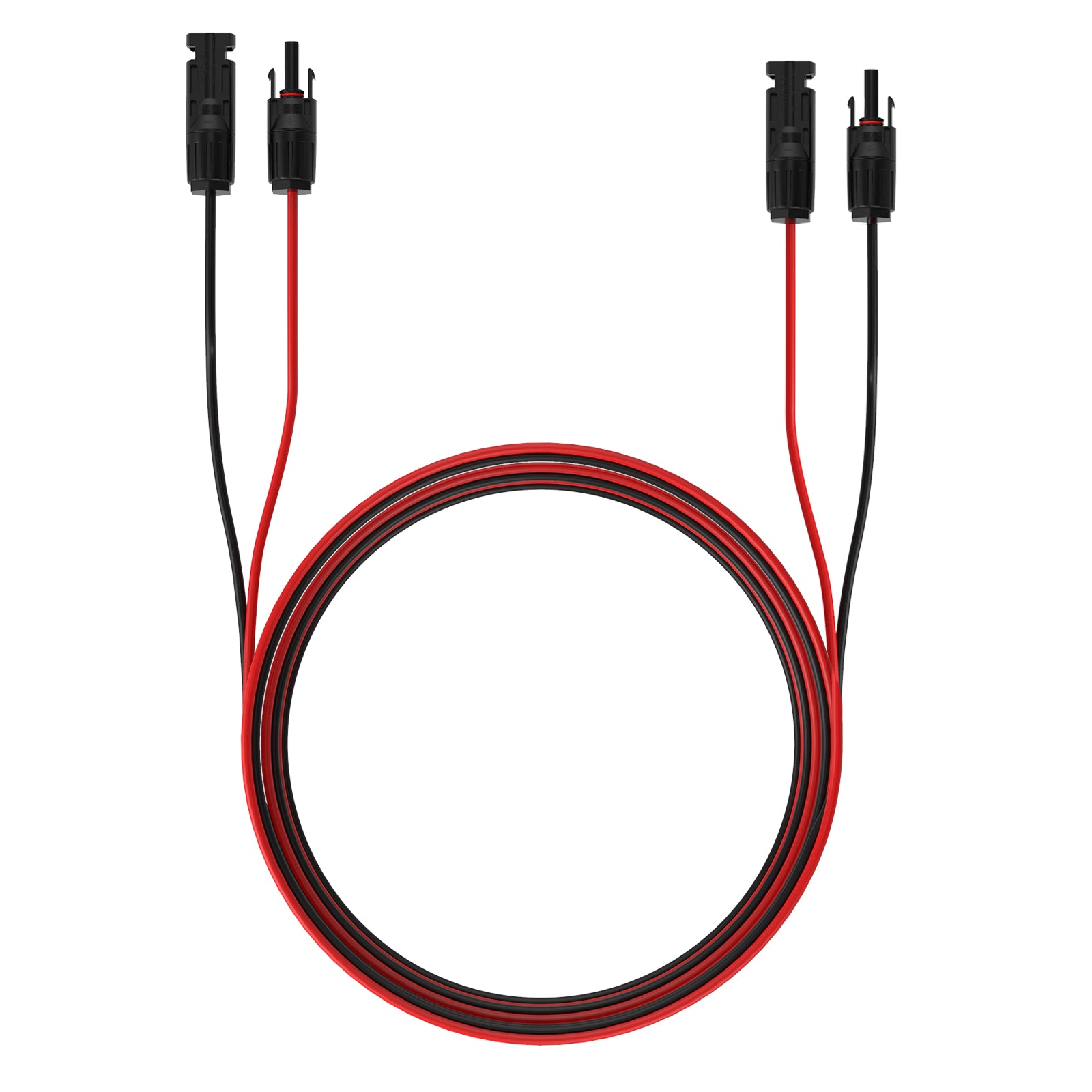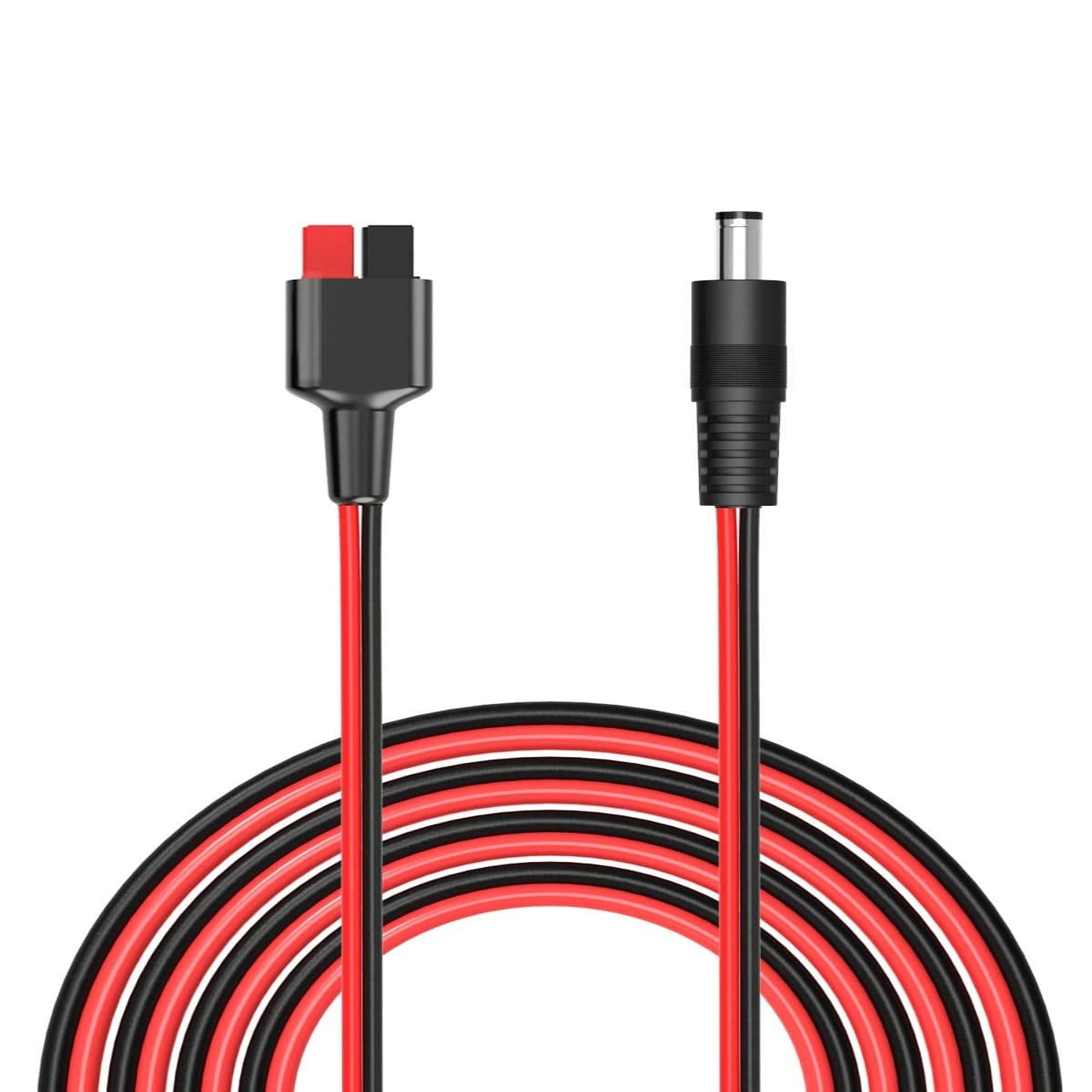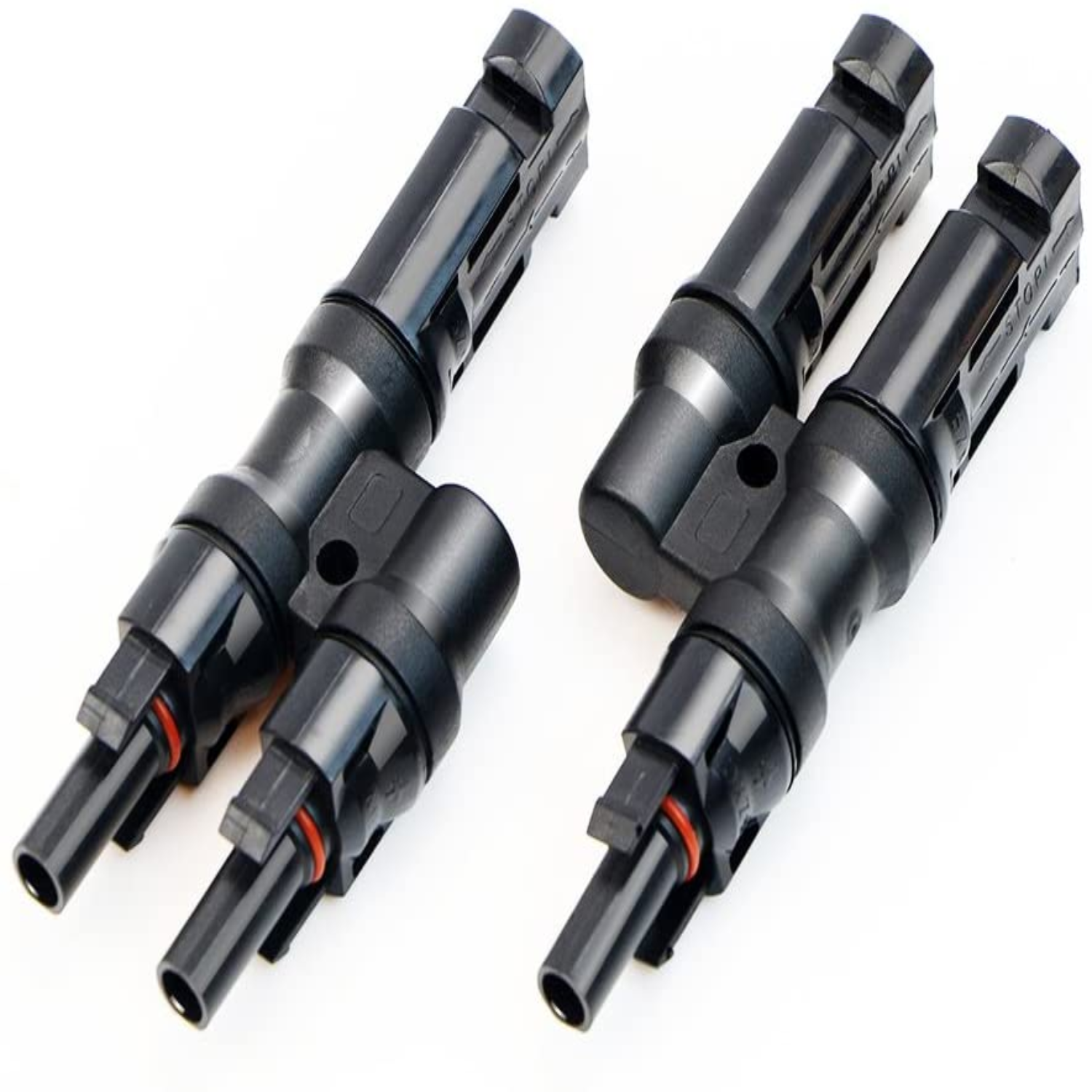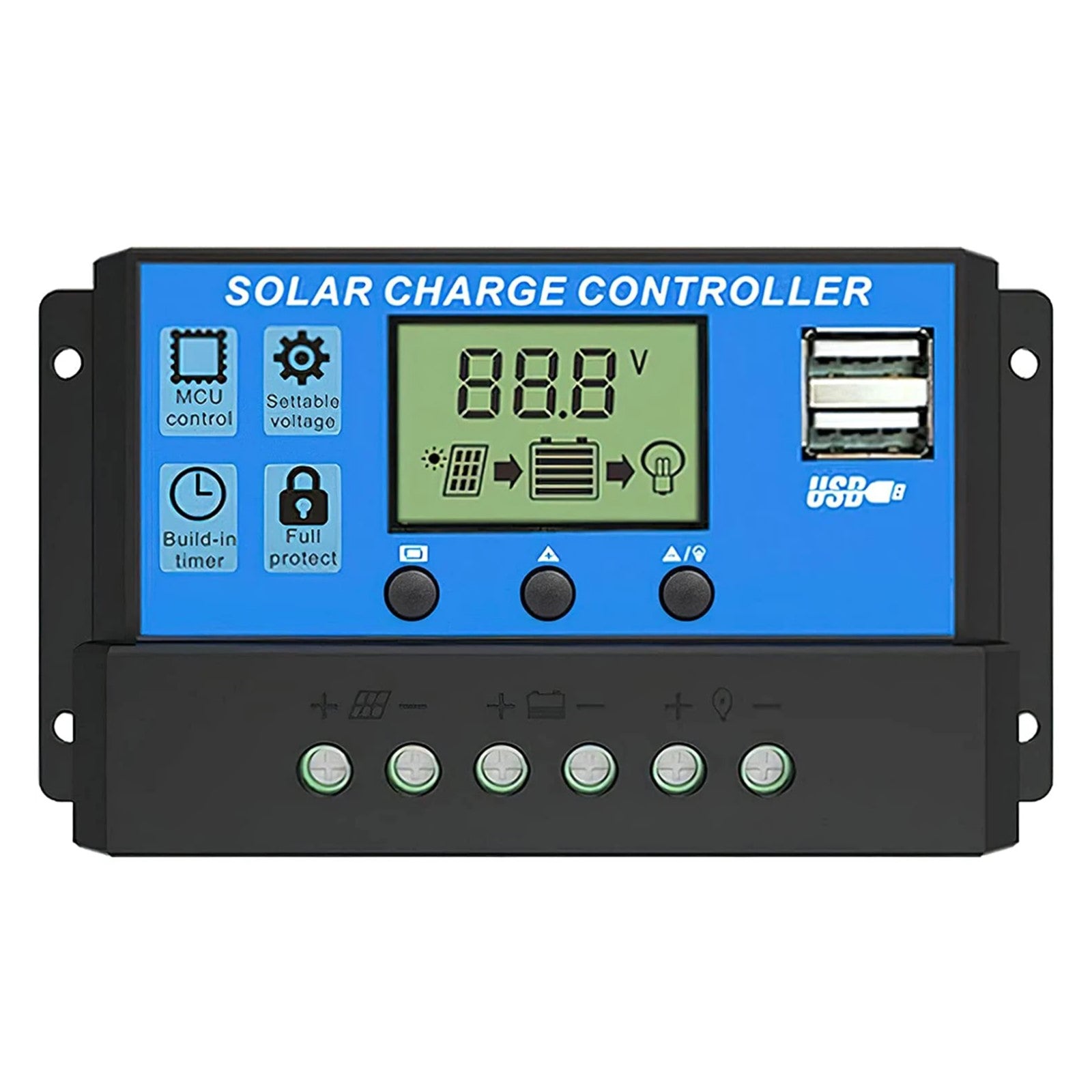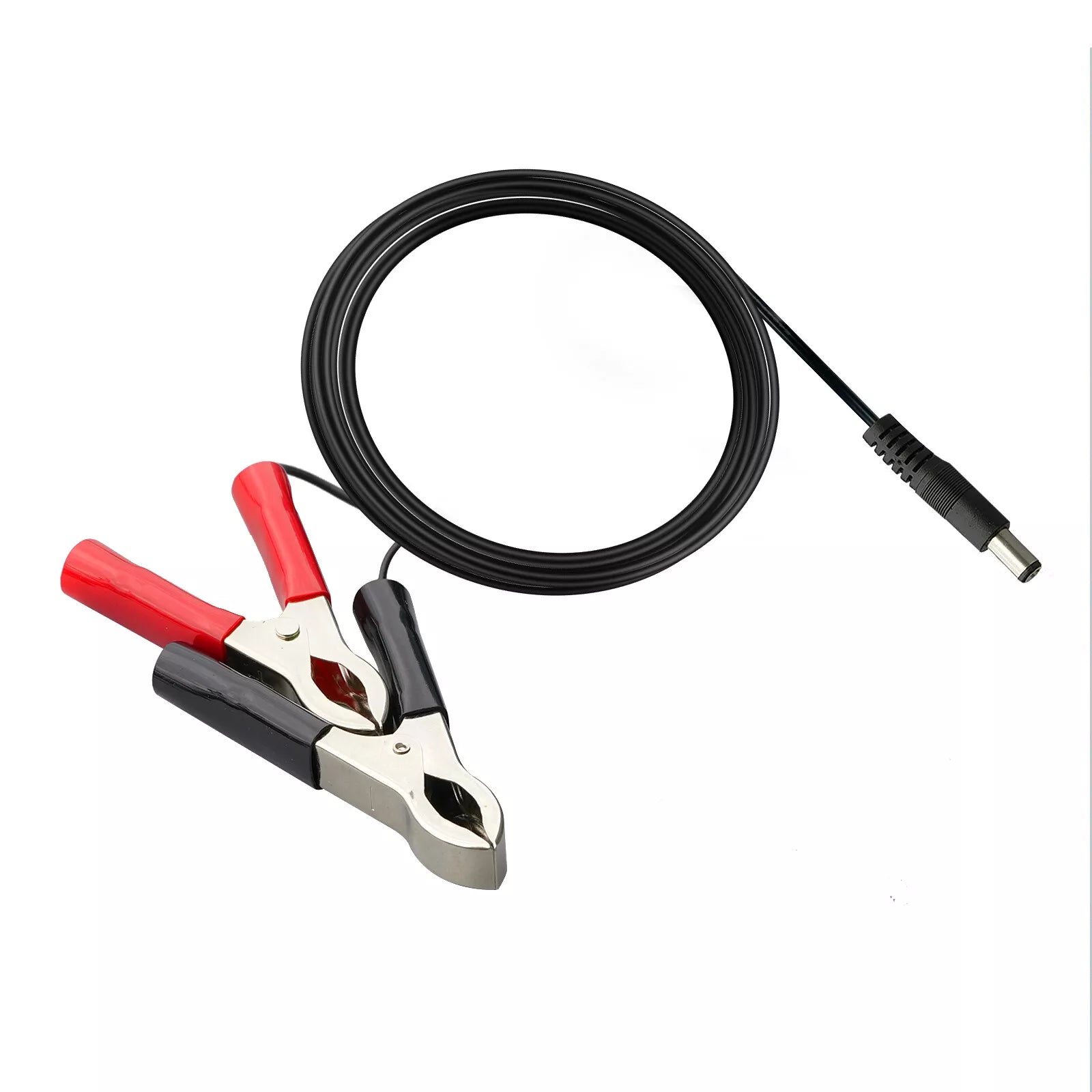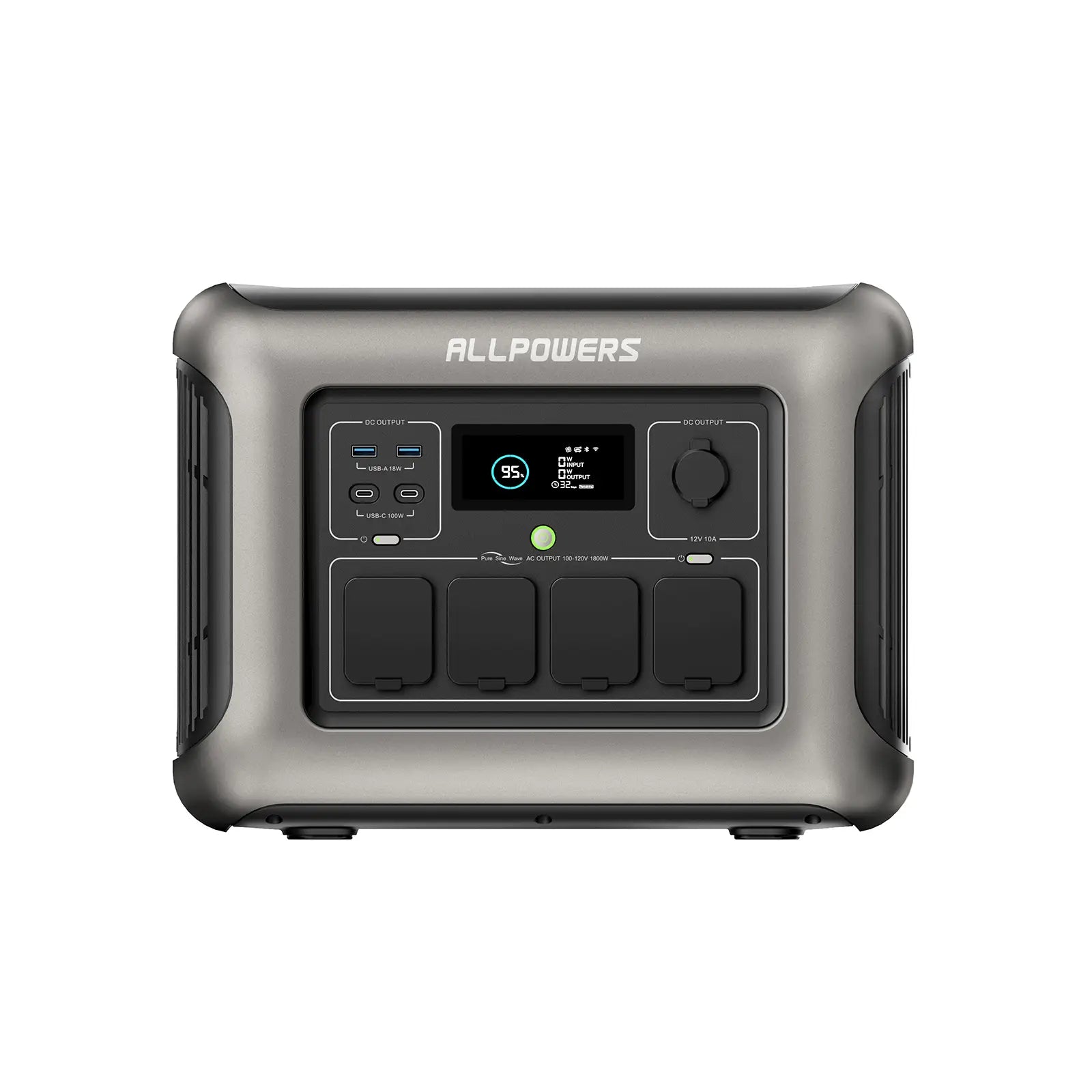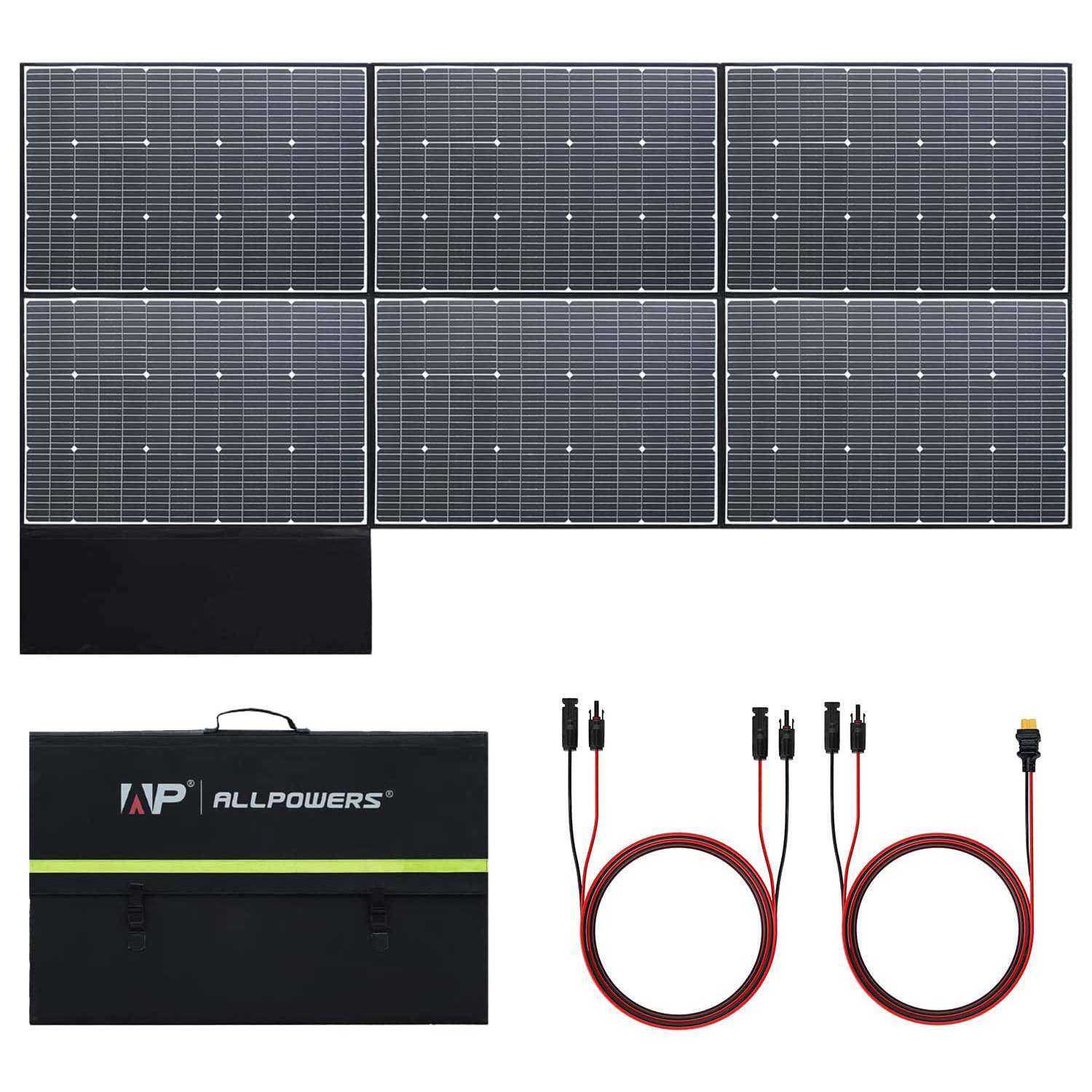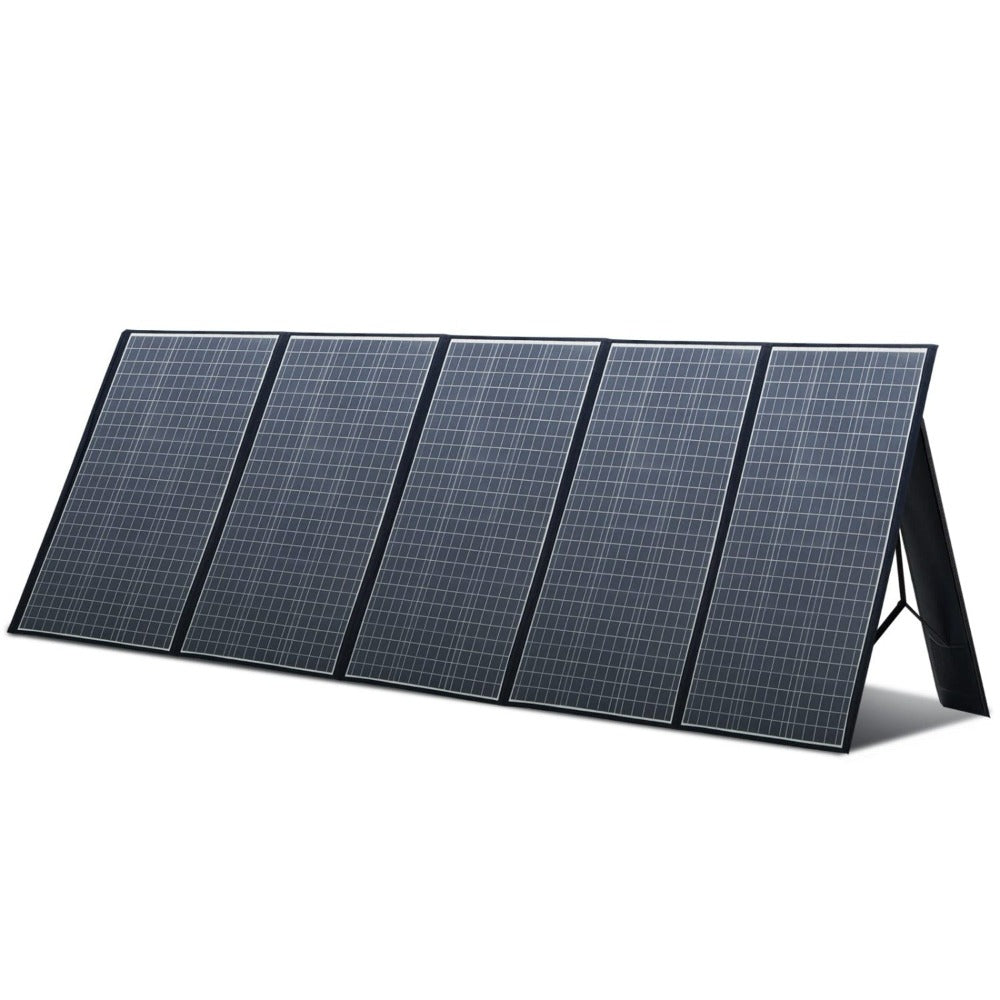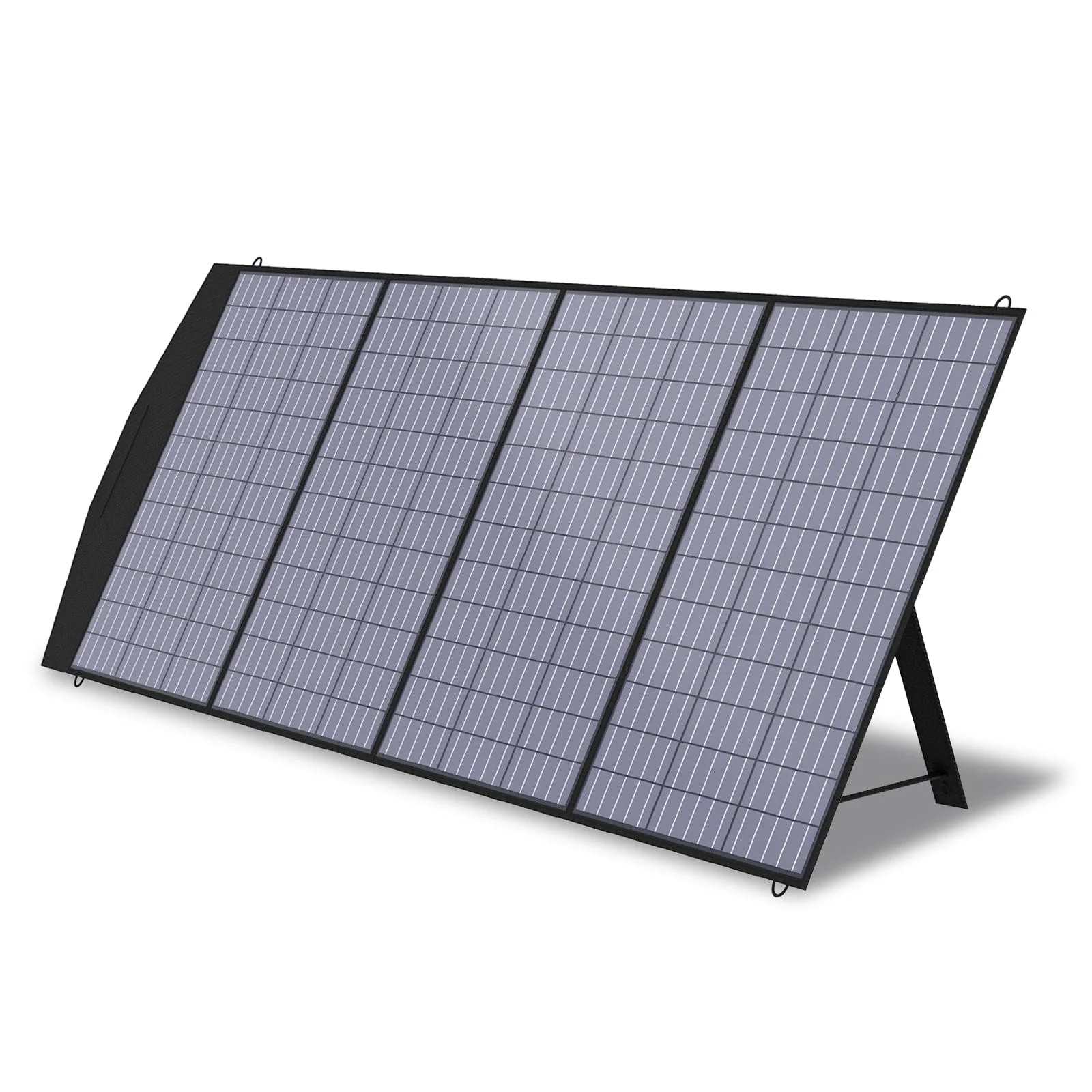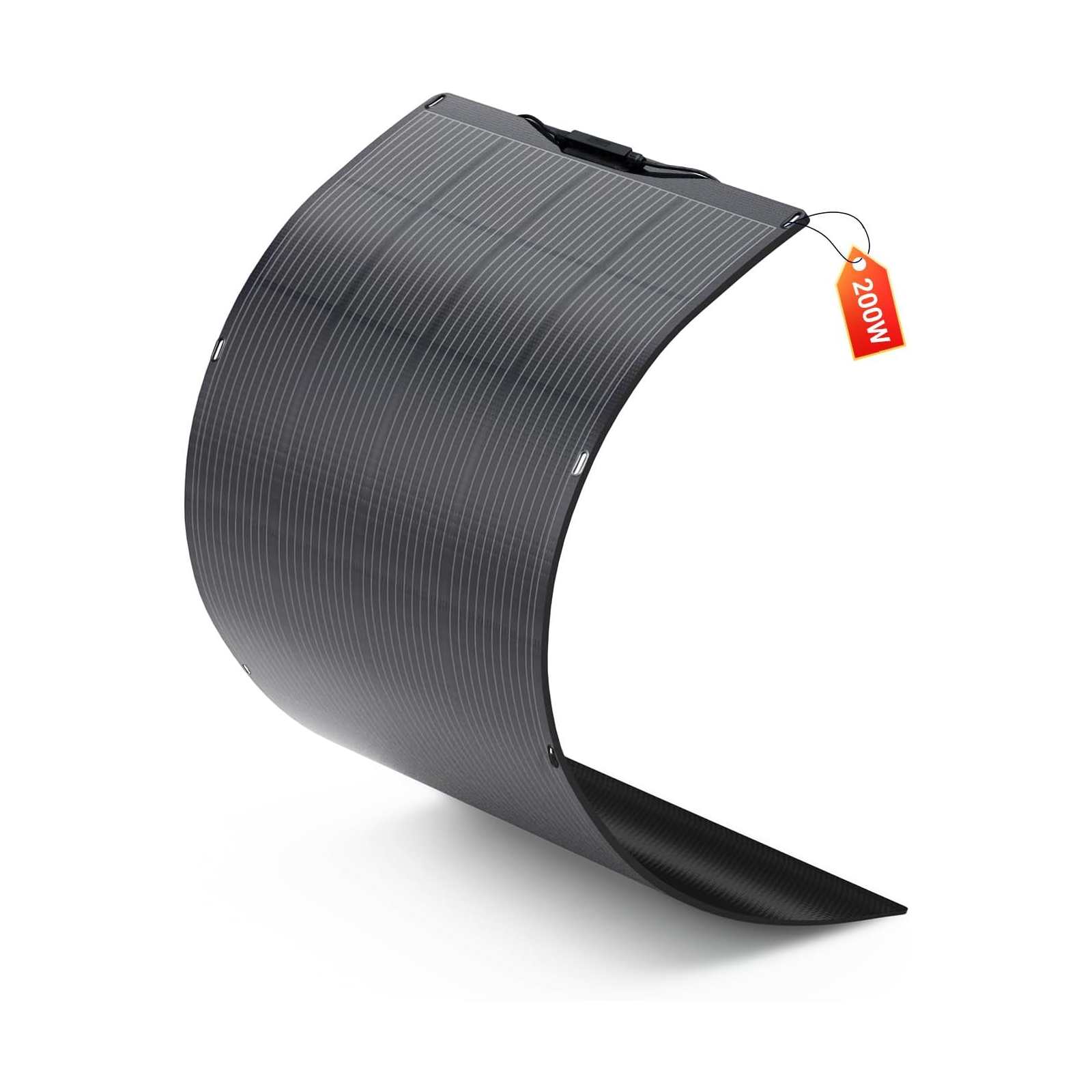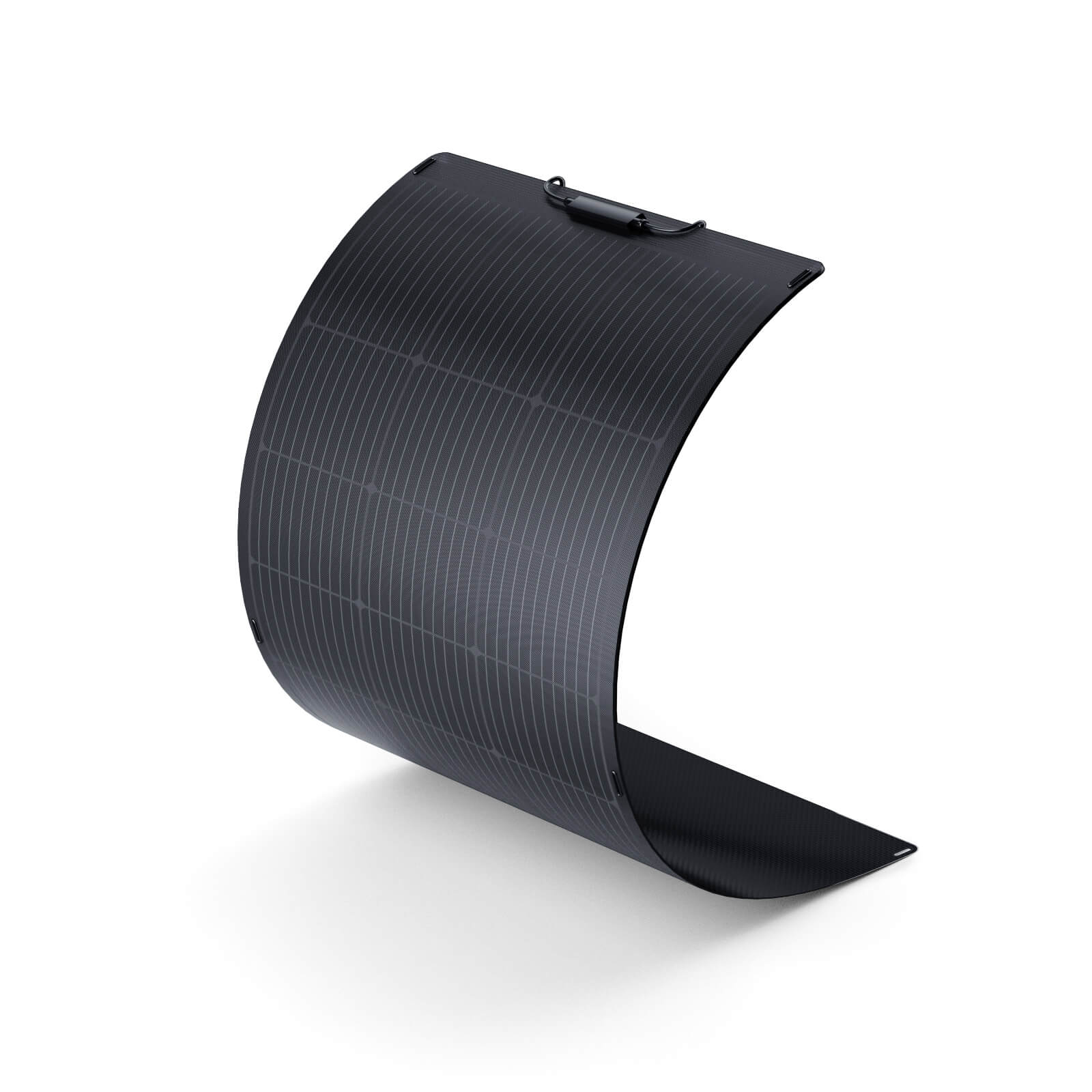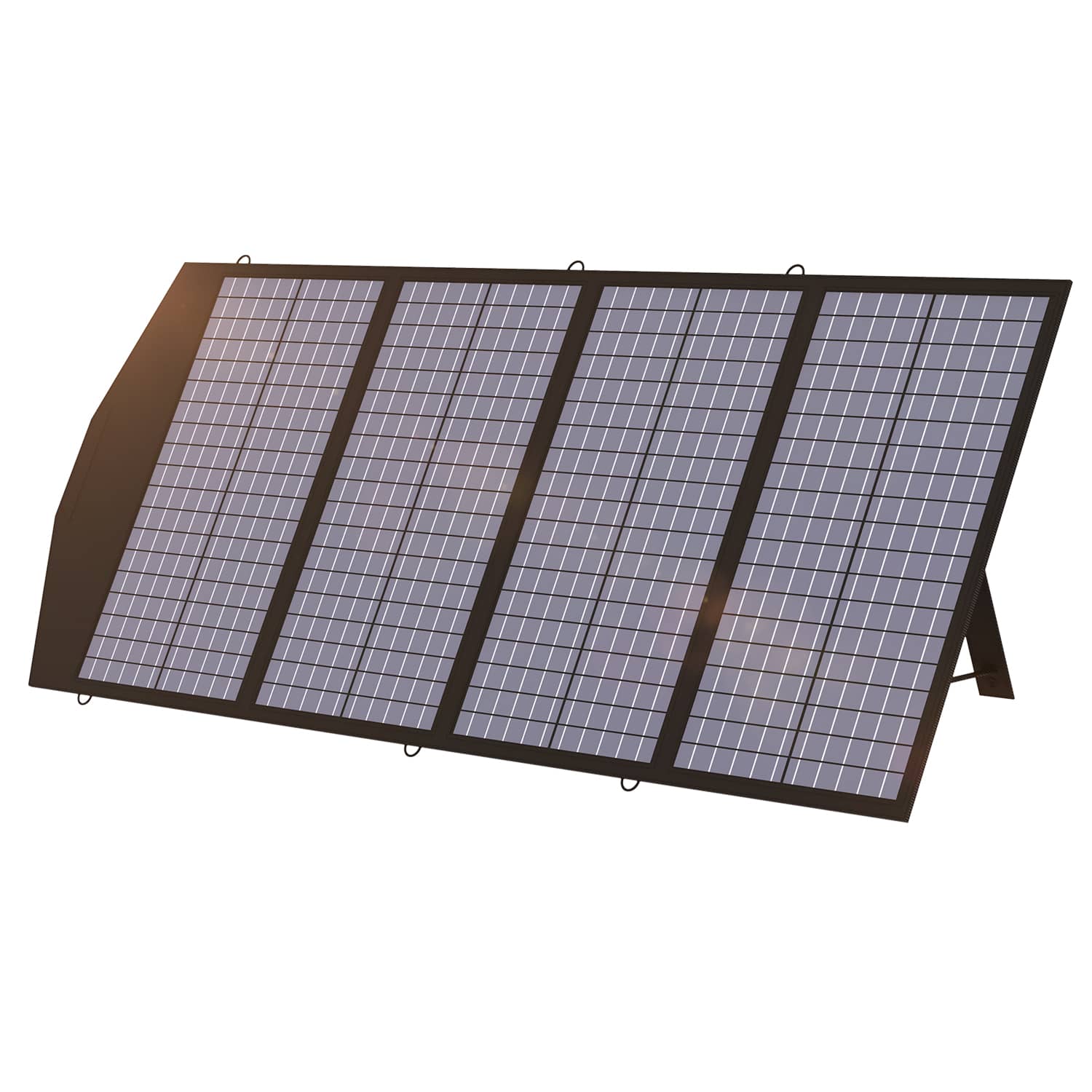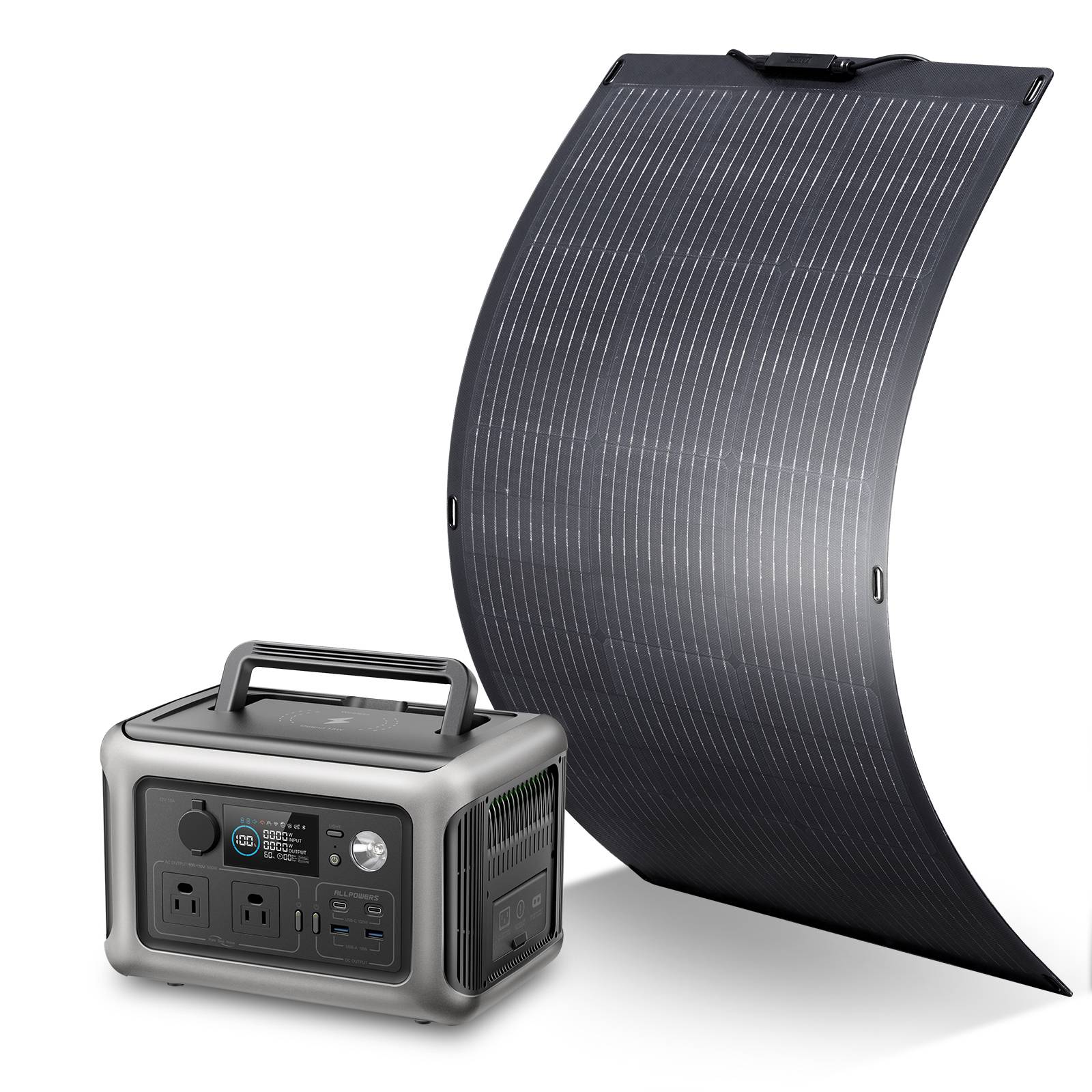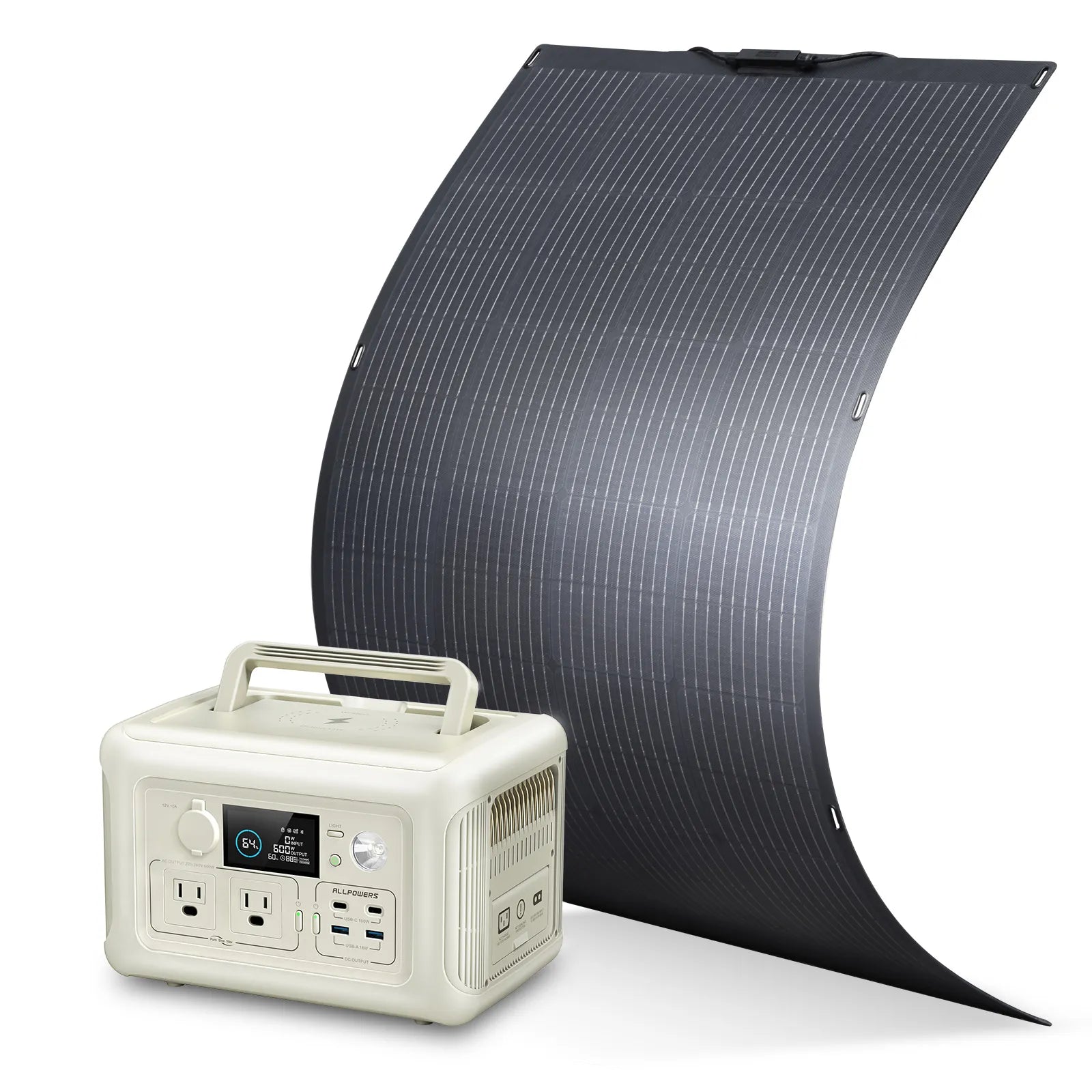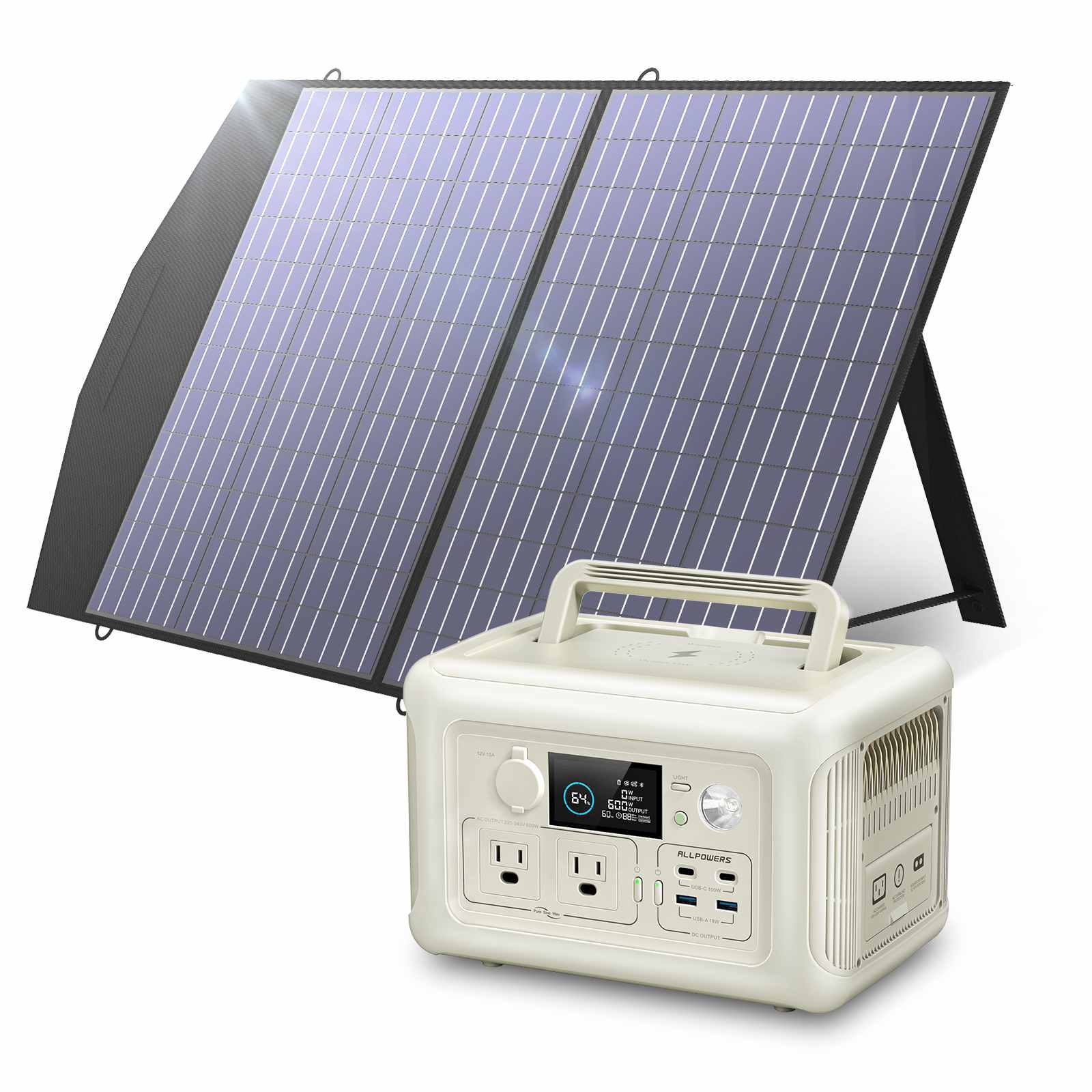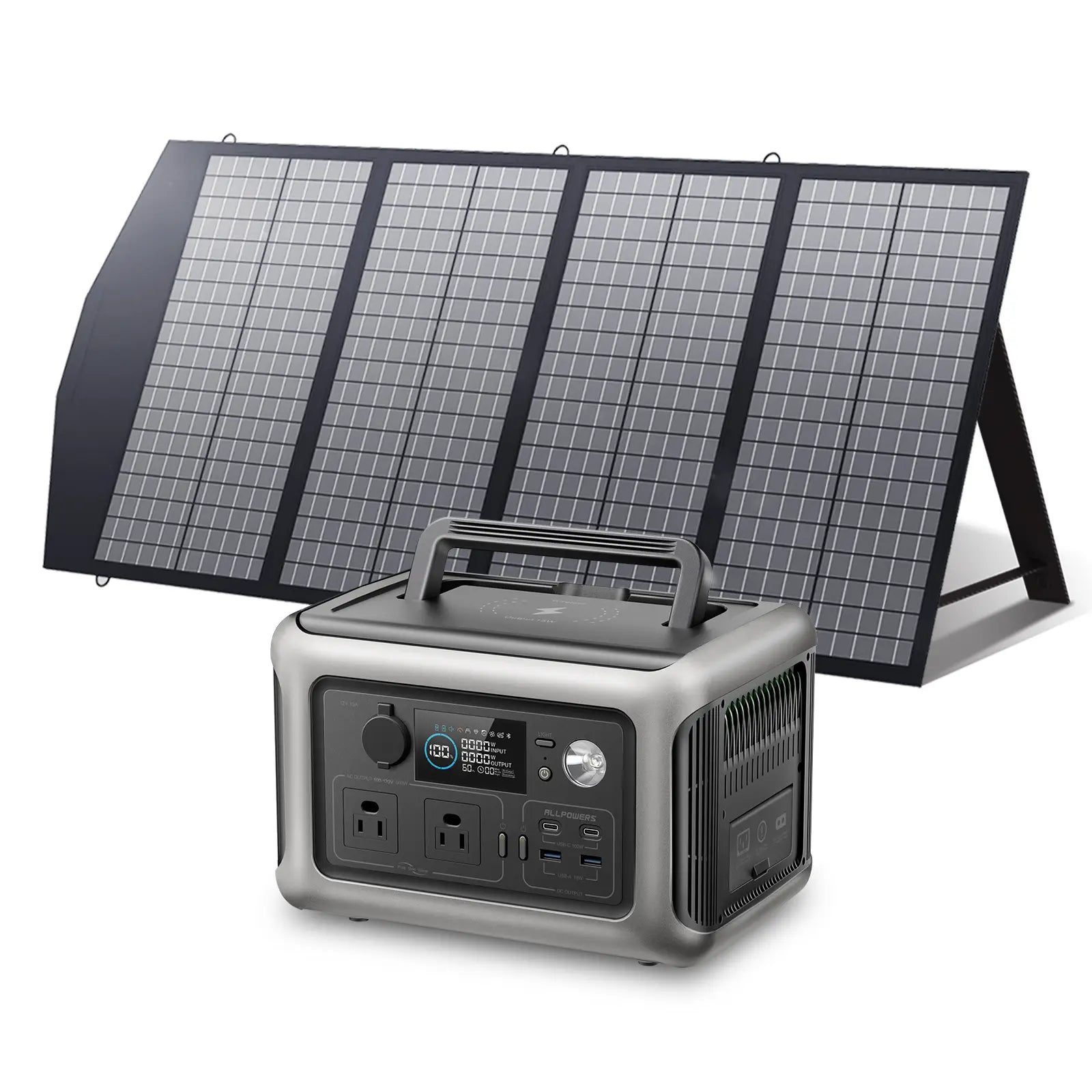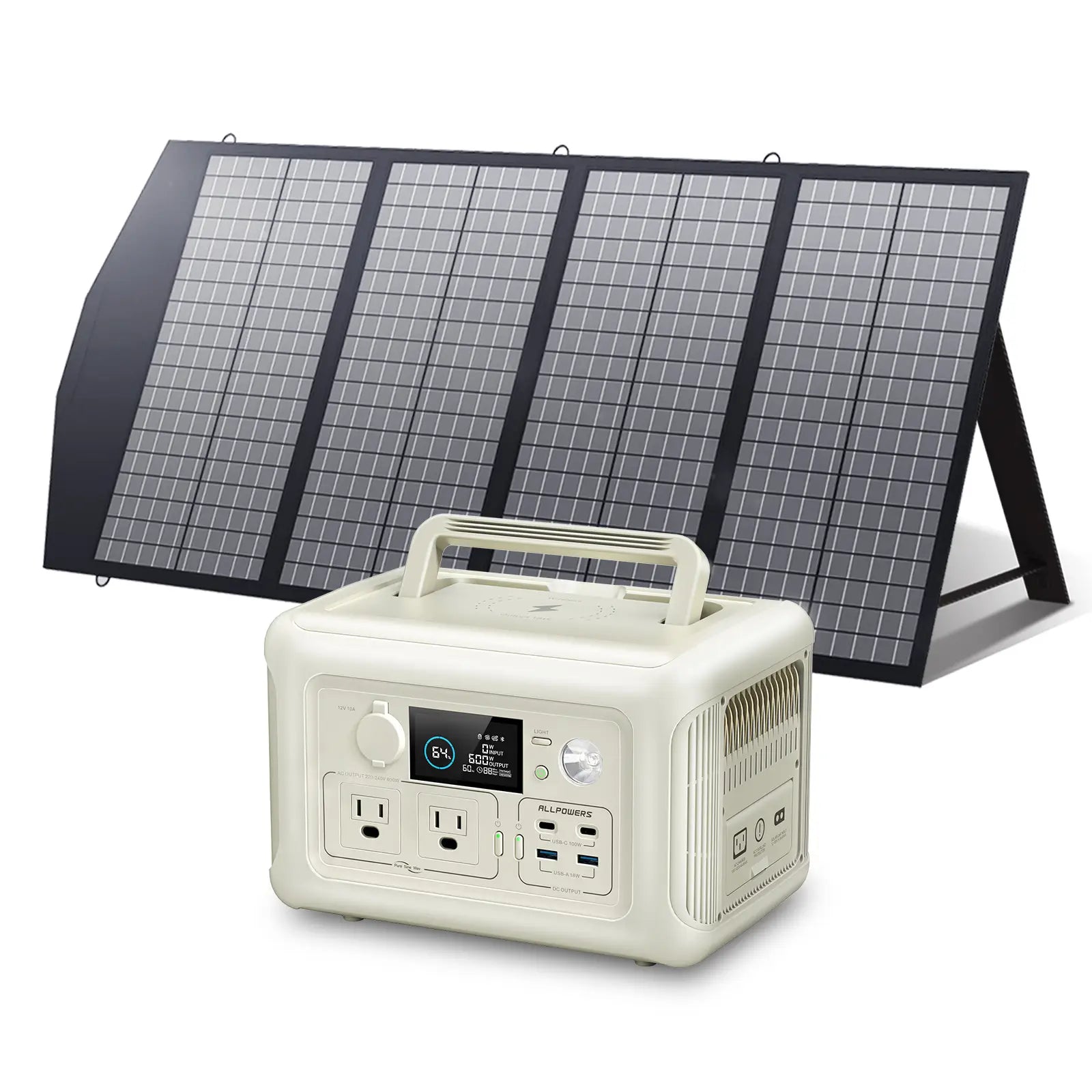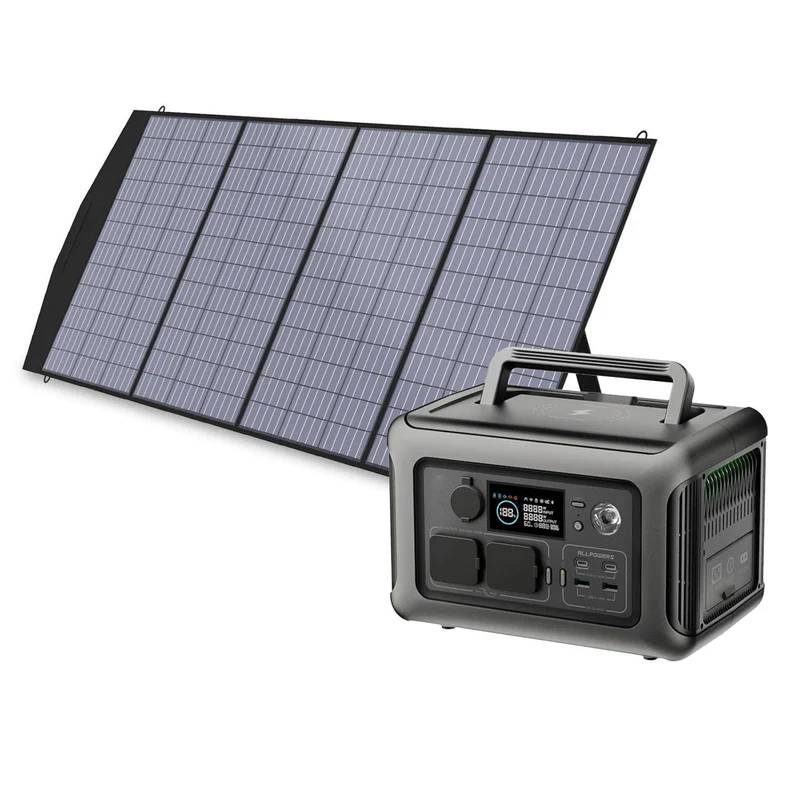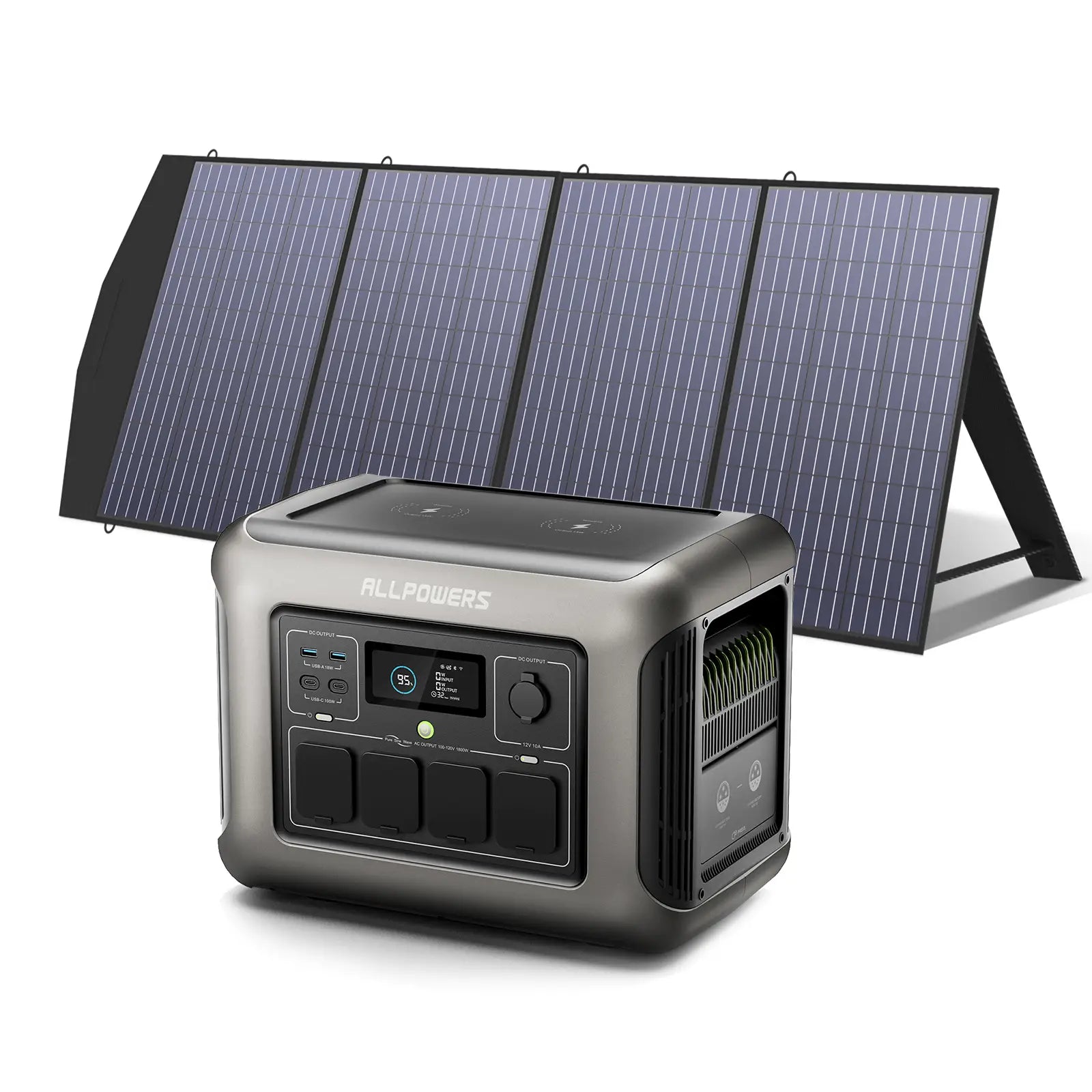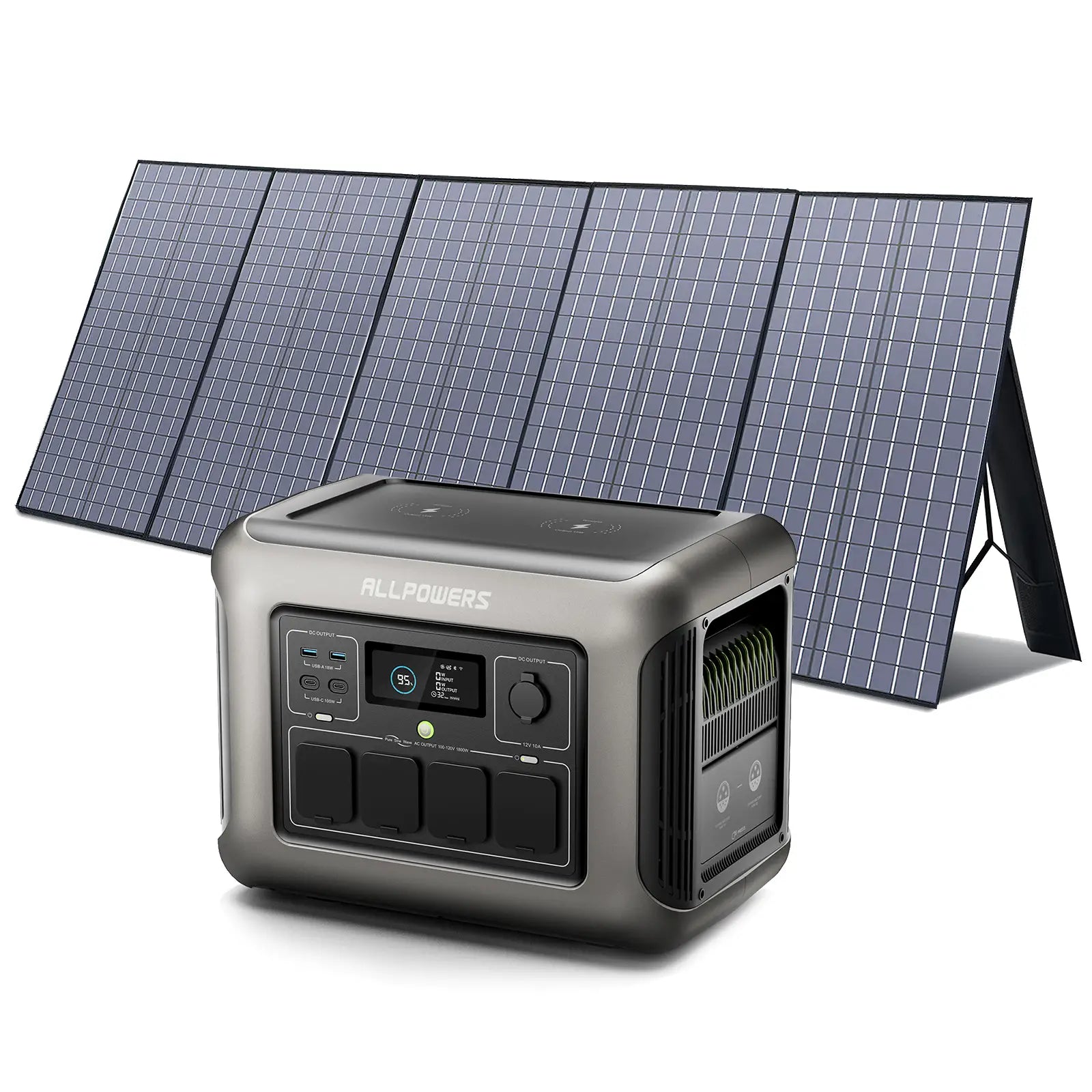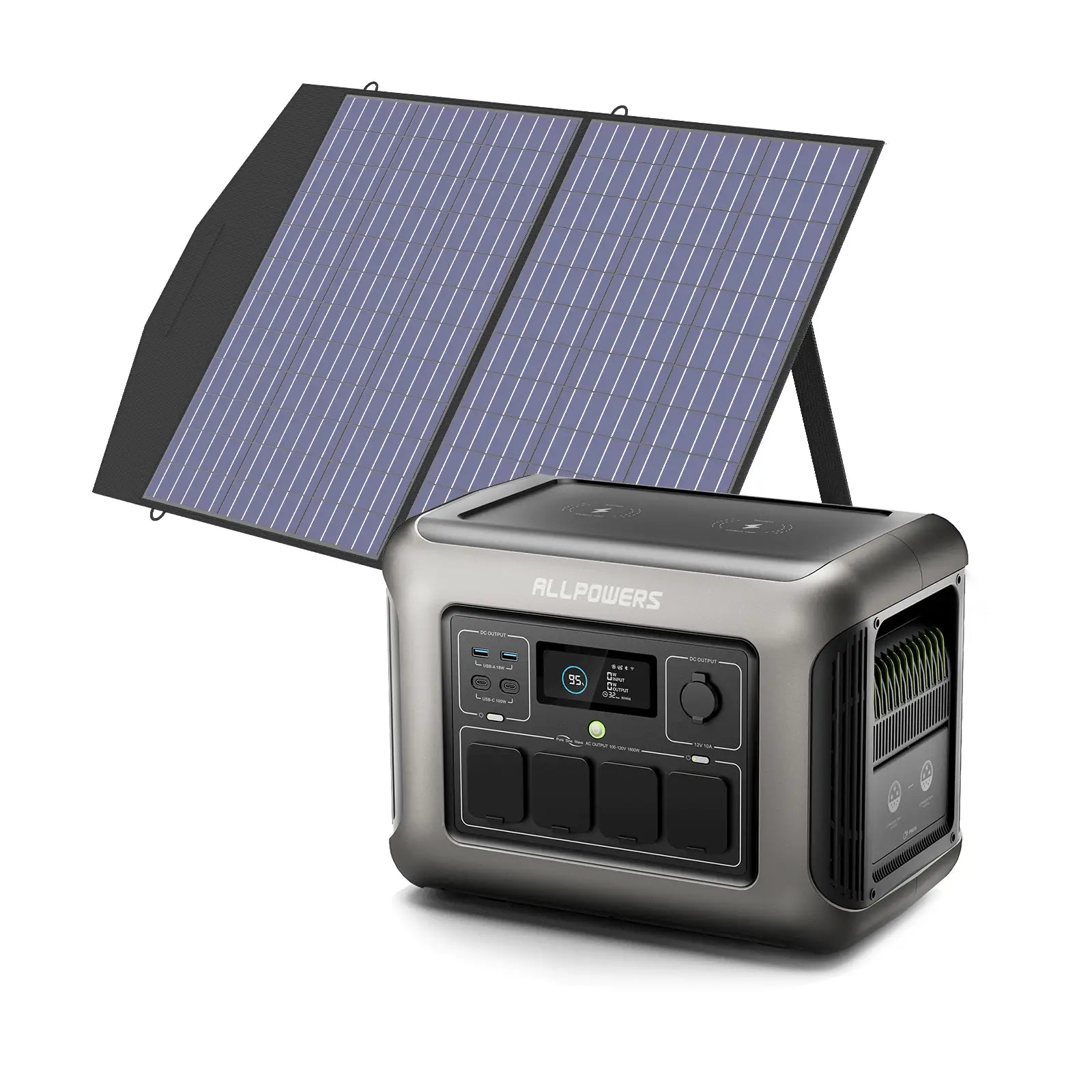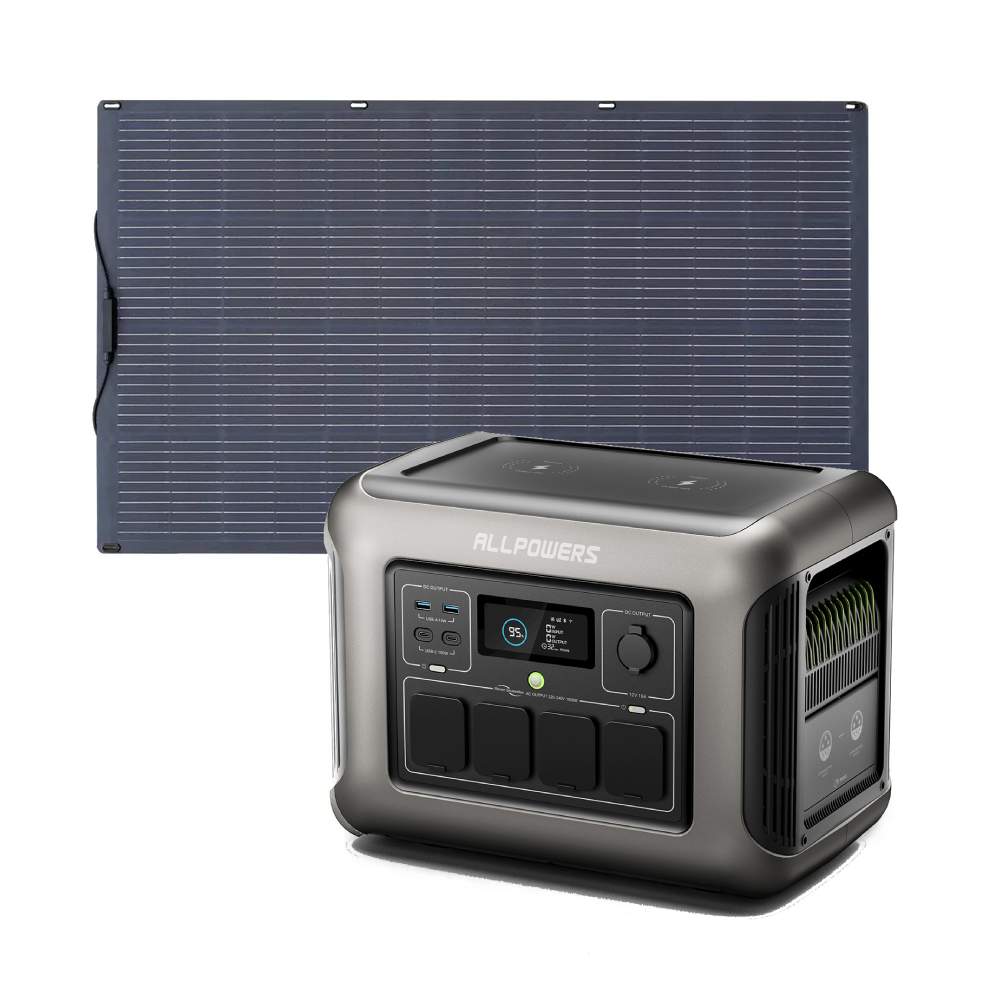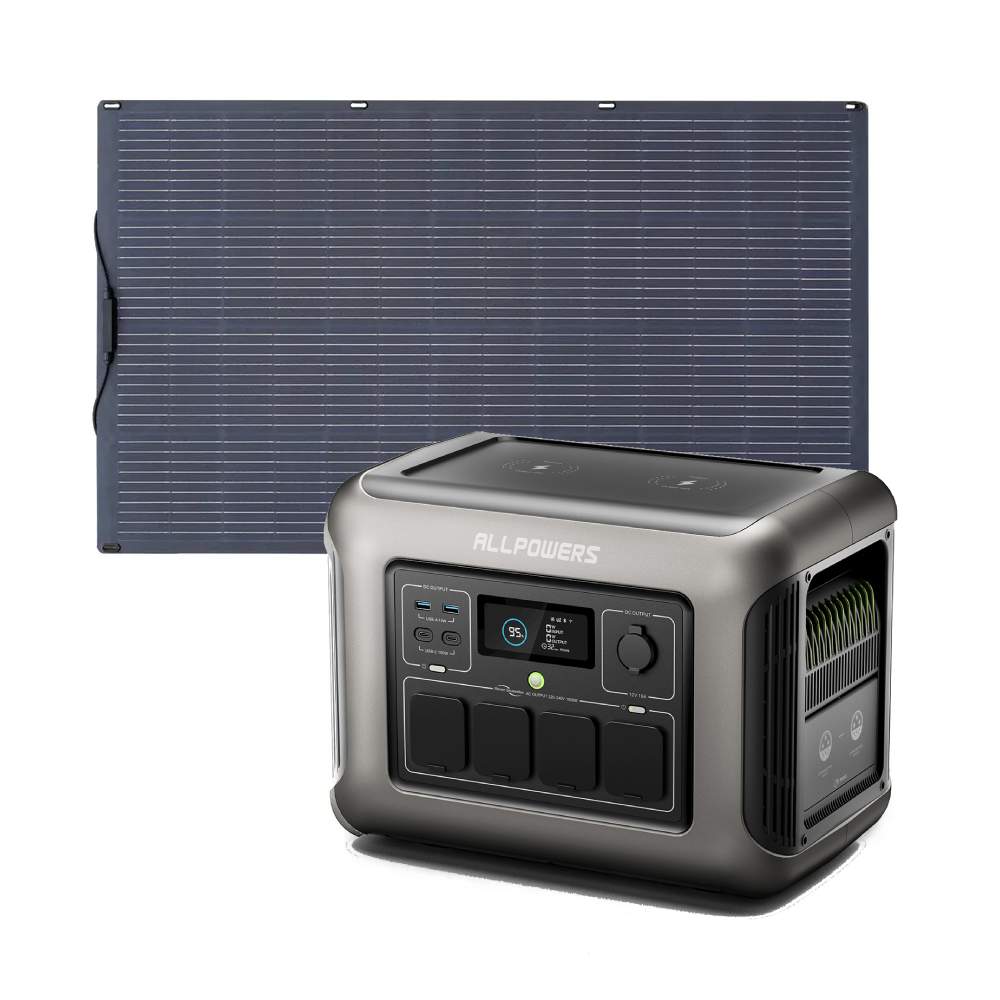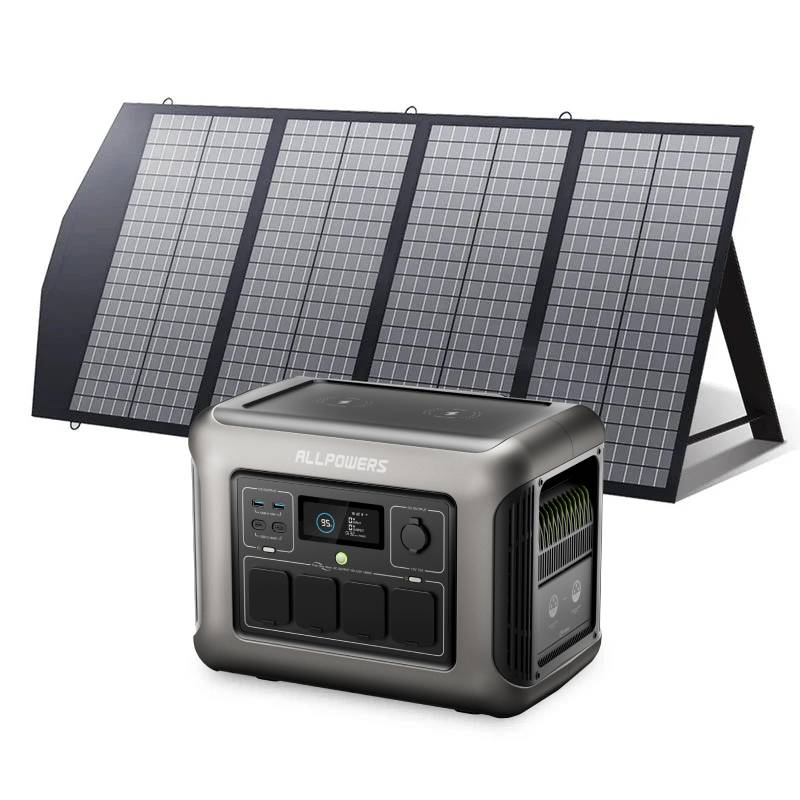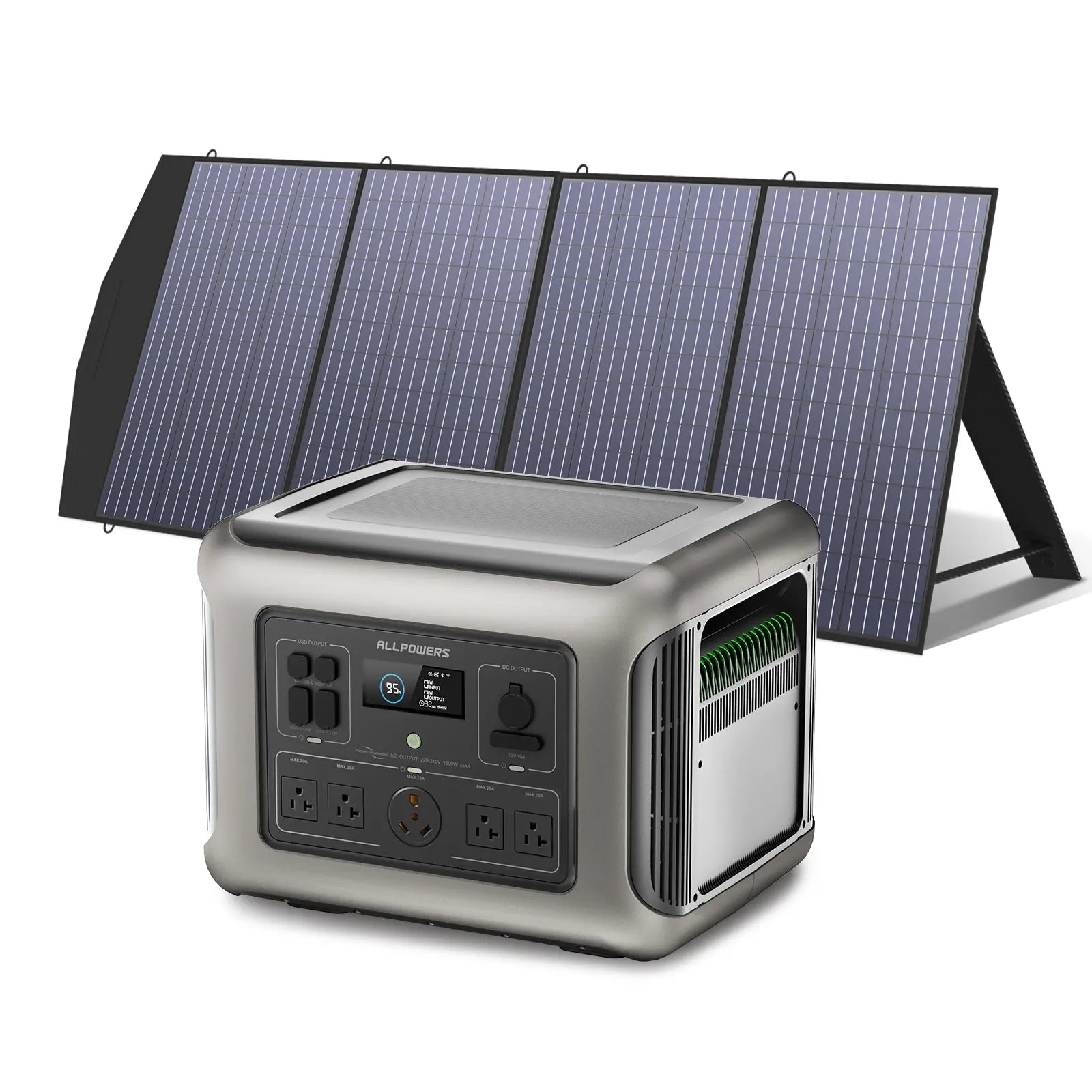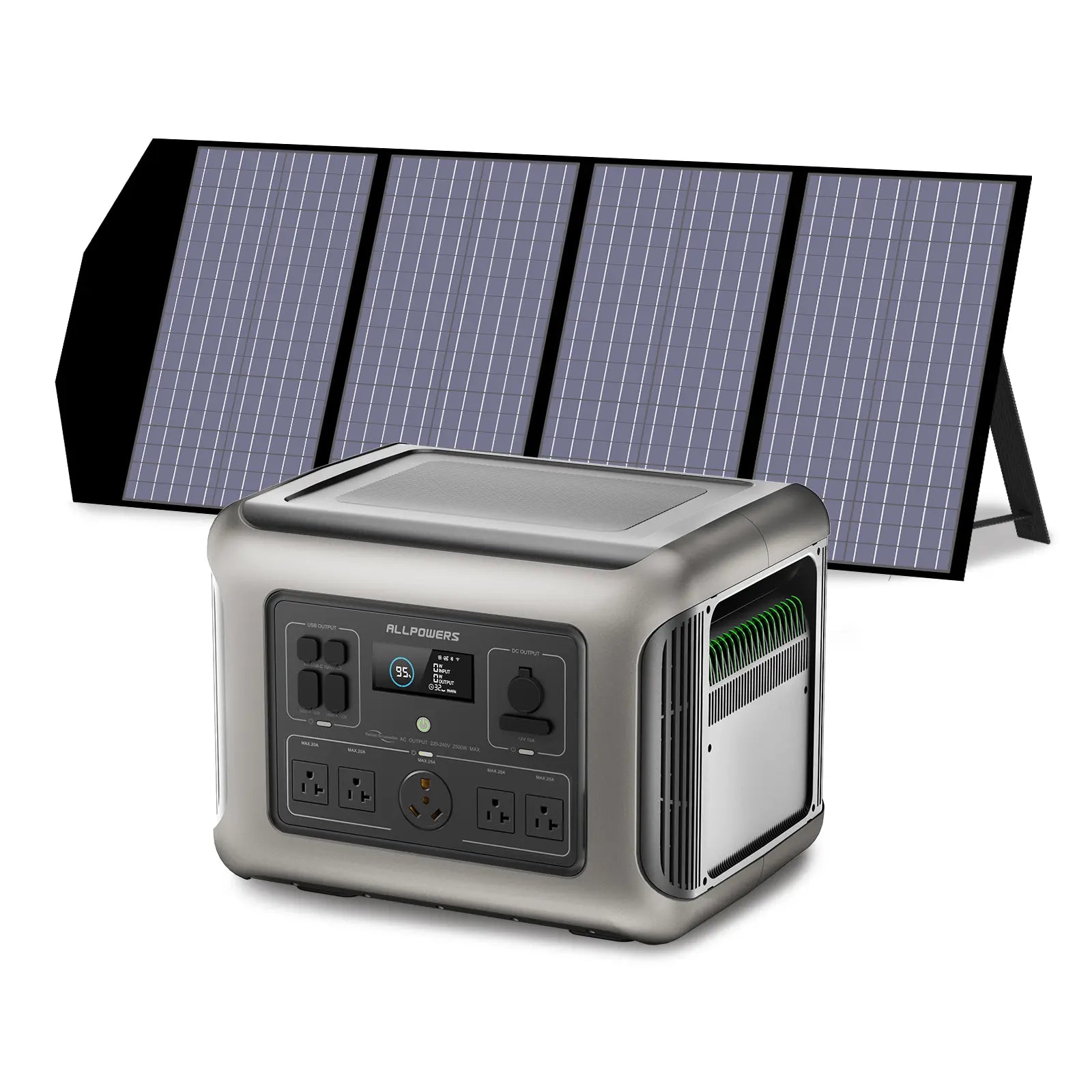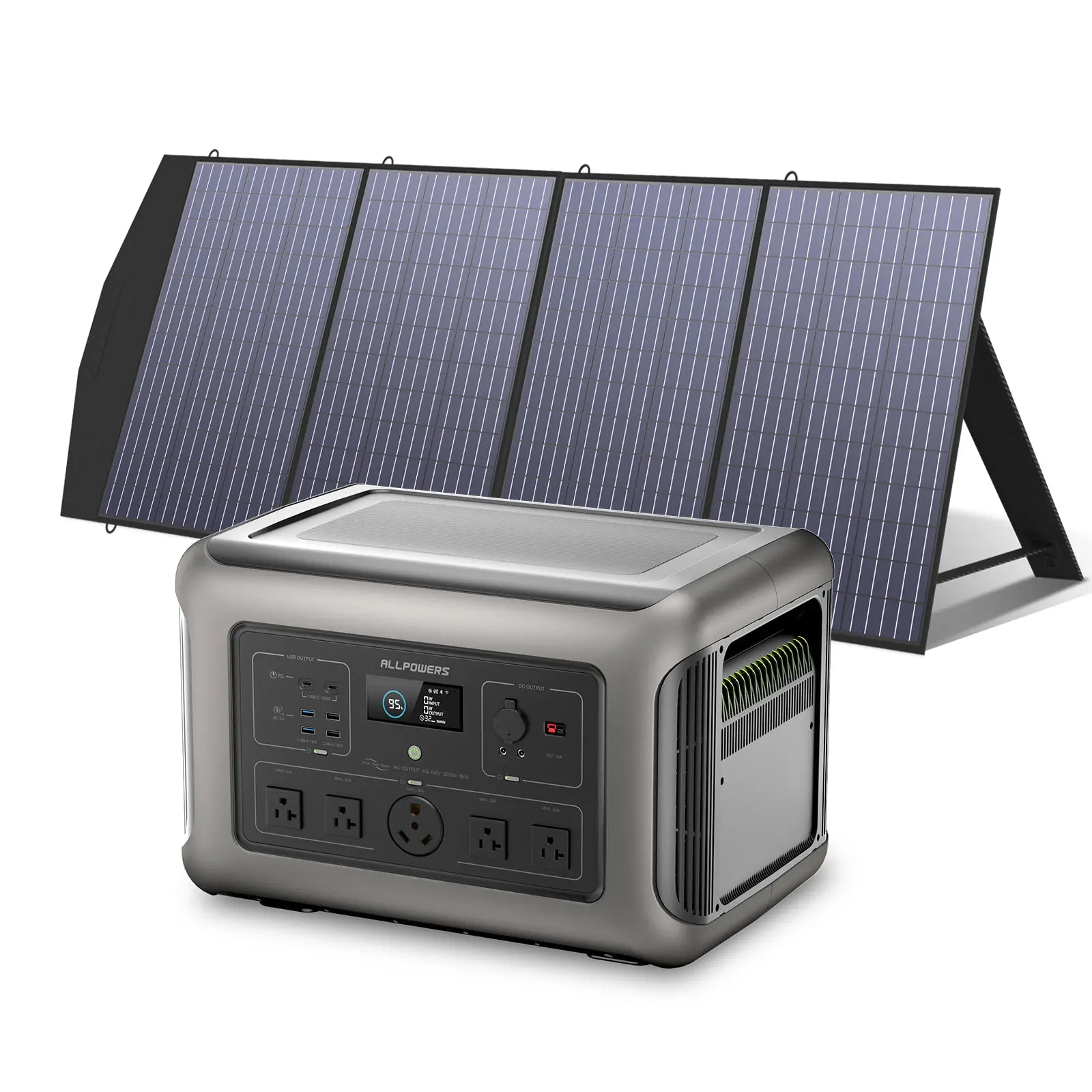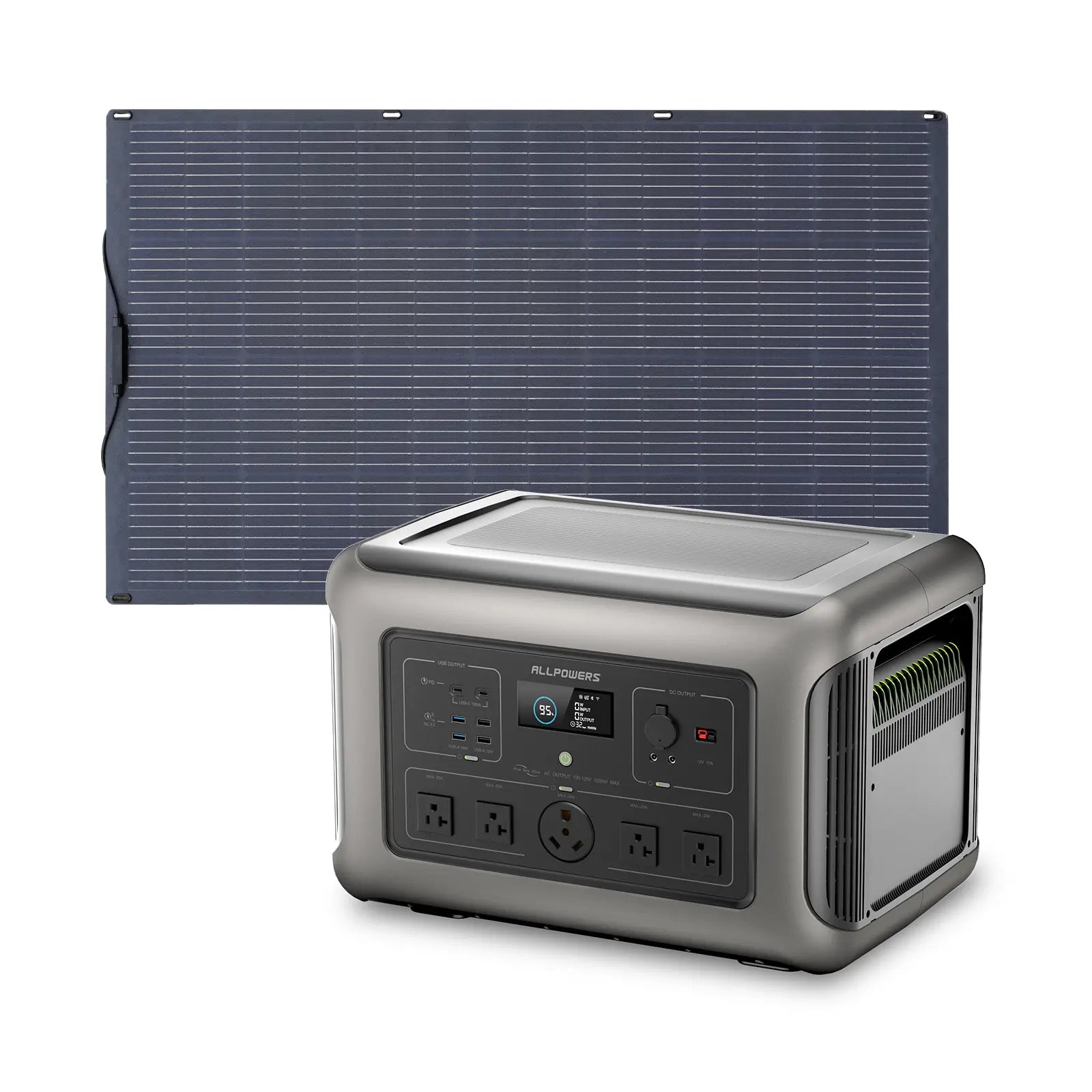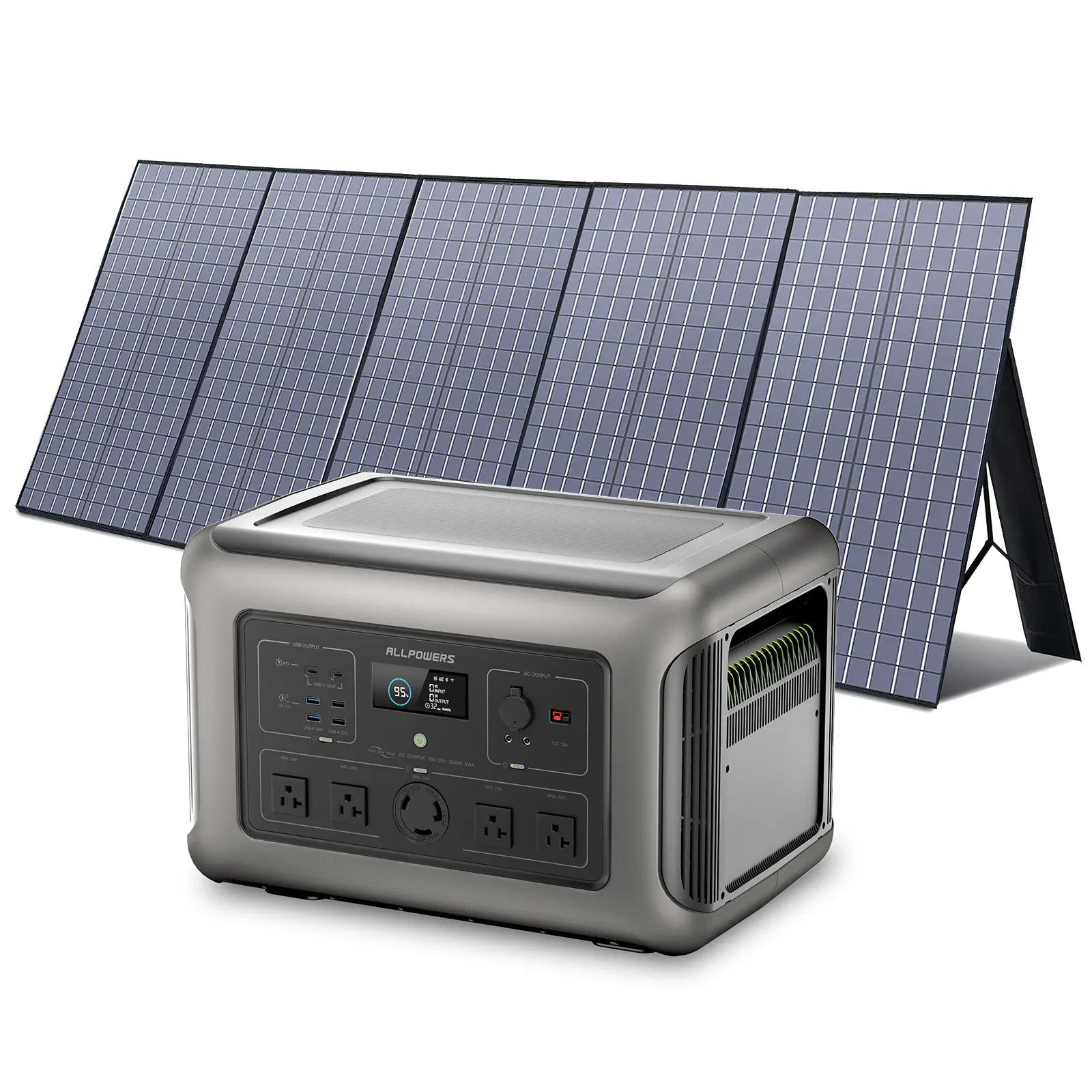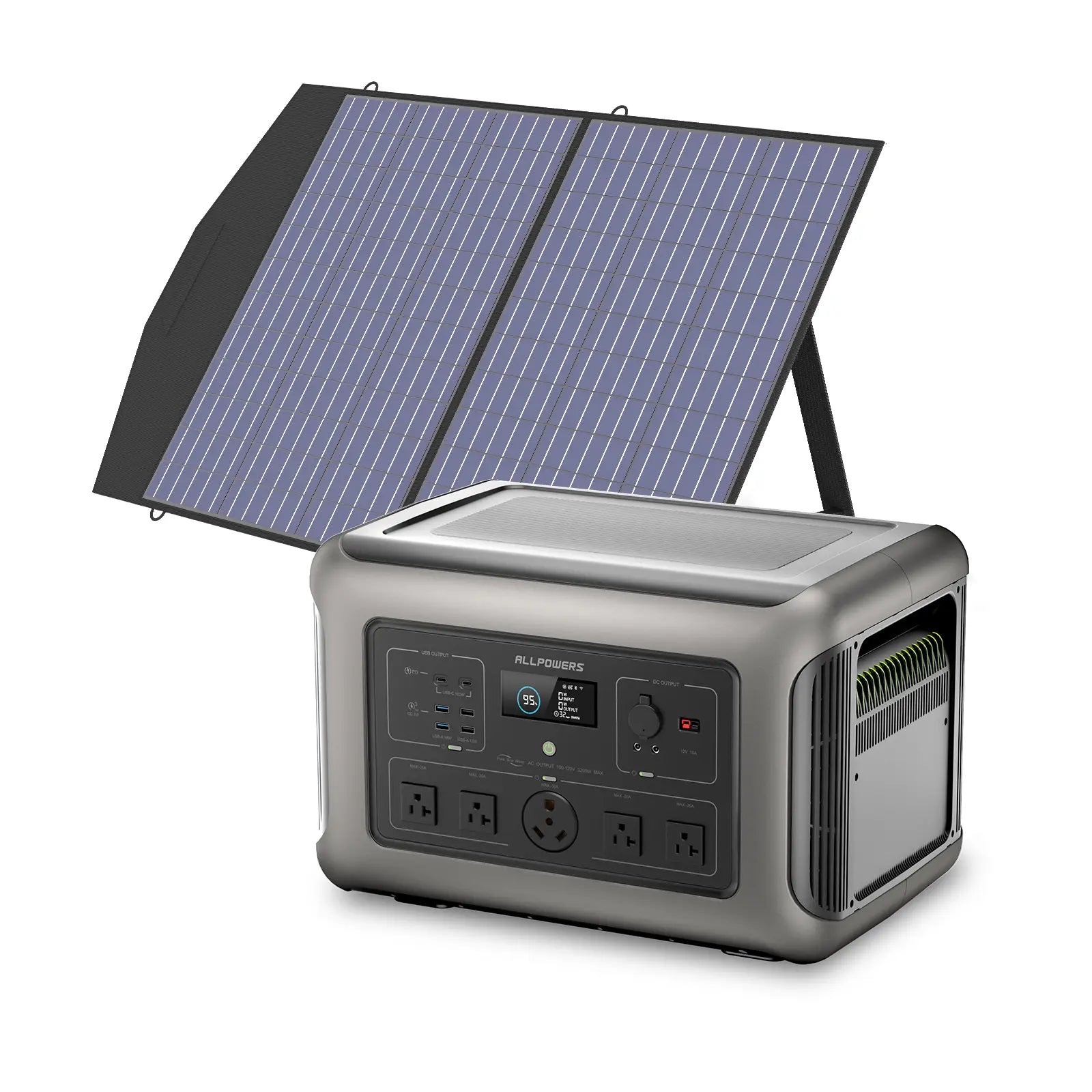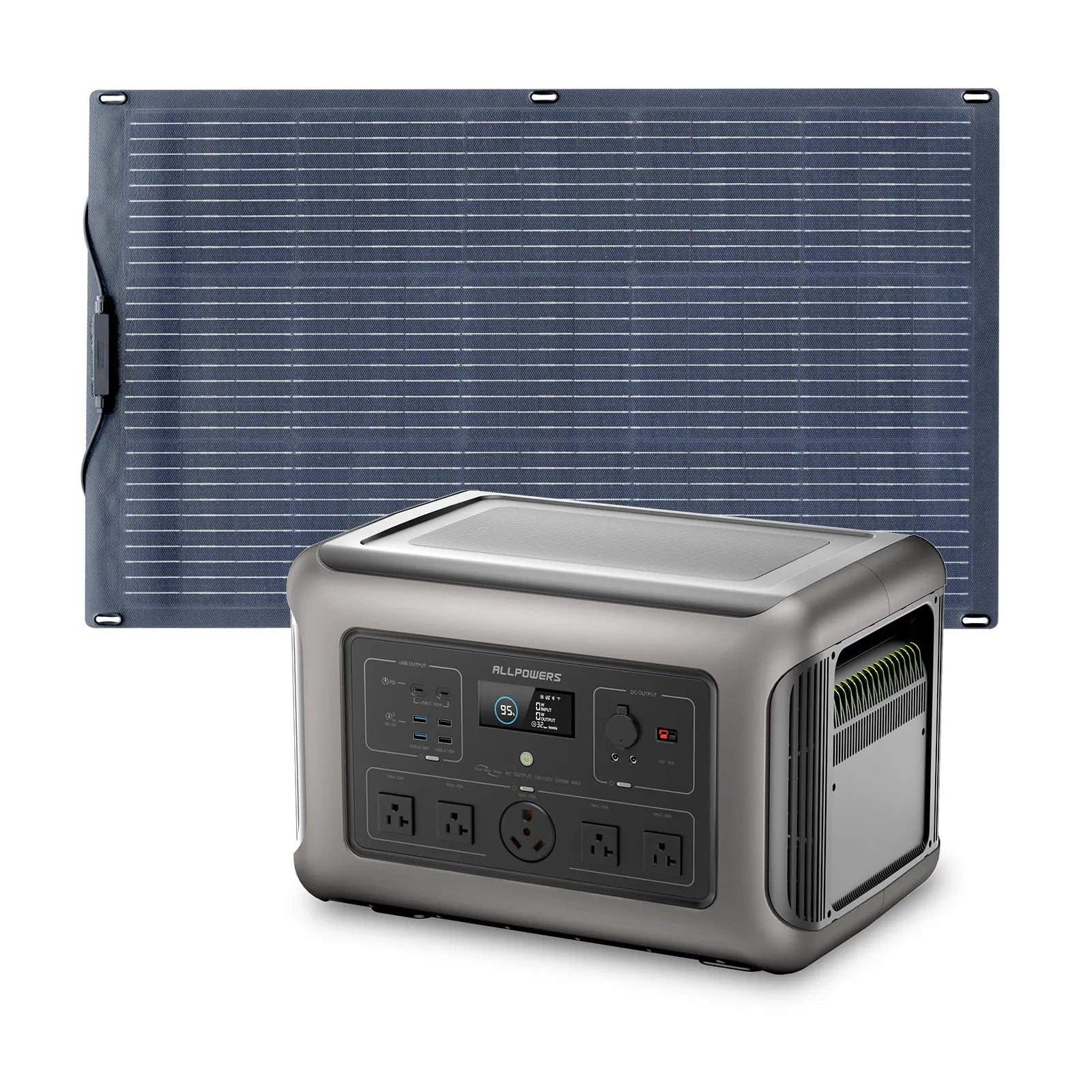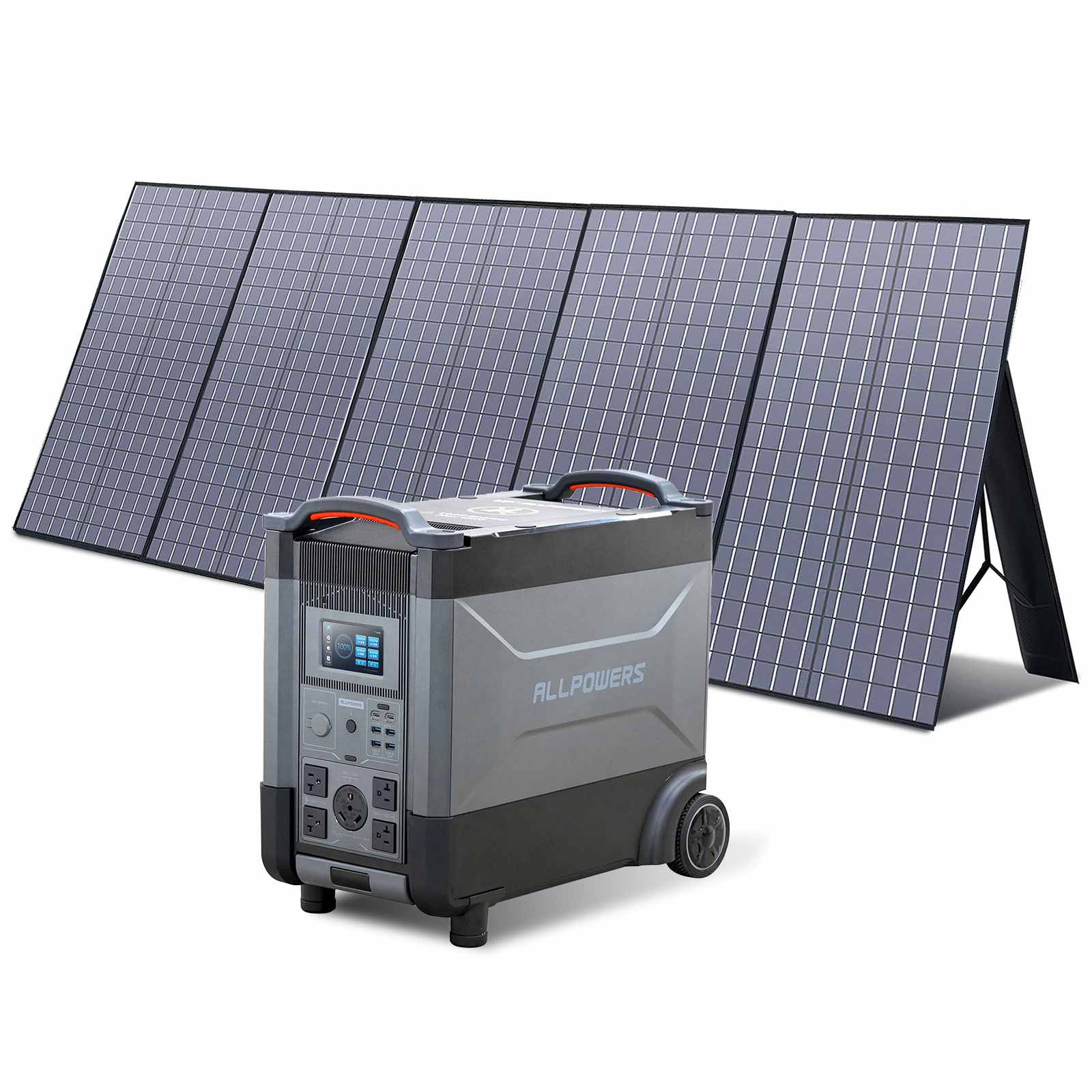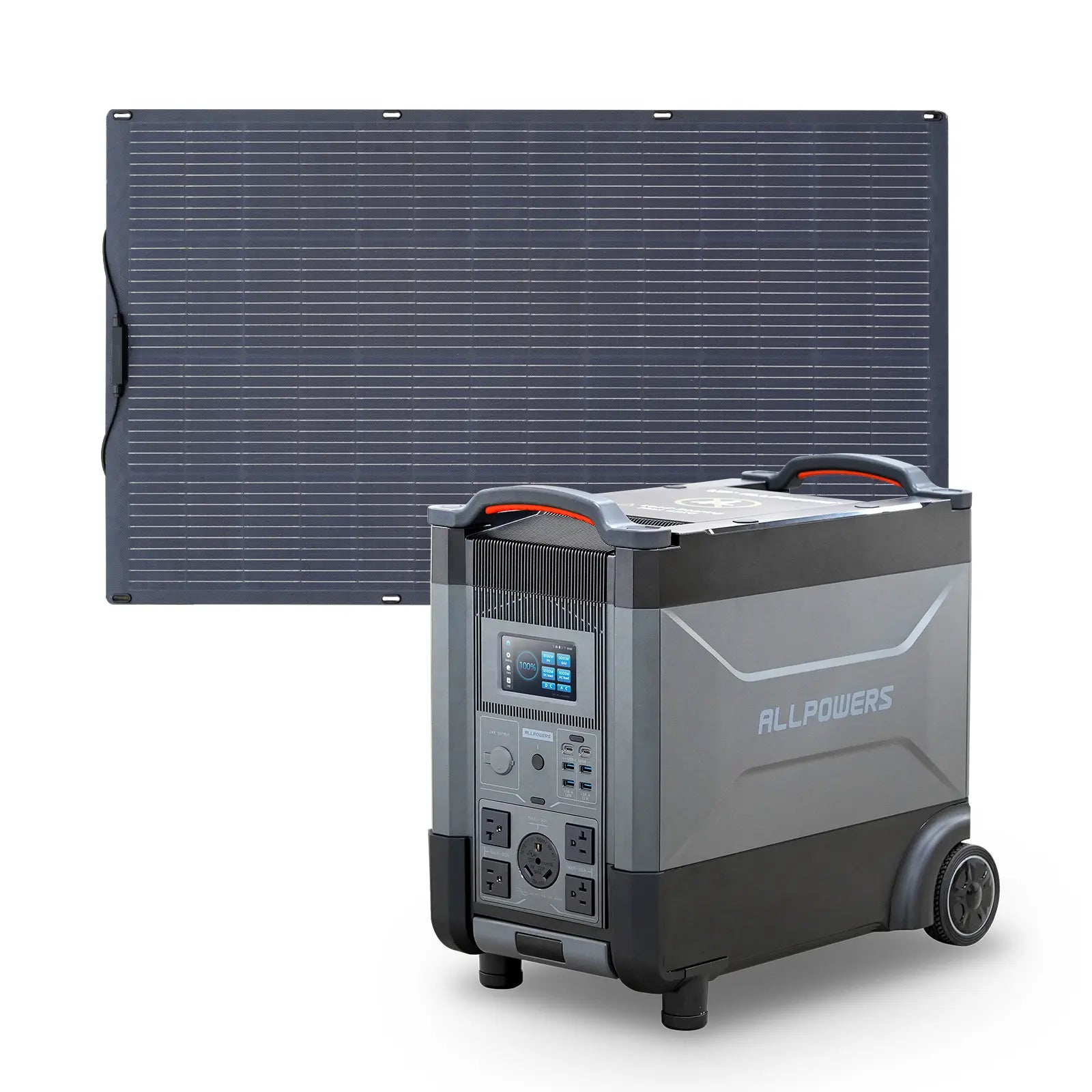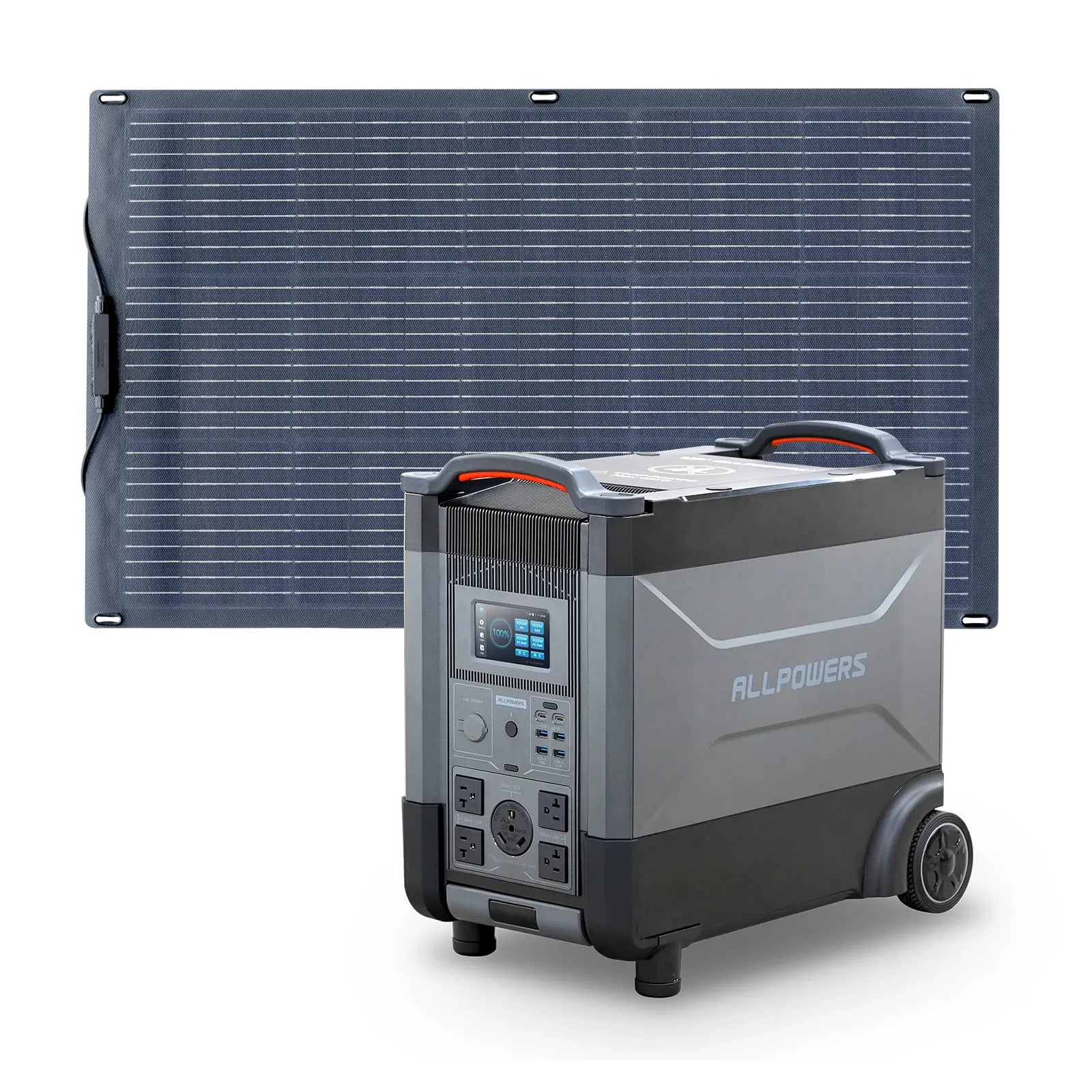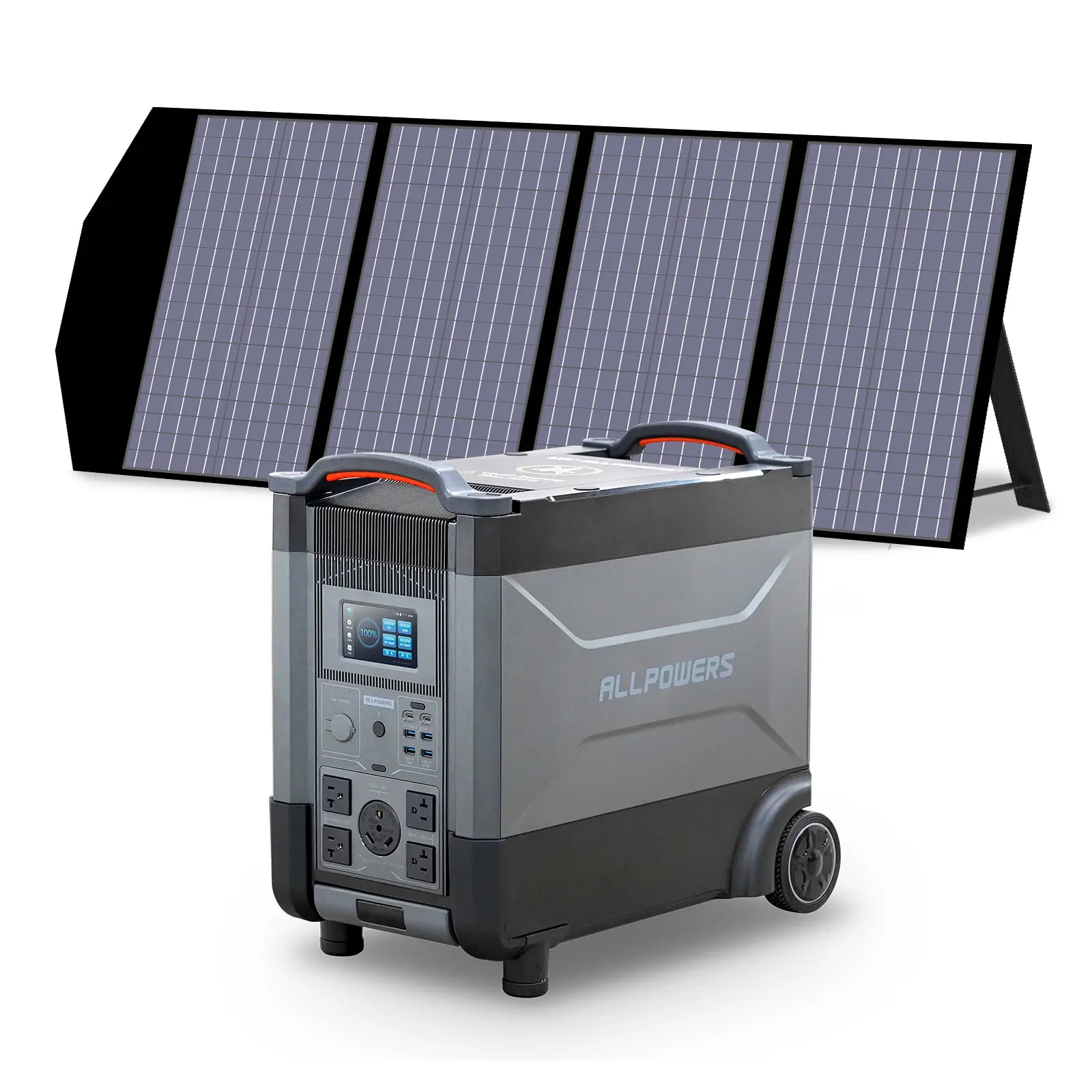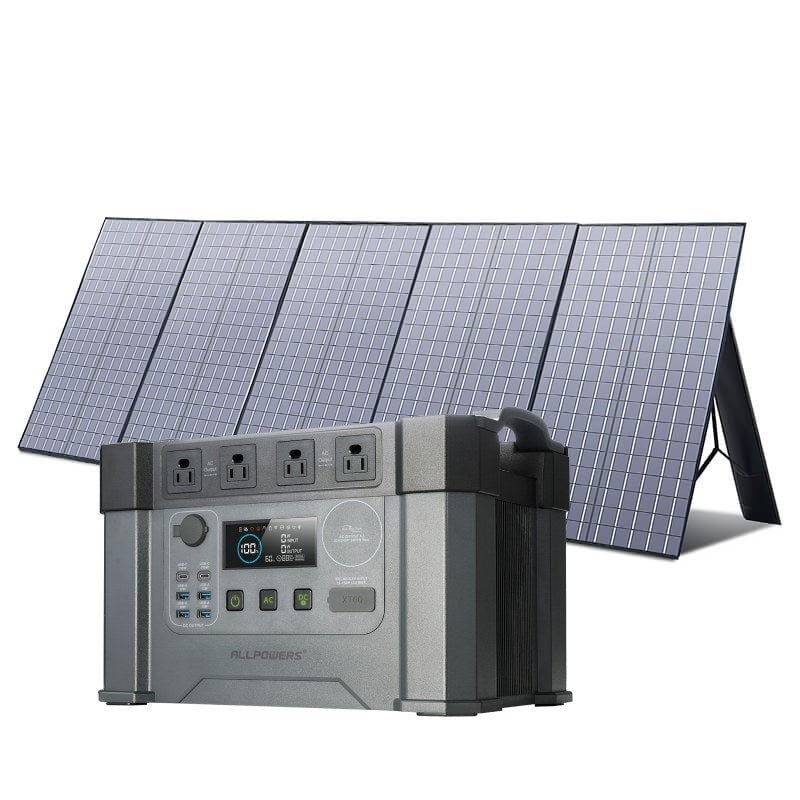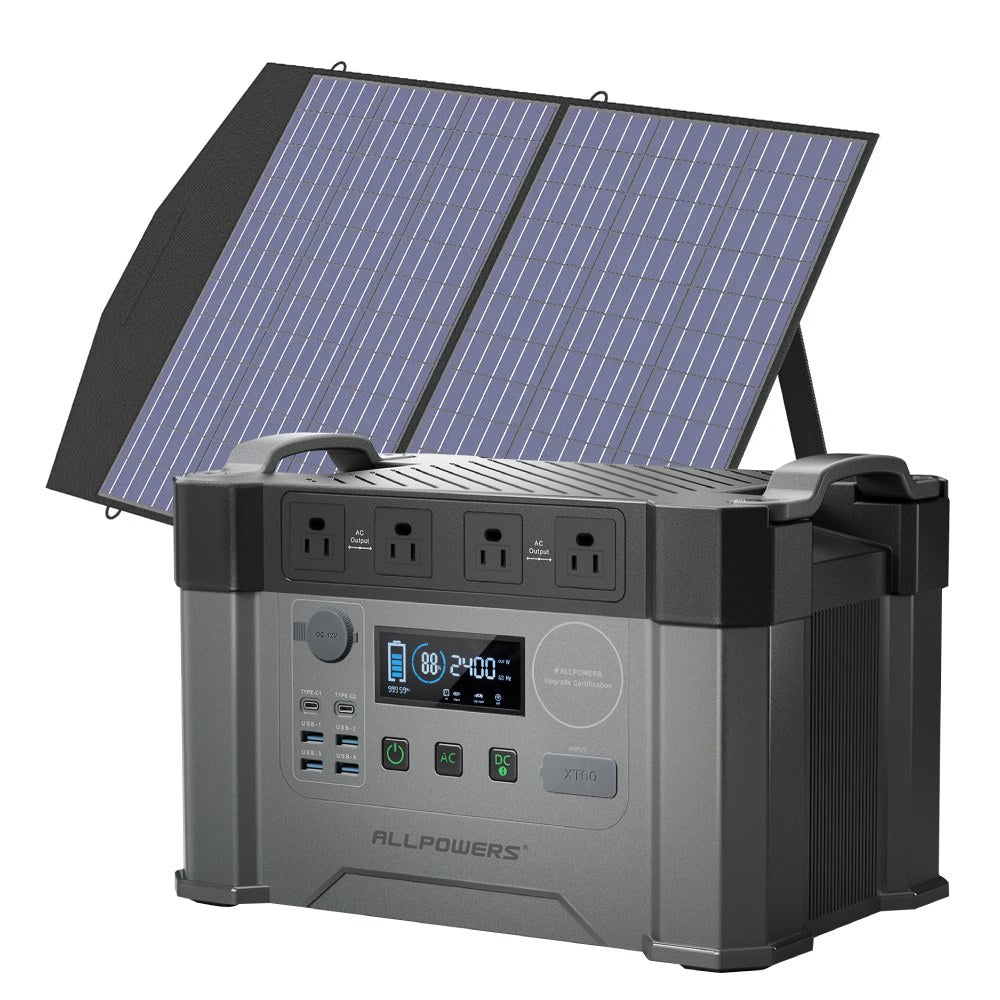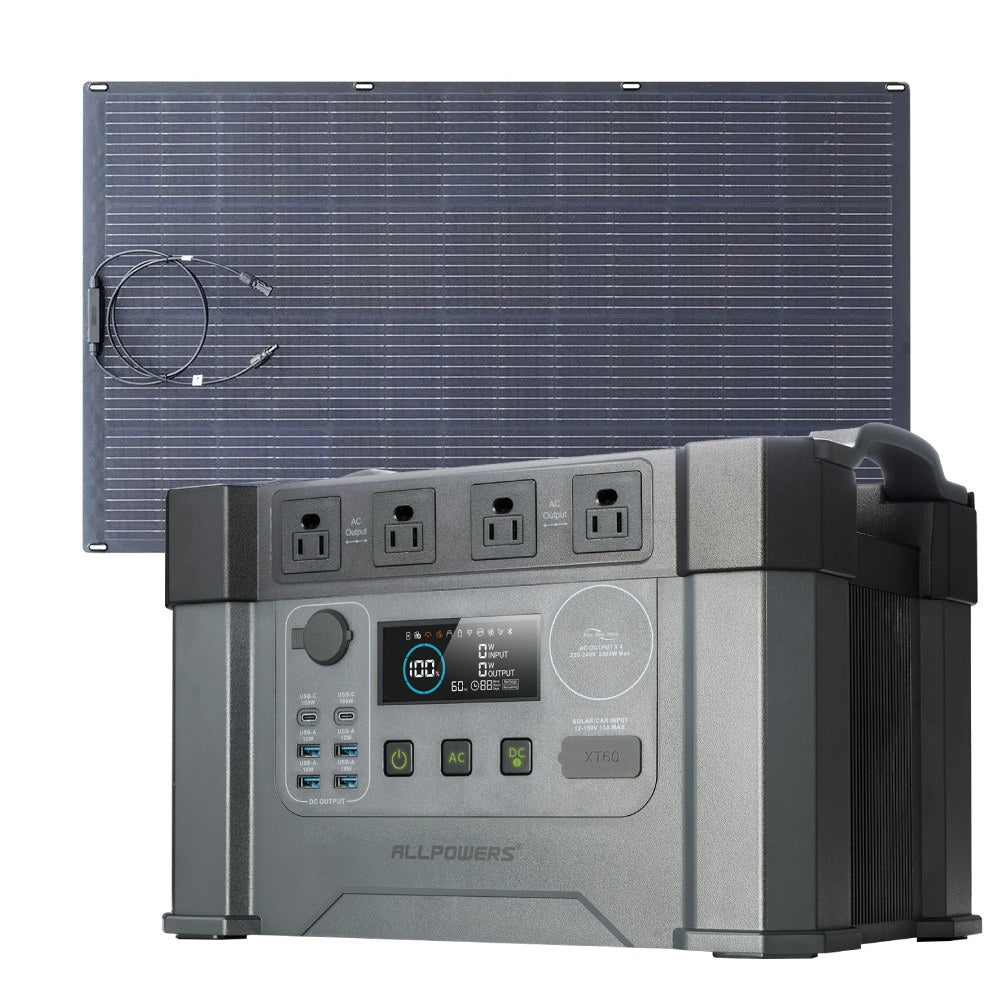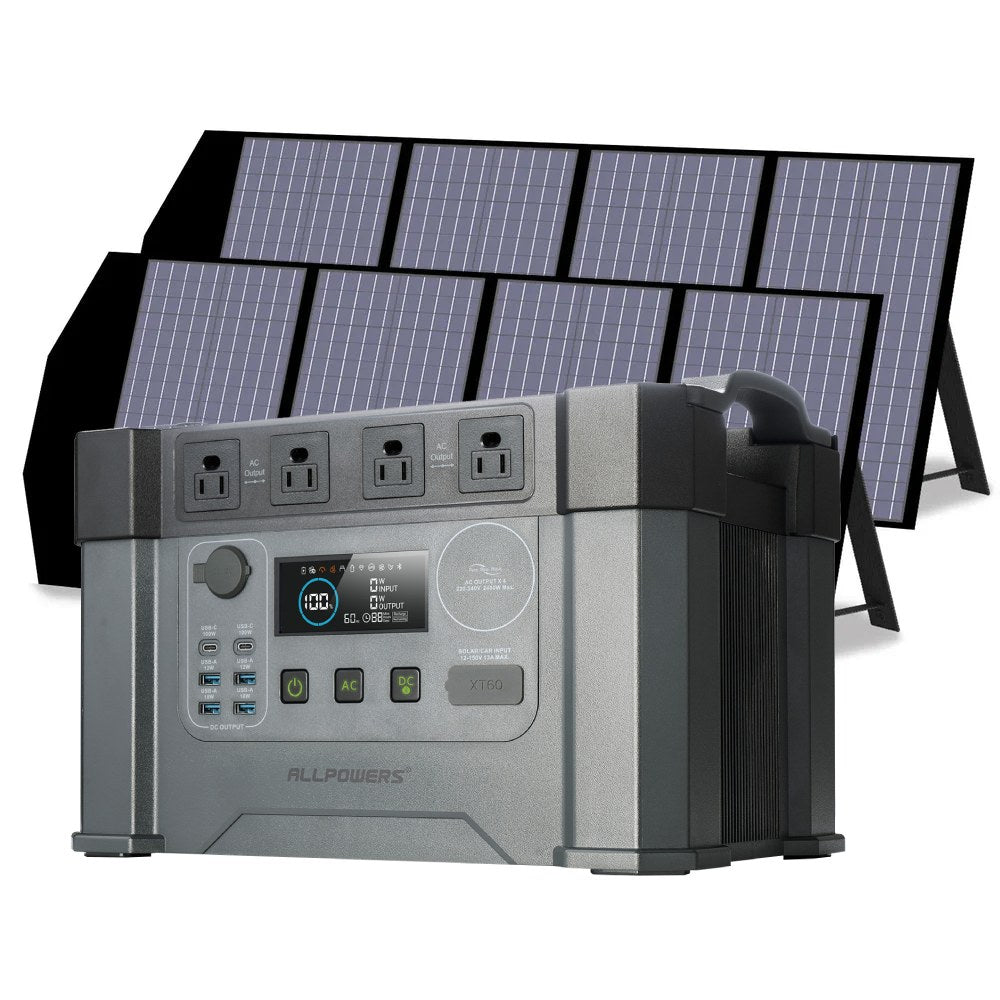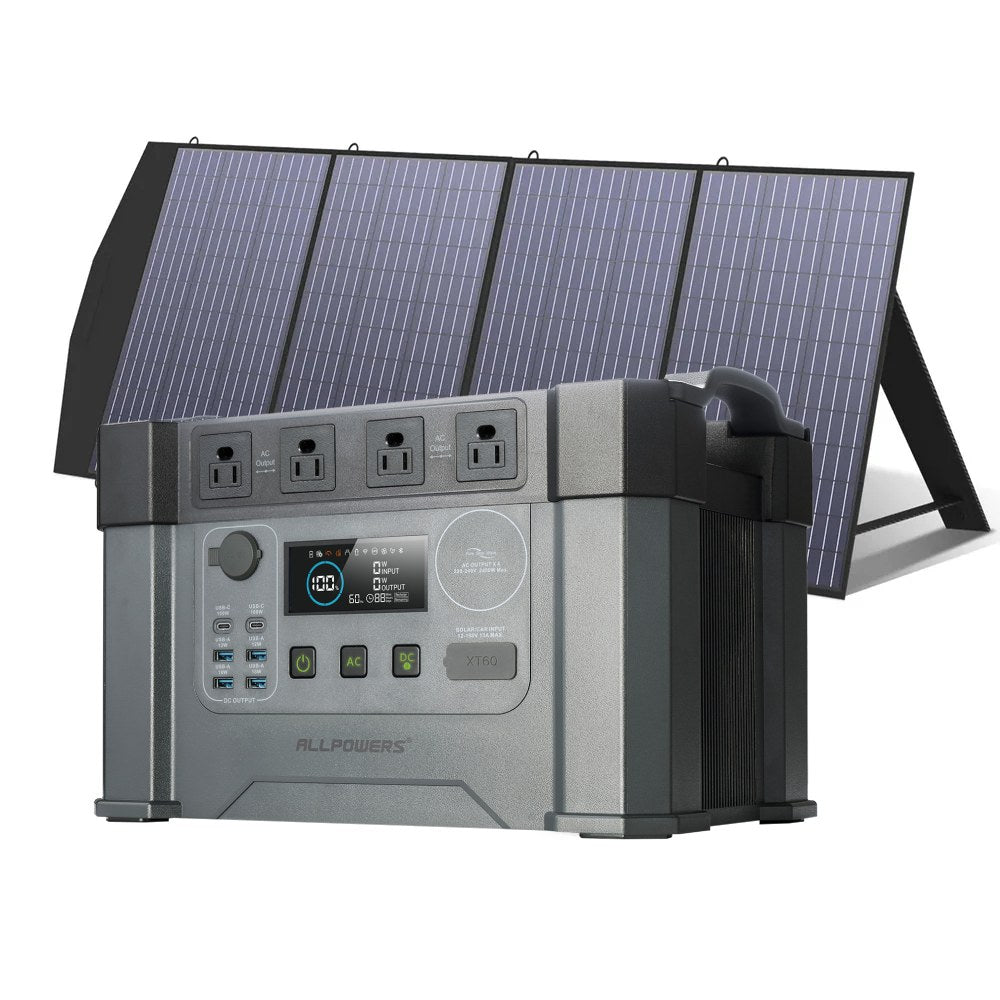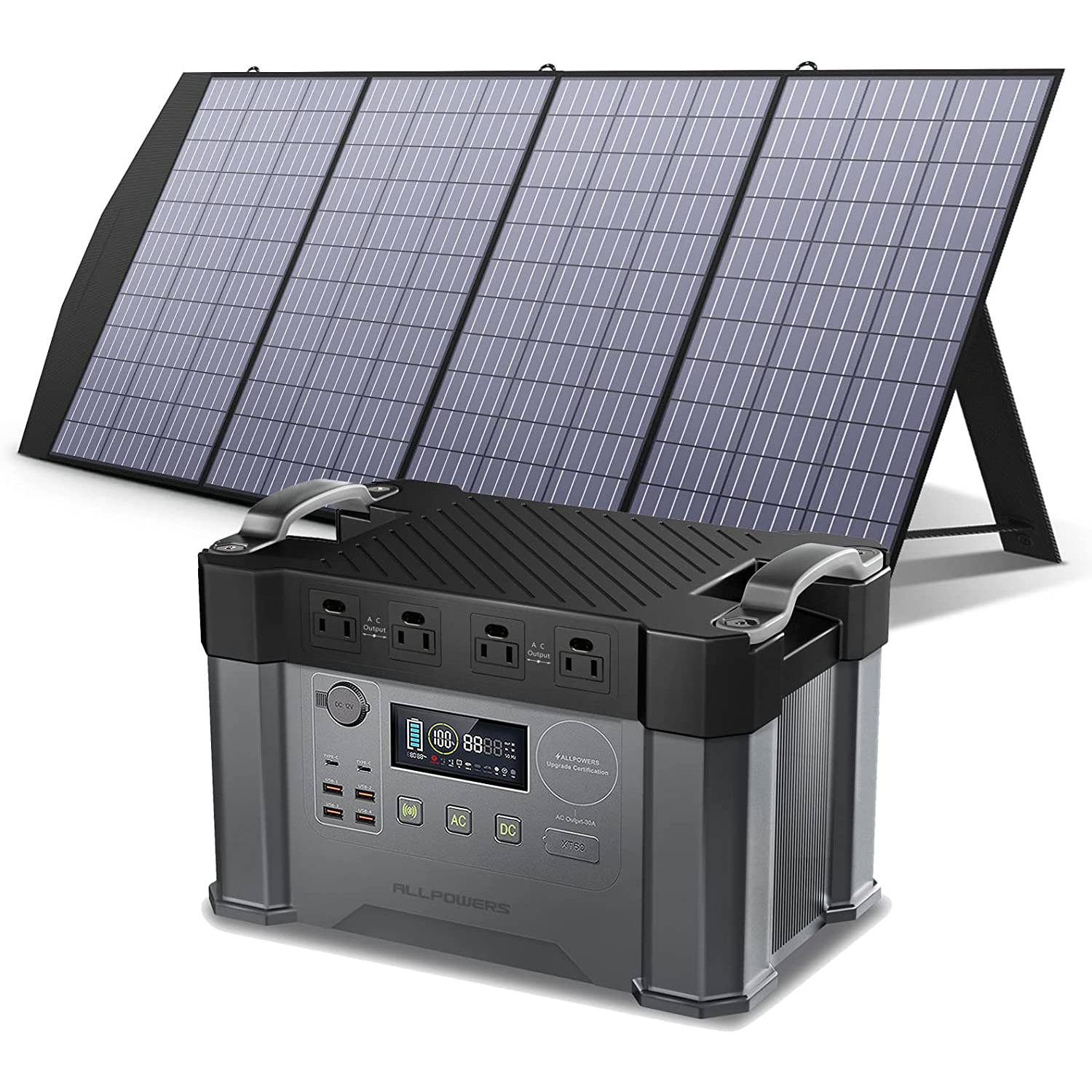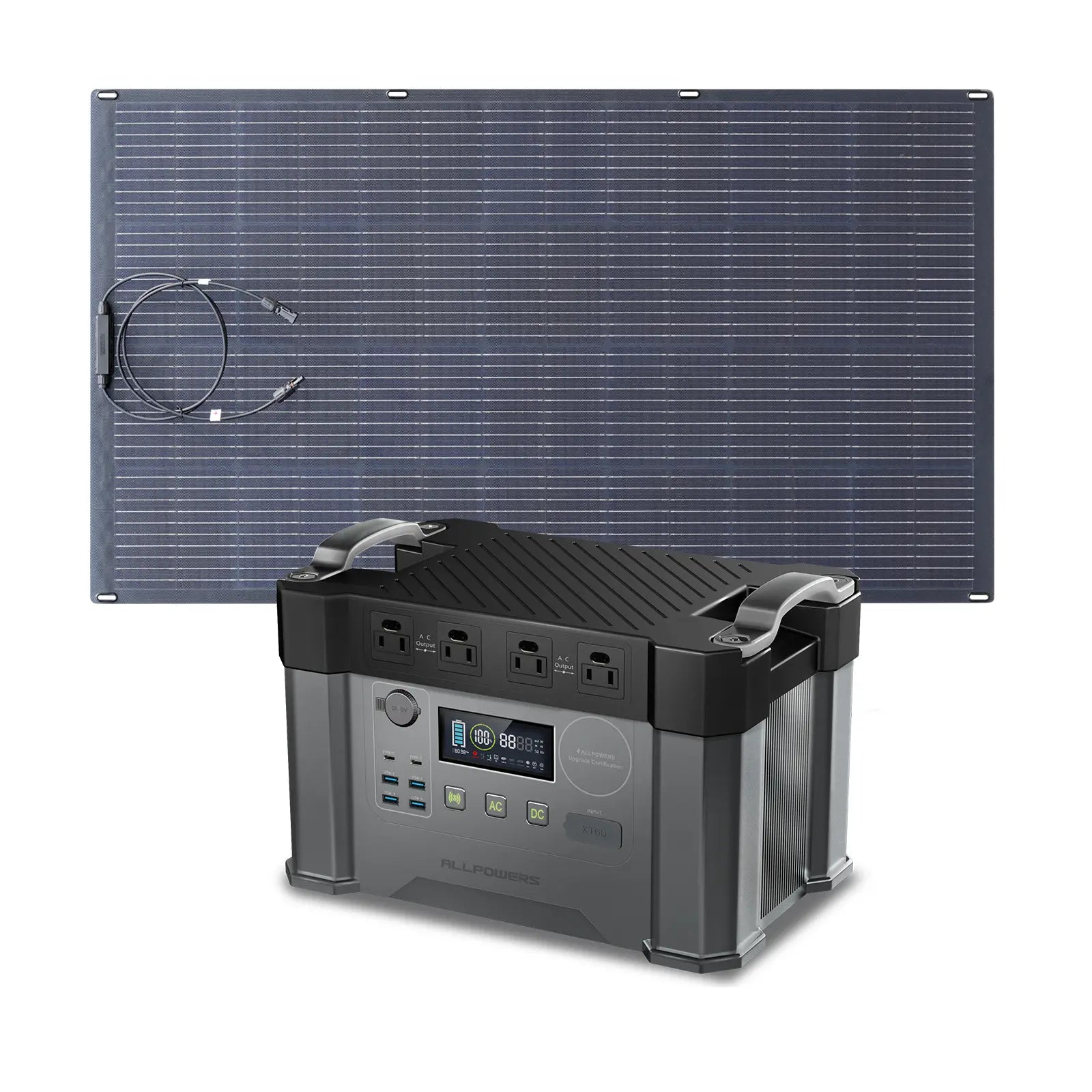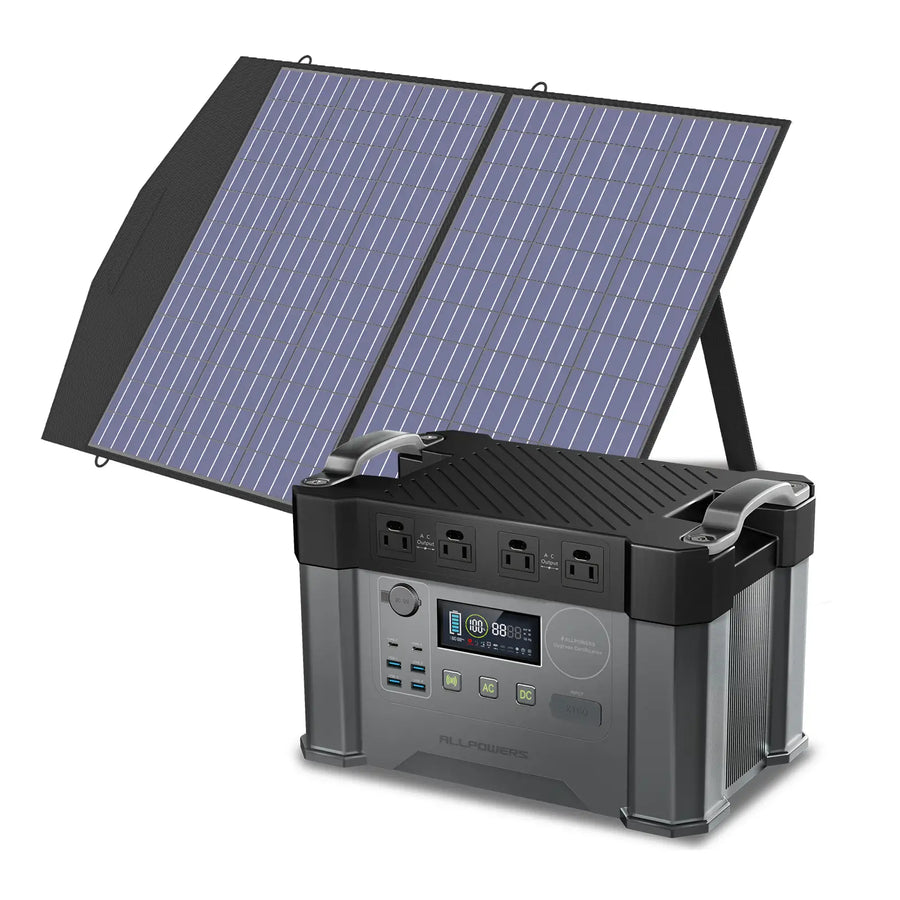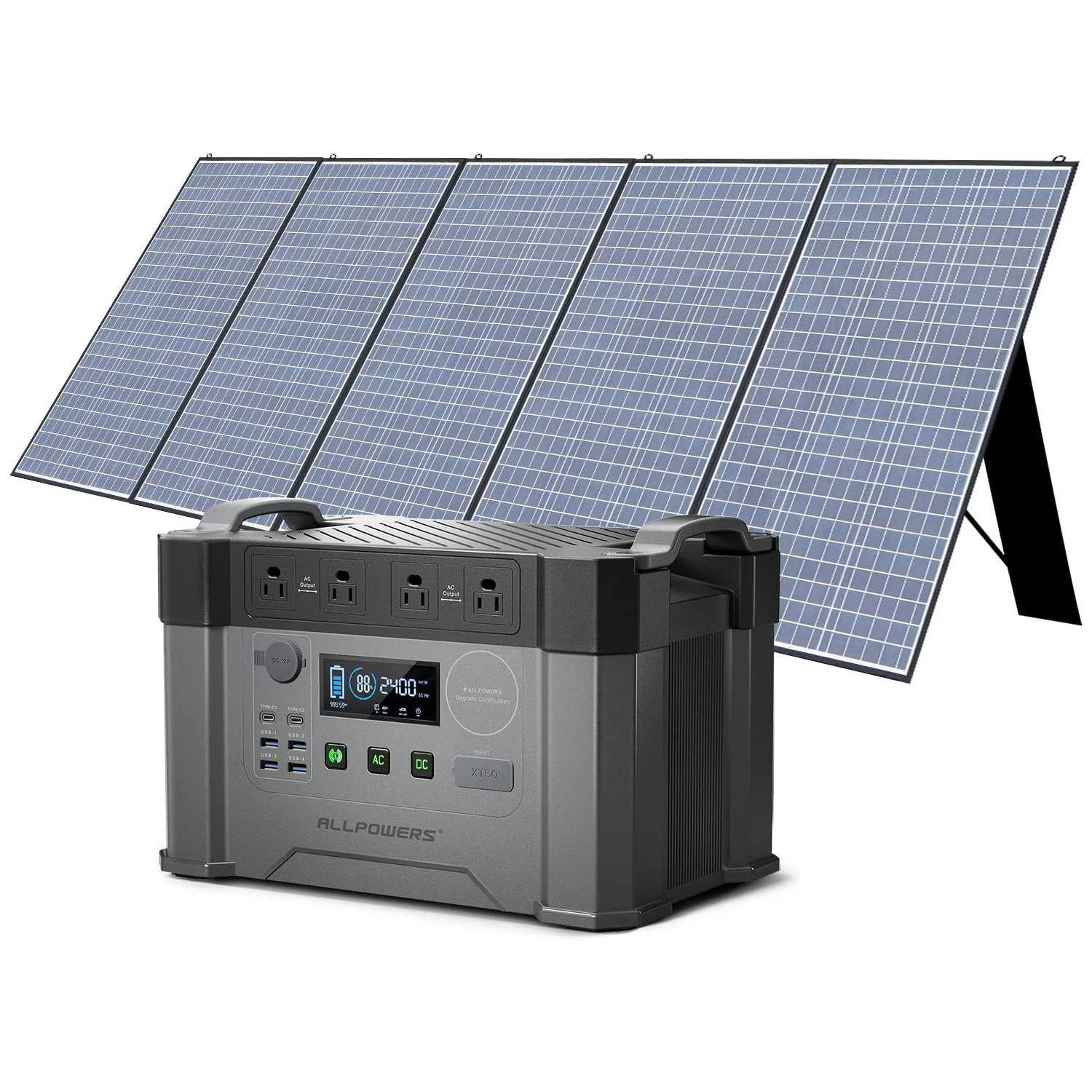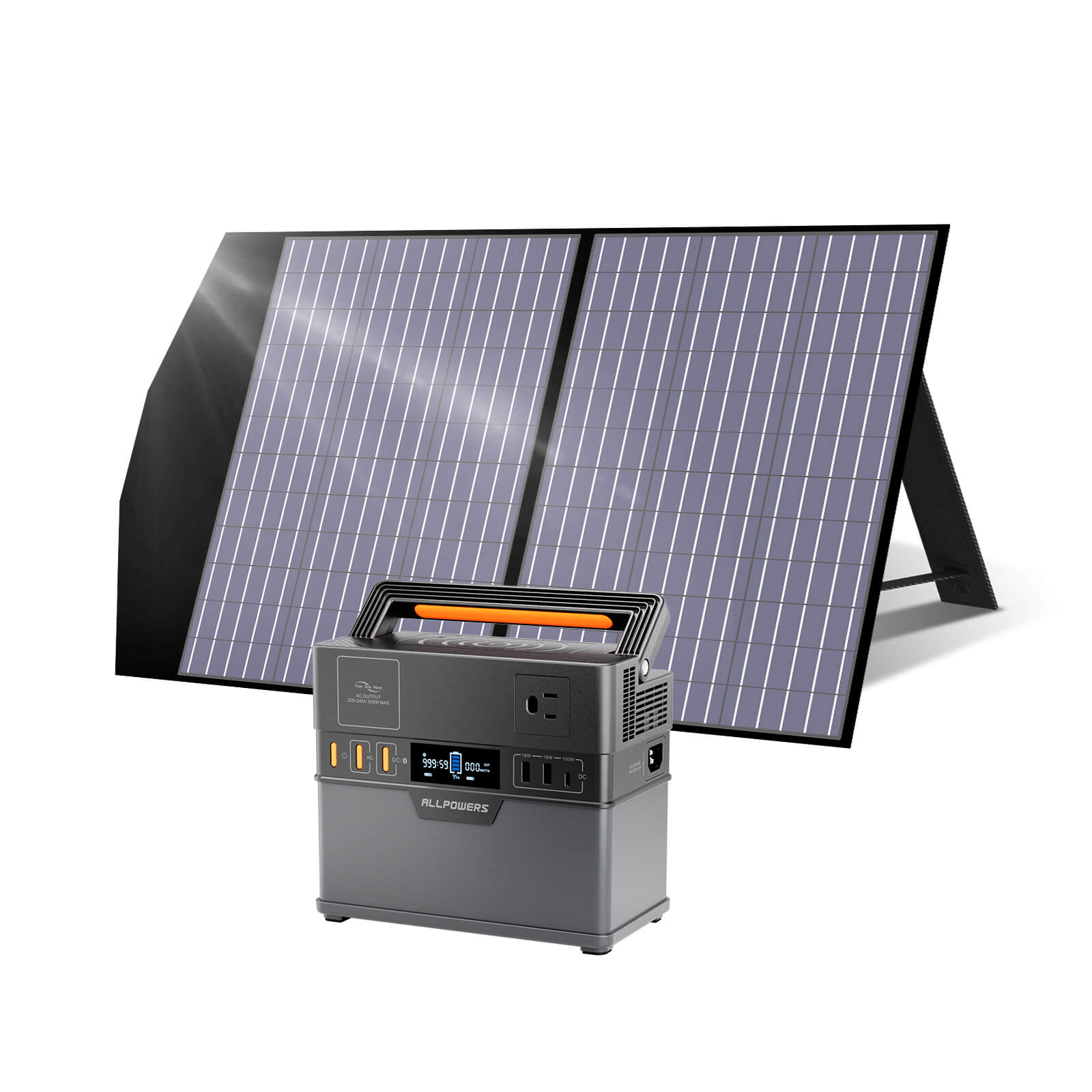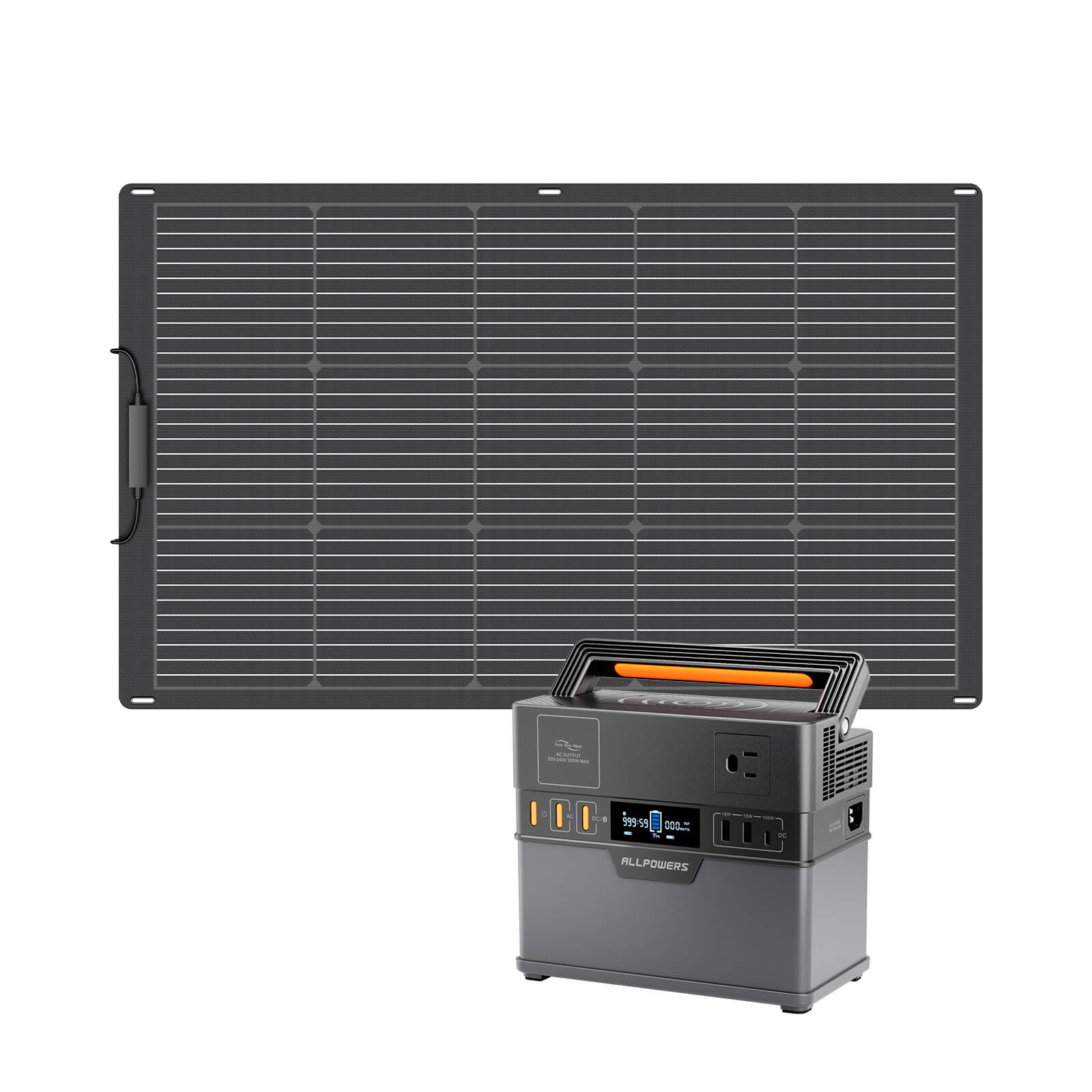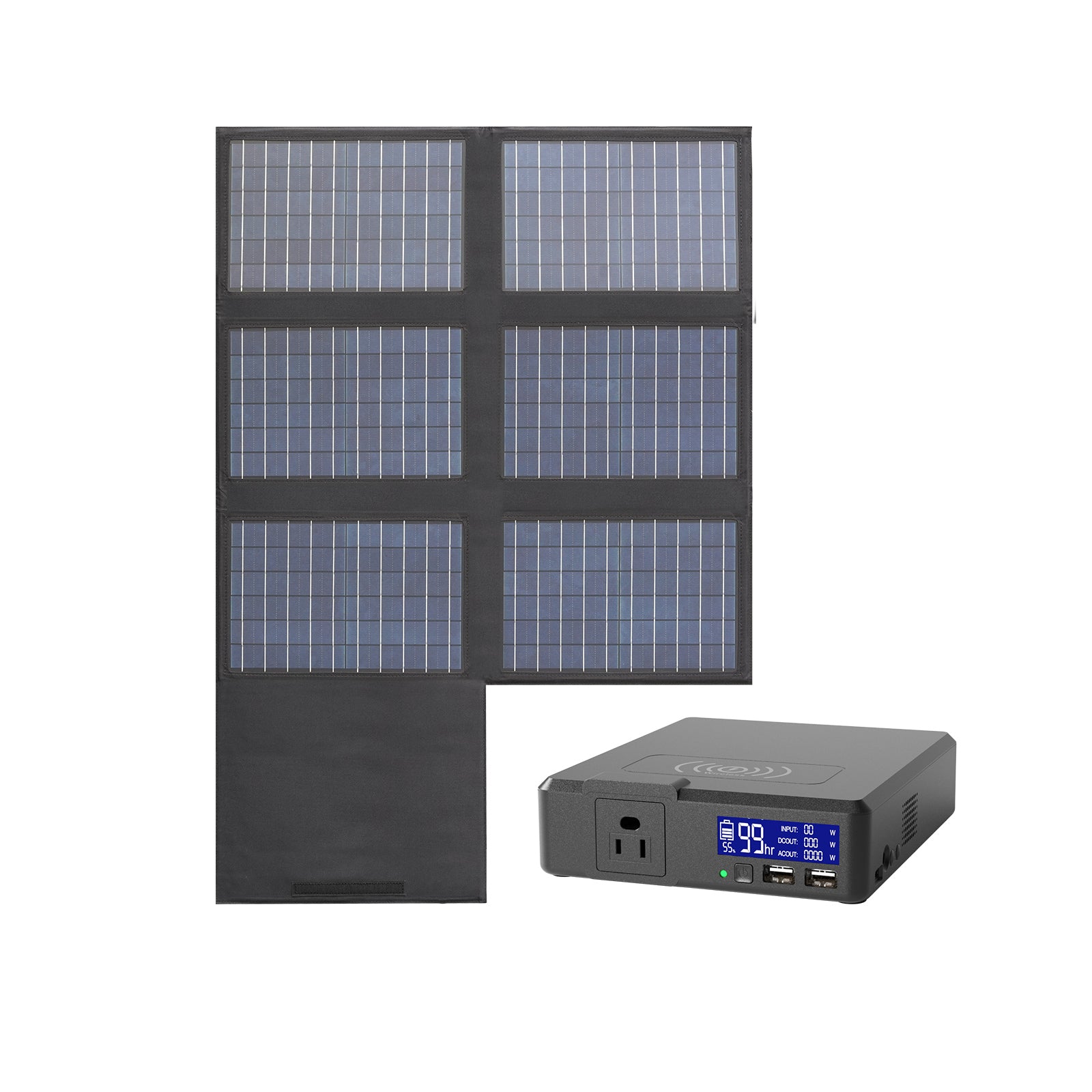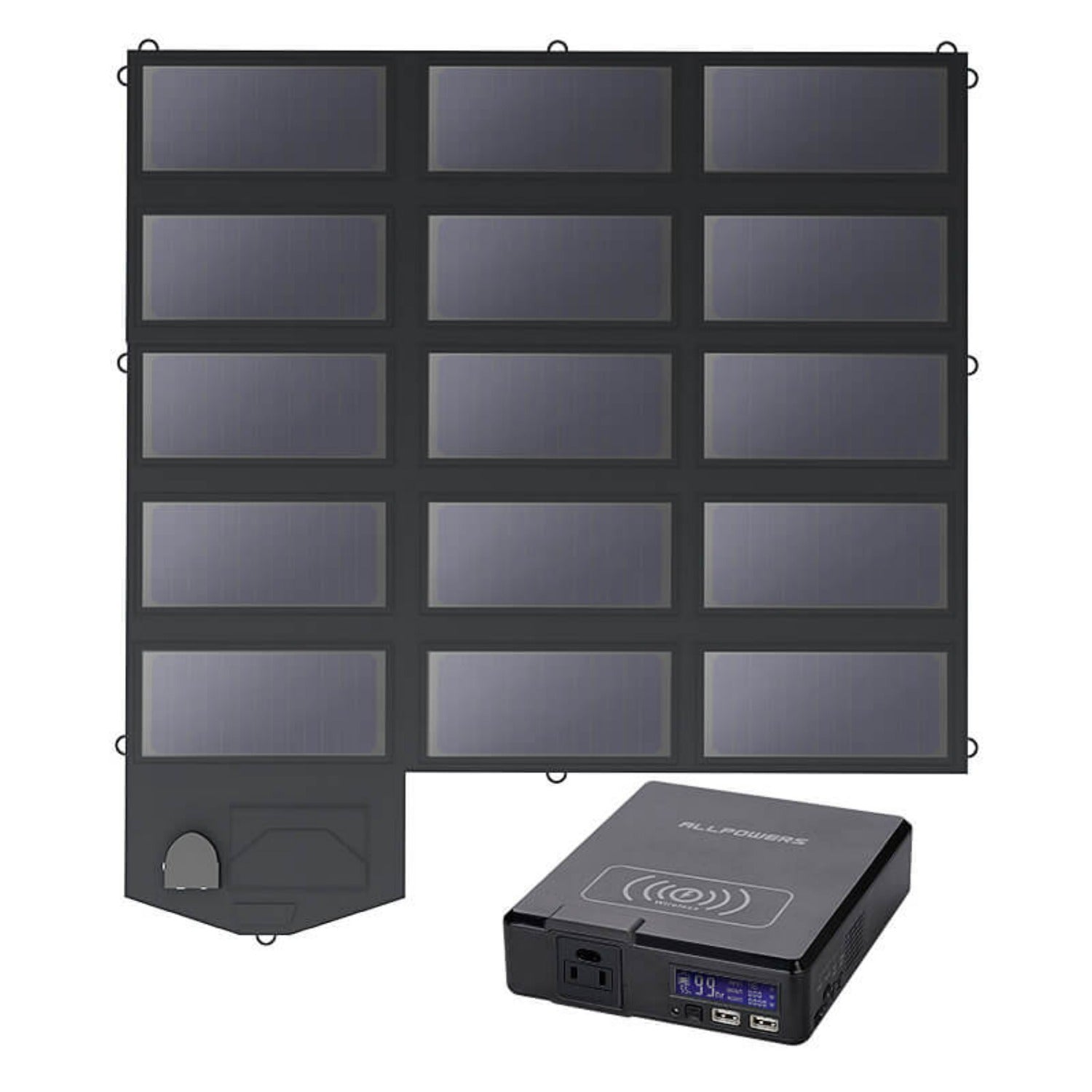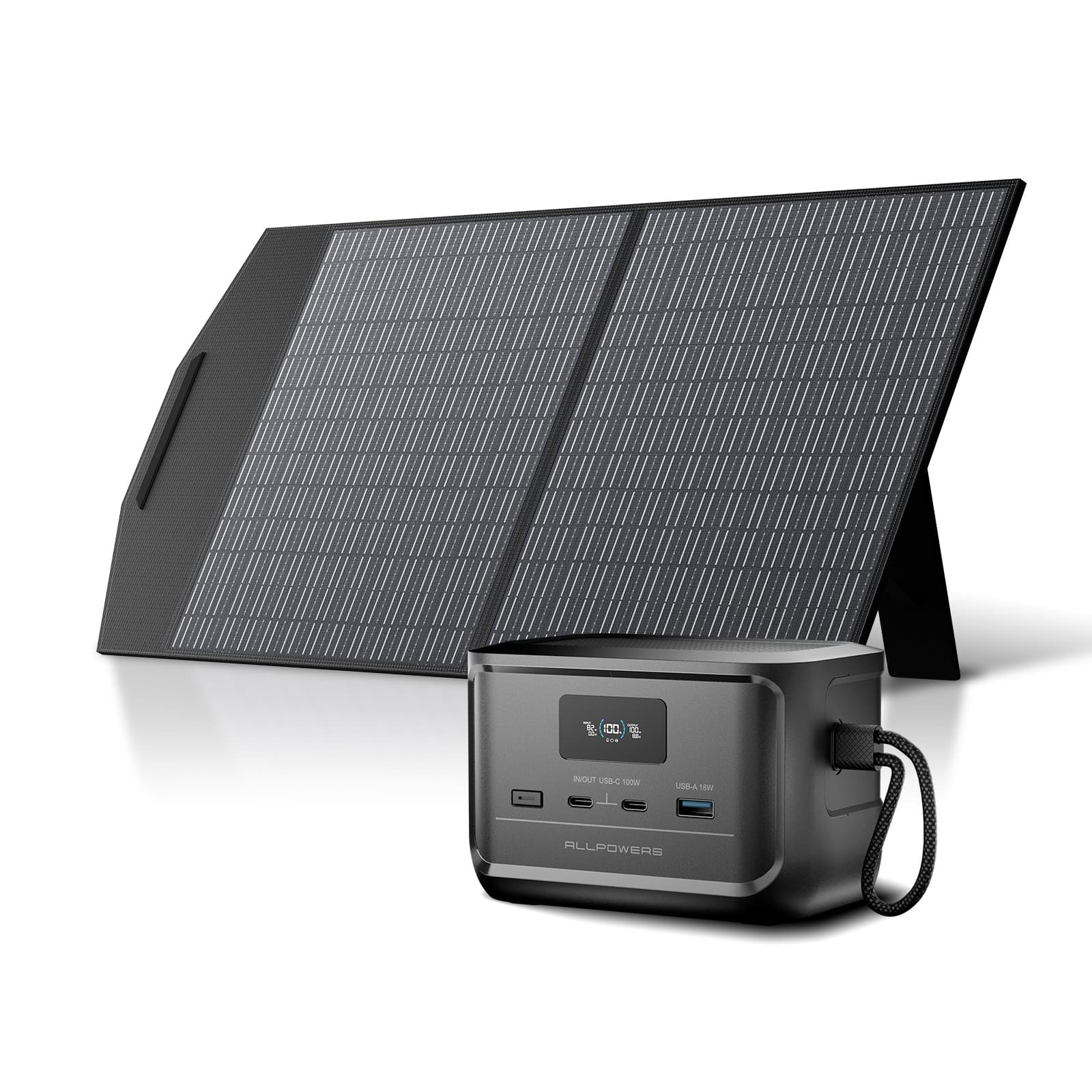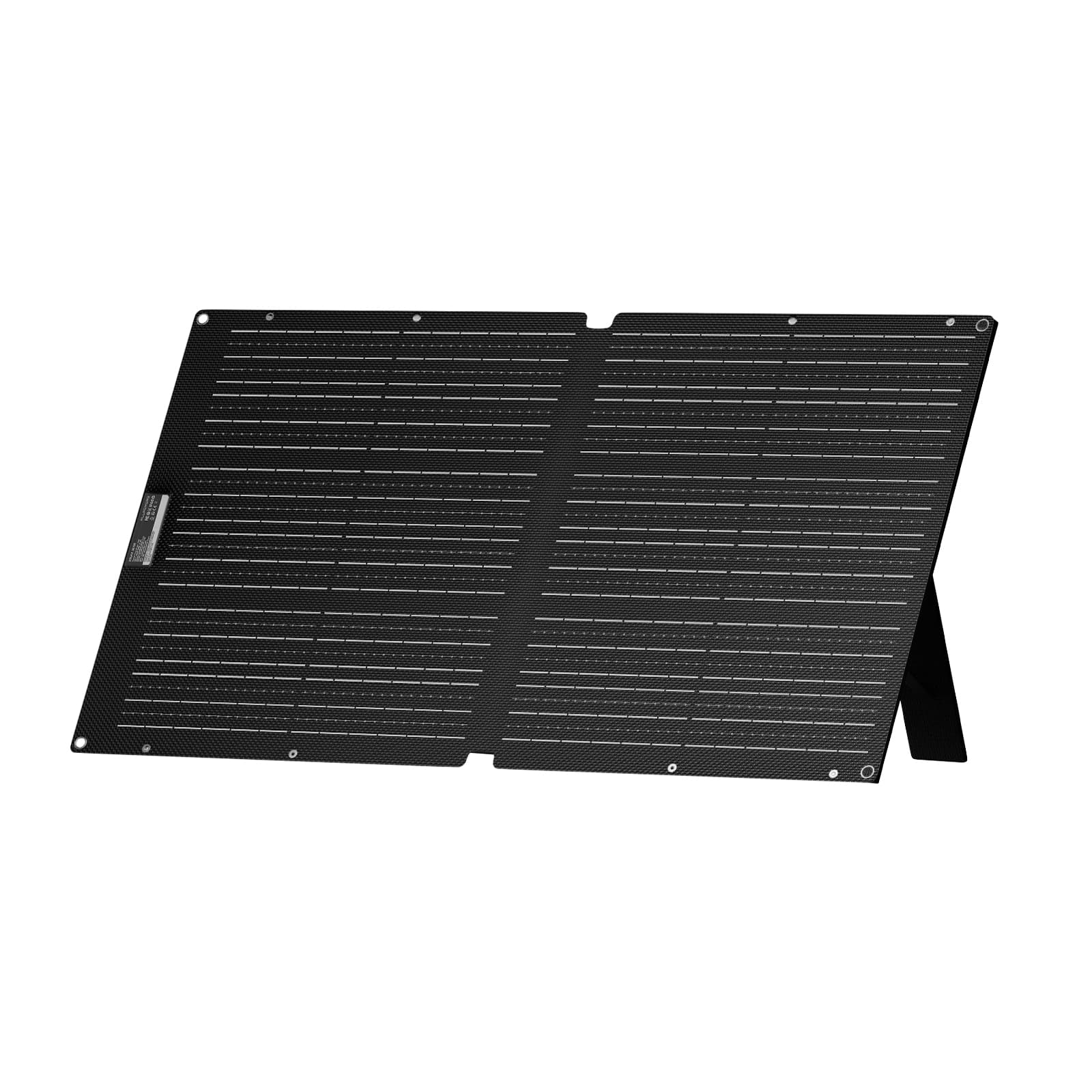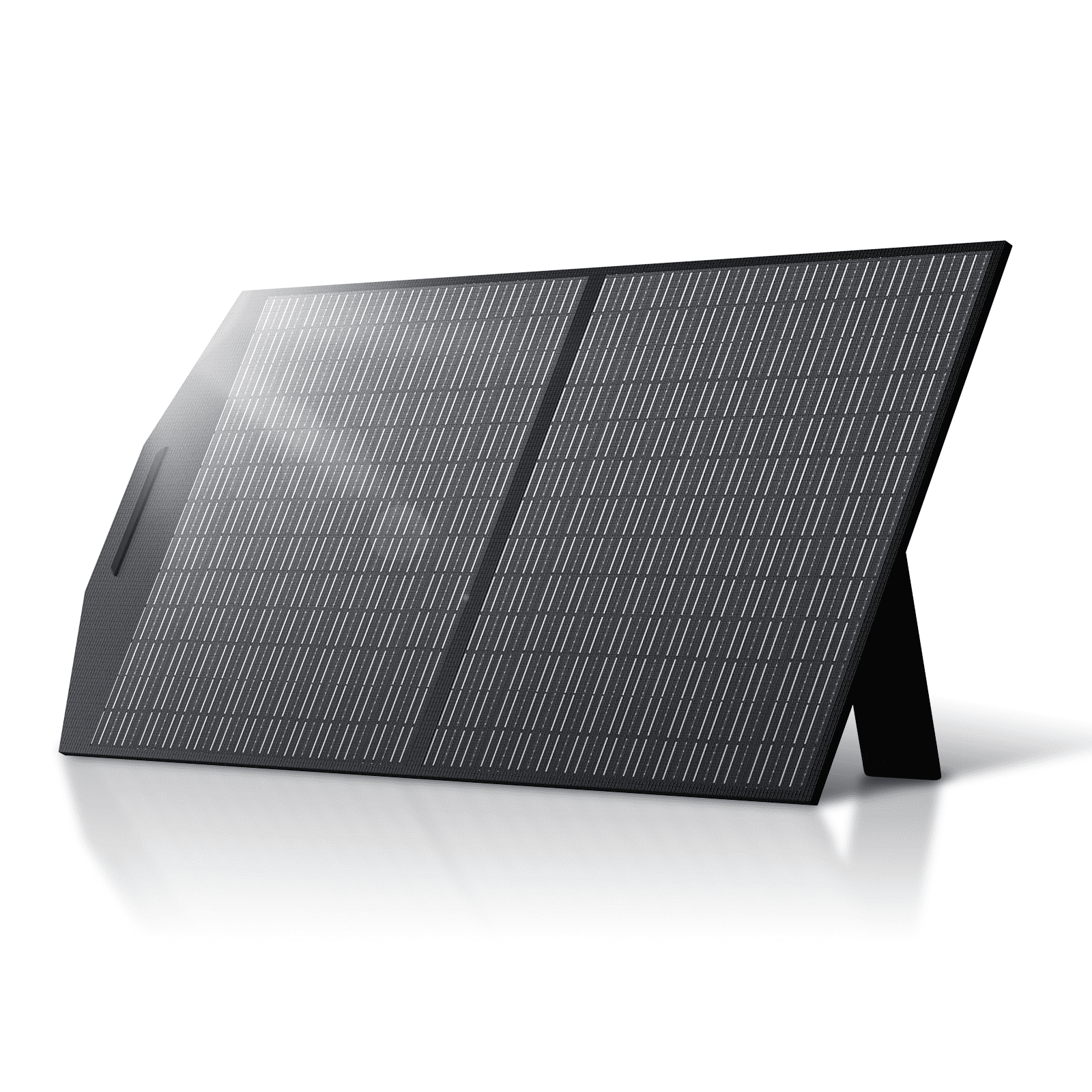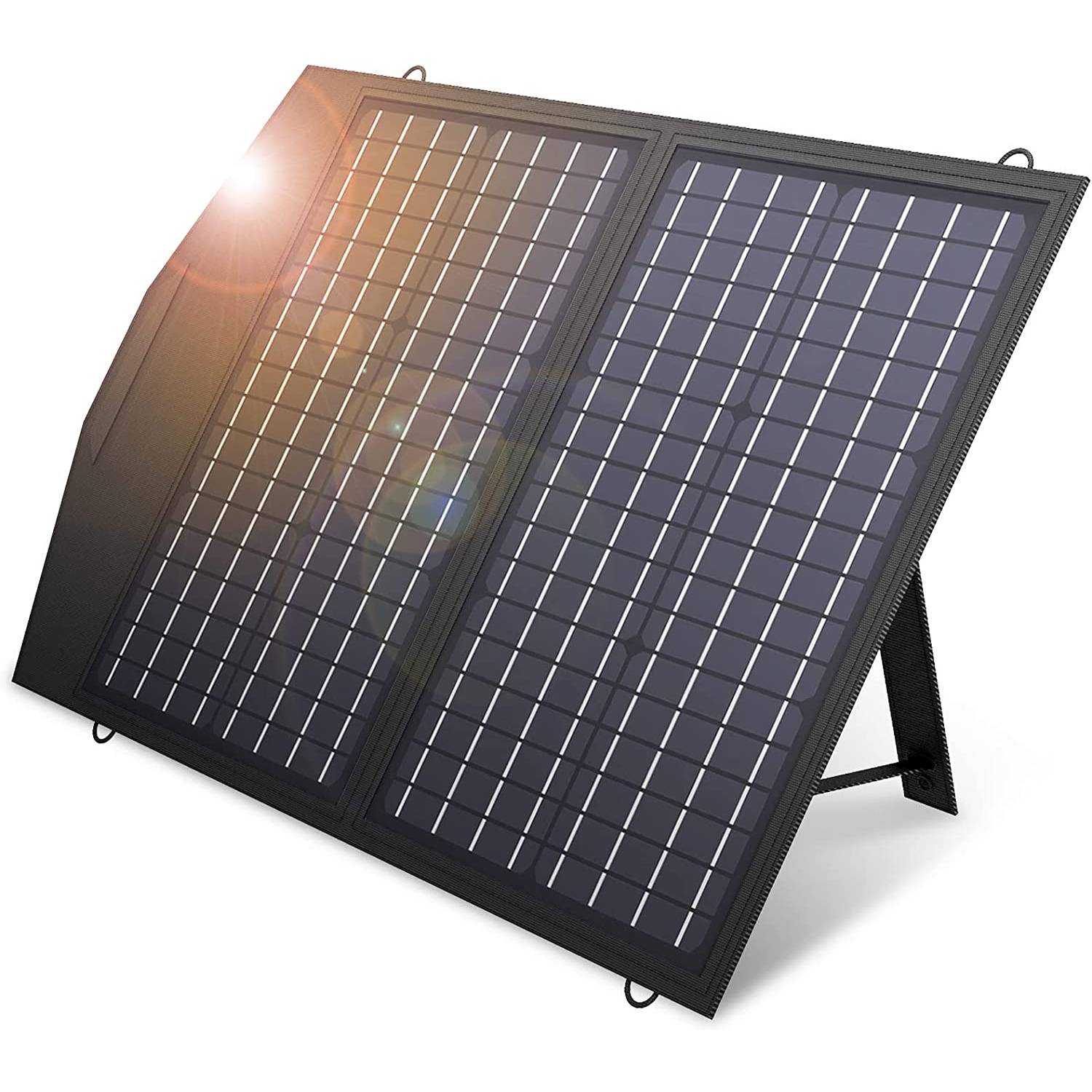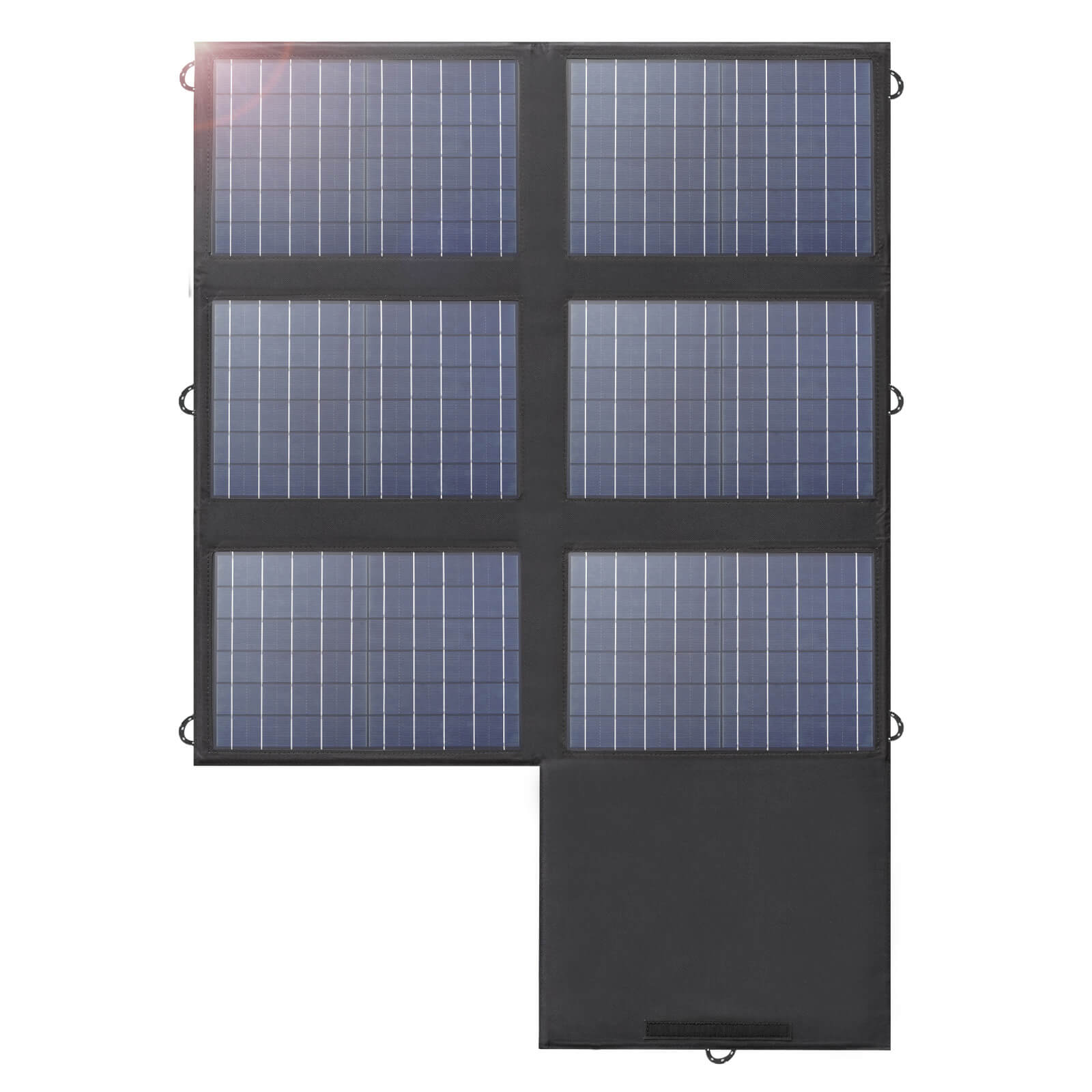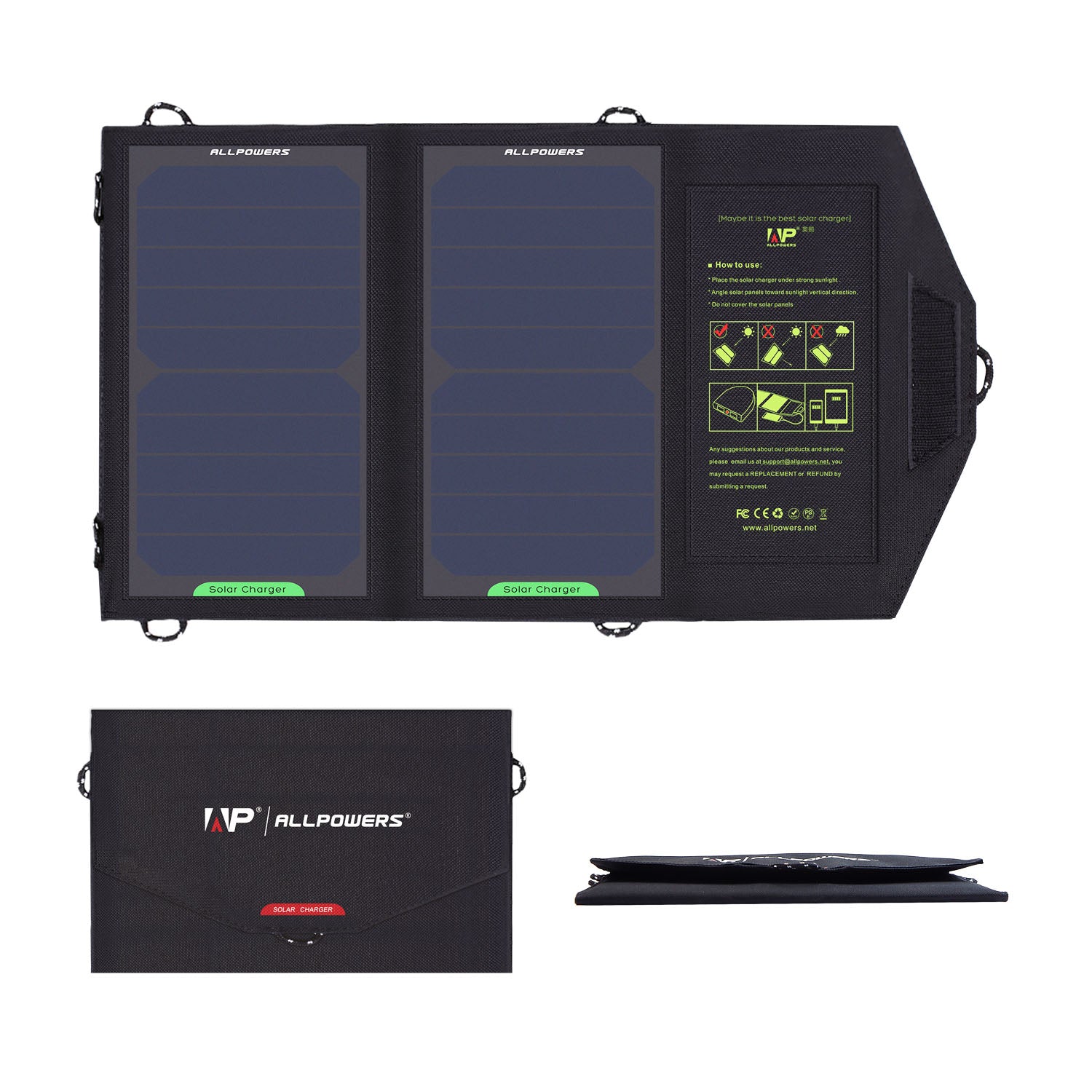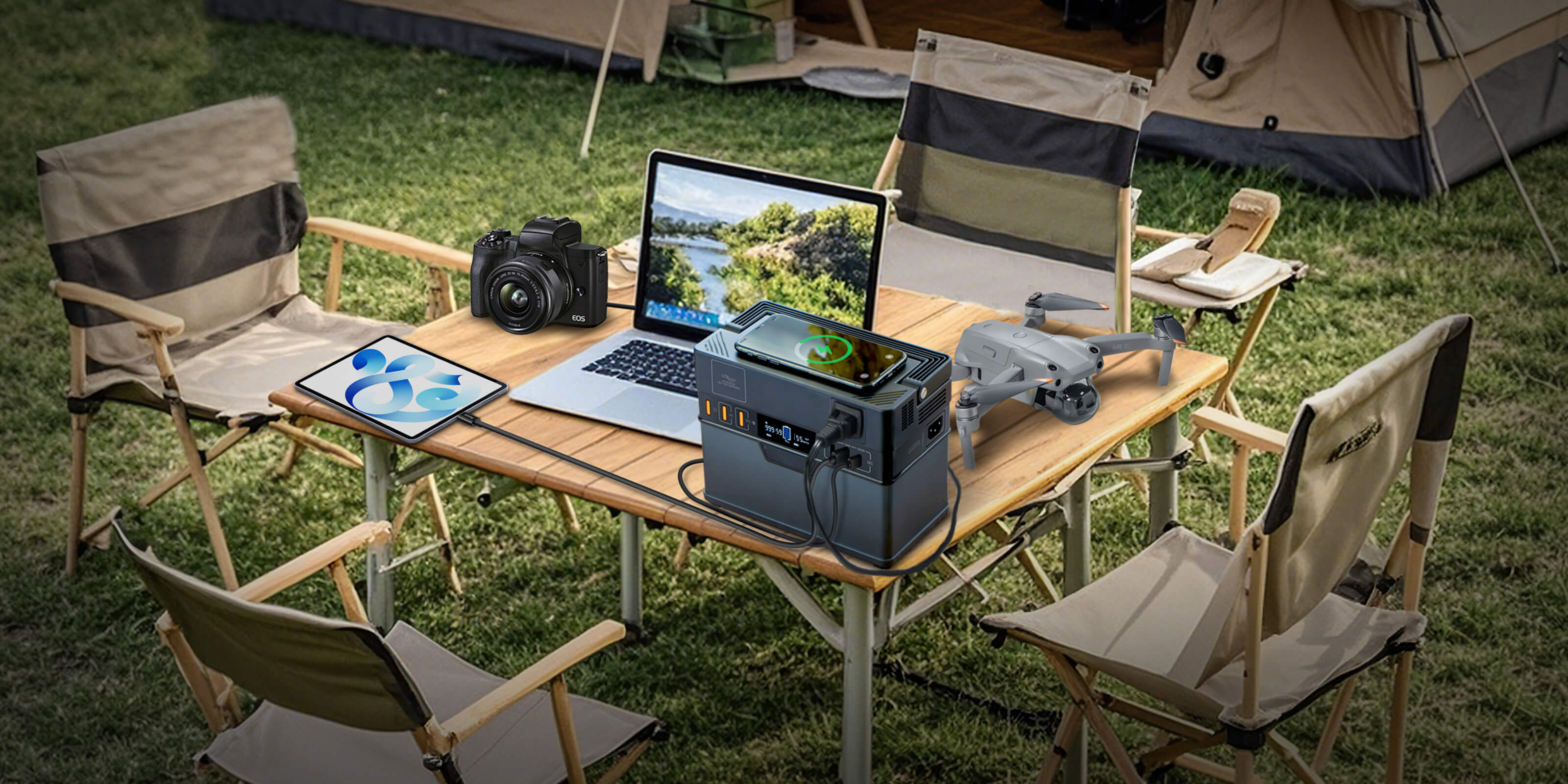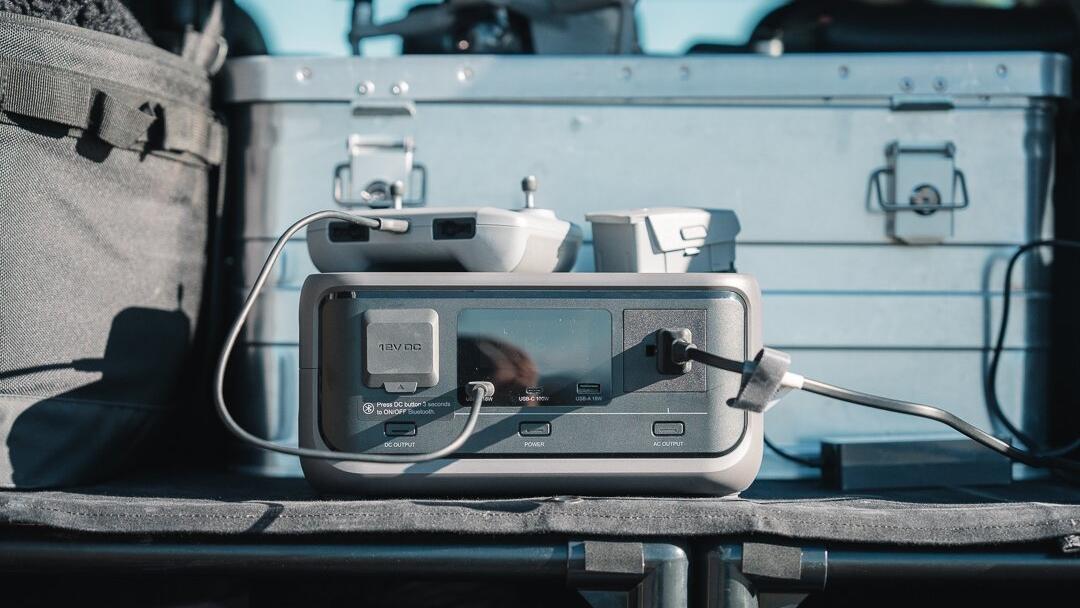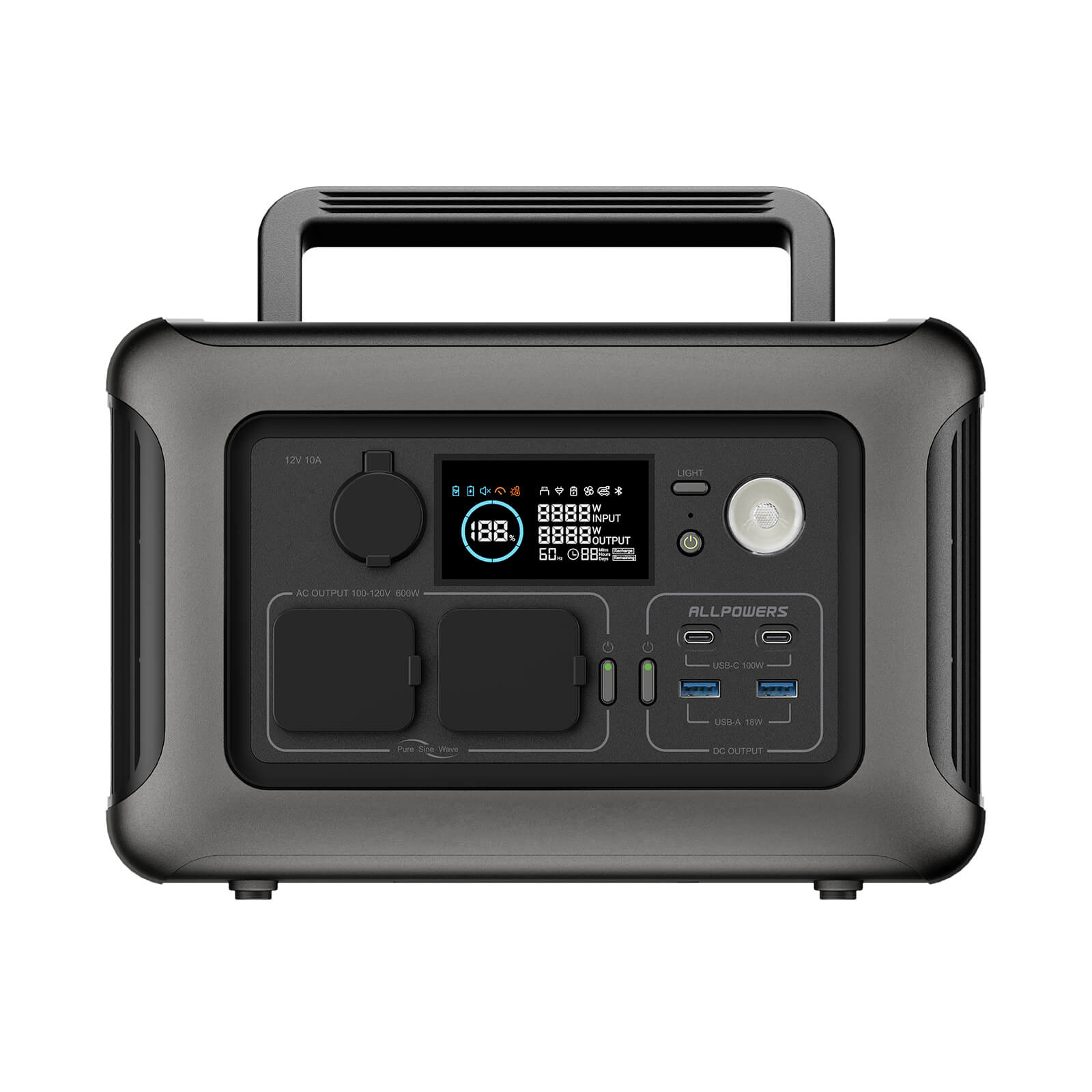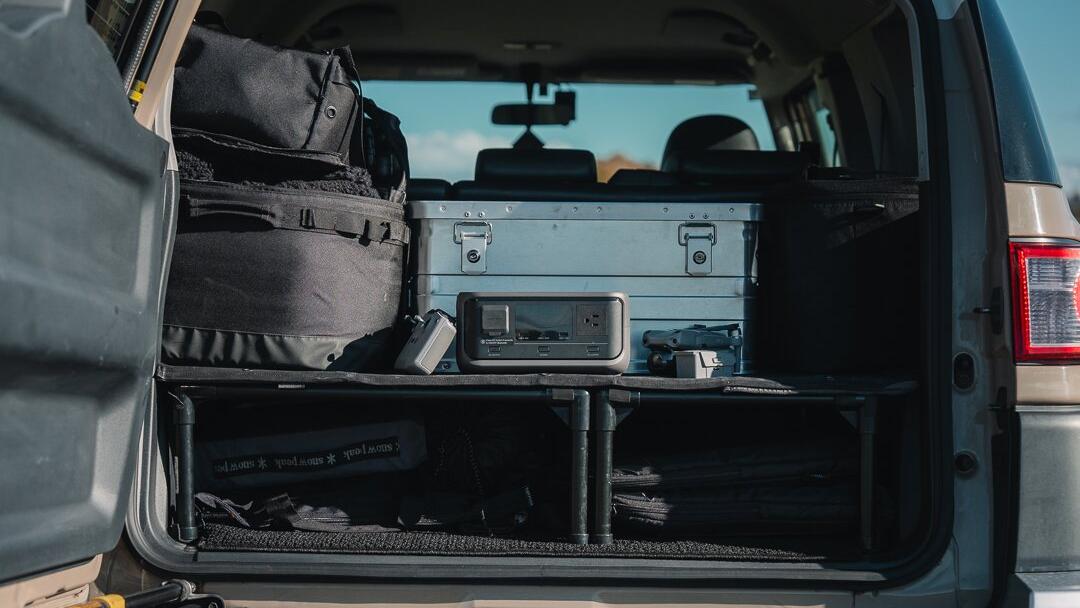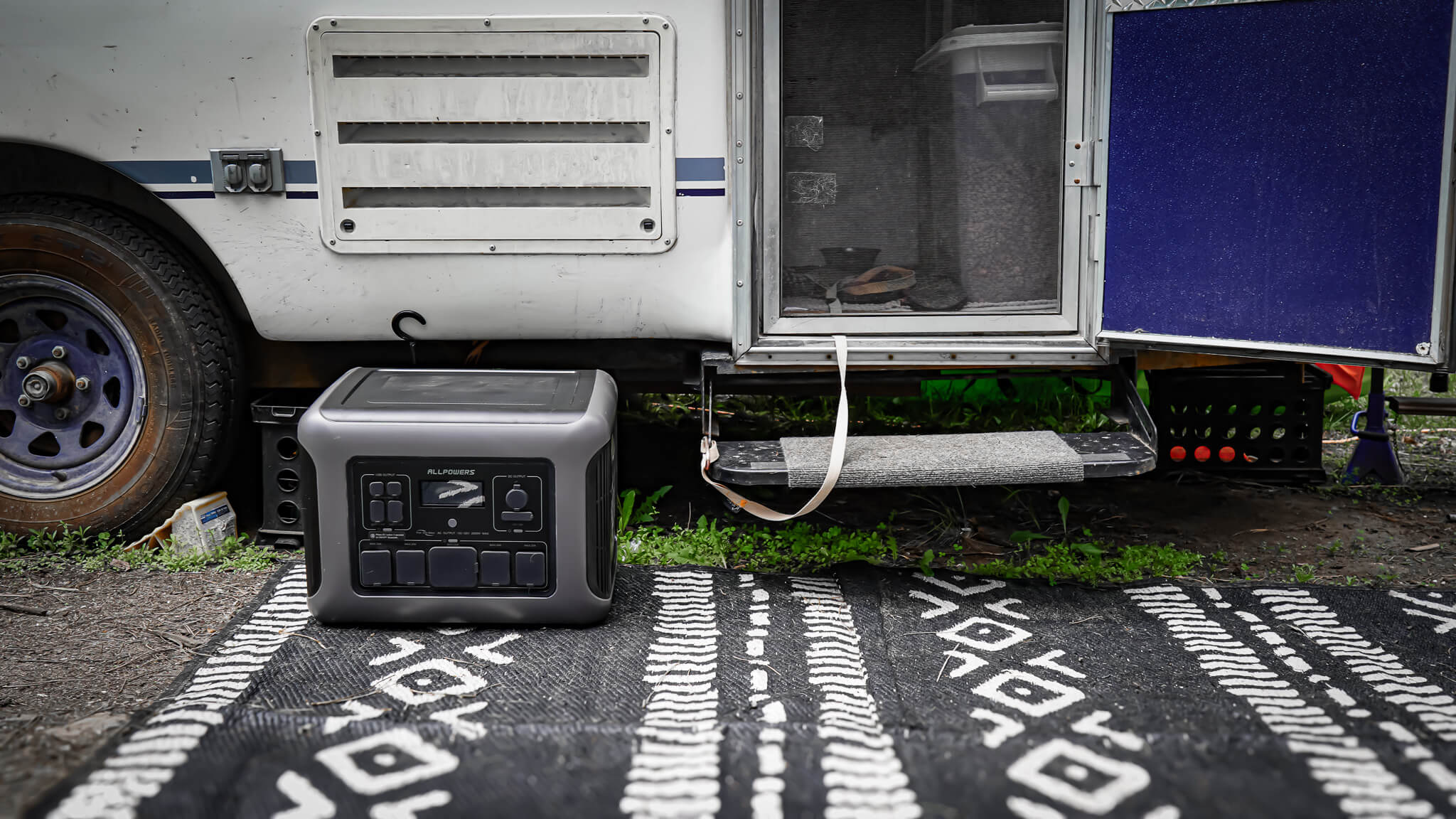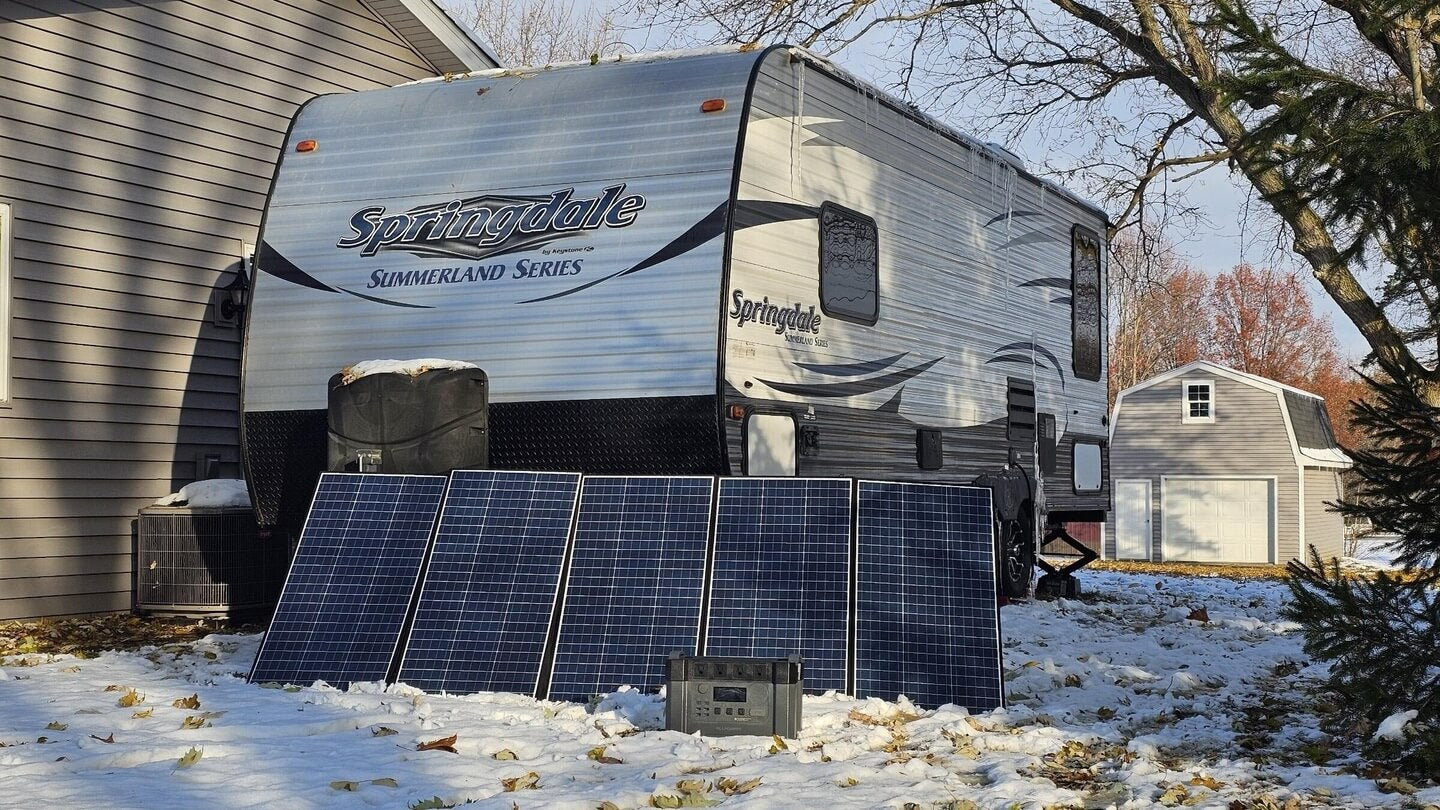Pass through charging sounds like one of those terms that gets tossed around in tech conversations but rarely explained in a way that feels grounded in real life.
Maybe you've seen it on a product page, heard someone mention it around a campsite, or caught it in a YouTube review.
So, what does pass through charging actually mean, and why should anyone care?
TL;DR:
Pass through charging lets a power station charge and discharge at the same time—meaning it can charge its internal battery while simultaneously powering your devices.
How Pass Through Charging Works
At its core, this functionality relies on a sophisticated Battery Management System (BMS) and strategic internal circuit architecture.
When an external power source—be it an AC adapter, DC car charger, or solar array—connects to the power station's input, the BMS takes over.
The BMS intelligently determines the load being drawn by the connected devices from the various ports.
This output load power is prioritized and shunted directly from the incoming source to the output circuitry.
The remaining power, or the net charging power, is then directed to the lithium-ion cell pack for storage.
It’s also worth mentioning the pass-through efficiency.
It tells you how much input energy actually reaches your devices versus being lost as heat during conversion.
High-quality stations often maintain 85–95% efficiency even while handling multiple loads.
Why This Feature Matters
Anyone camping life rhythm knows this feeling well.
Life has a way of piling demands on you all at once—your phone at 3%, your lantern dimming, and your portable station only half full.
You plug into shore power at a campsite, and suddenly everything settles. Your station charges quietly in the background while your gear keeps doing its thing.
In urban homes, it helps when outlets are scarce.
One wall socket becomes a mini power station that powers your laptop, charges your phone, and recharges its own internal battery all at once.
In RV life or van conversions, it helps during long drives.
The station charges from the car’s 12V socket while powering a mini fridge or cabin fan.
And if you’ve ever relied on solar panels, you might’ve noticed how wildly sunlight fluctuates.
With pass through charging, your power station can soak up that intermittent energy while still providing steady outputs to your devices.
No dropouts. No interruptions.
Is Pass Through Charging Safe?
In a well-built power station, yes—it’s safe.
The internal controls handle voltage fluctuations, power routing, and thermal limits.
The battery doesn’t get hammered the way some people assume.
But like anything involving electricity, the quality of the system matters.
The safest approach is simple: trust the specifications.
If the manufacturer confirms pass through charging, the system is designed for it. If they warn against it, respect that warning.
Does It Affect Battery Lifespan?
This is the big question. And the short answer? Yes, but gently.
While pass-through has clear perks, the long-term drawbacks surface slowly.
Heat, again, plays the leading role. Internal components endure higher temperatures more often, and that accelerates decline.
Cooling fans kick in more frequently, and those fans also wear out.
If you’re using the AC port during pass-through, the inverter works harder, too.
That might not matter in the first year, but three or four years down the line, heavy pass-through habits can reduce efficiency and shorten overall lifespan.
So the advice usually becomes this: use pass through charging when you need it, enjoy the convenience, but don’t make it your permanent setup.
Learn More: How to Charge a Portable Power Station?
When Pass Through Charging Isn’t Your Best Idea
Despite all the convenience, there are moments when pass-through charging shouldn’t be your default move.
If heat builds up—especially during midday summer charging—letting the station charge while powering gear can push temps into the “uncomfortable” zone.
And while good stations have thermal protections, nobody enjoys watching their device throttle or shut down.
Another issue? If your input is weaker than your output—for example, a 100W solar panel trying to feed a 500W appliance—the station drains faster even while charging. That confuses beginners, but it’s just math.
Also, some cheaper stations use slower charging systems that can’t juggle multiple tasks effectively.
They might flicker, reduce output, or produce minor voltage drops. Coffee machines and CPAP machines hate that.
Learn More: Can a Portable Power Station Run a Coffee Maker?
So yes, pass through charging is extremely convenient… but it shouldn’t be used blindly.
Why People Confuse Pass Through with UPS Functionality
Pass-through charging sometimes gets mistaken for another feature: uninterruptible power supply (UPS).
UPS mode lets a power station instantly switch from wall power to battery within milliseconds, keeping your devices alive during a blackout.
It’s used for desktops, routers, and small servers.
Pass through charging, however, isn’t necessarily designed for this.
A portable power station might allow simultaneous charge and discharge but still lack the fast switchover of a true UPS function.
So, while someone might think their device is protected during a blackout because it’s “charging while powering,” the two concepts aren’t interchangeable.
That tiny distinction matters—especially for anyone protecting sensitive electronics.
Learn More: Can a Portable Power Station Be Used as a UPS?
Can You Leave a Power Station Plugged In and Use Pass-Through All the Time?
Technically yes. Practically… It’s not the ideal way to maintain battery health.
Leaving it plugged in around the clock while using the AC ports turns your station into a mini UPS system.
Heat and cycle wear can creep in. Even the best battery chemistries benefit from occasional rest.
A healthier habit is something like this: charge the station, use it, recharge it halfway, and top up when needed.
That ebb-and-flow rhythm keeps the internal cells happy.
Learn More: Can You Leave a Portable Power Station Plugged In All the Time?
Conclusion
In the simplest terms, pass through charging gives you flexibility.
It lets you keep your devices running while your power station supports itself.
You may not think about it often, but the moment you need it, you’ll be glad your power station has it.







